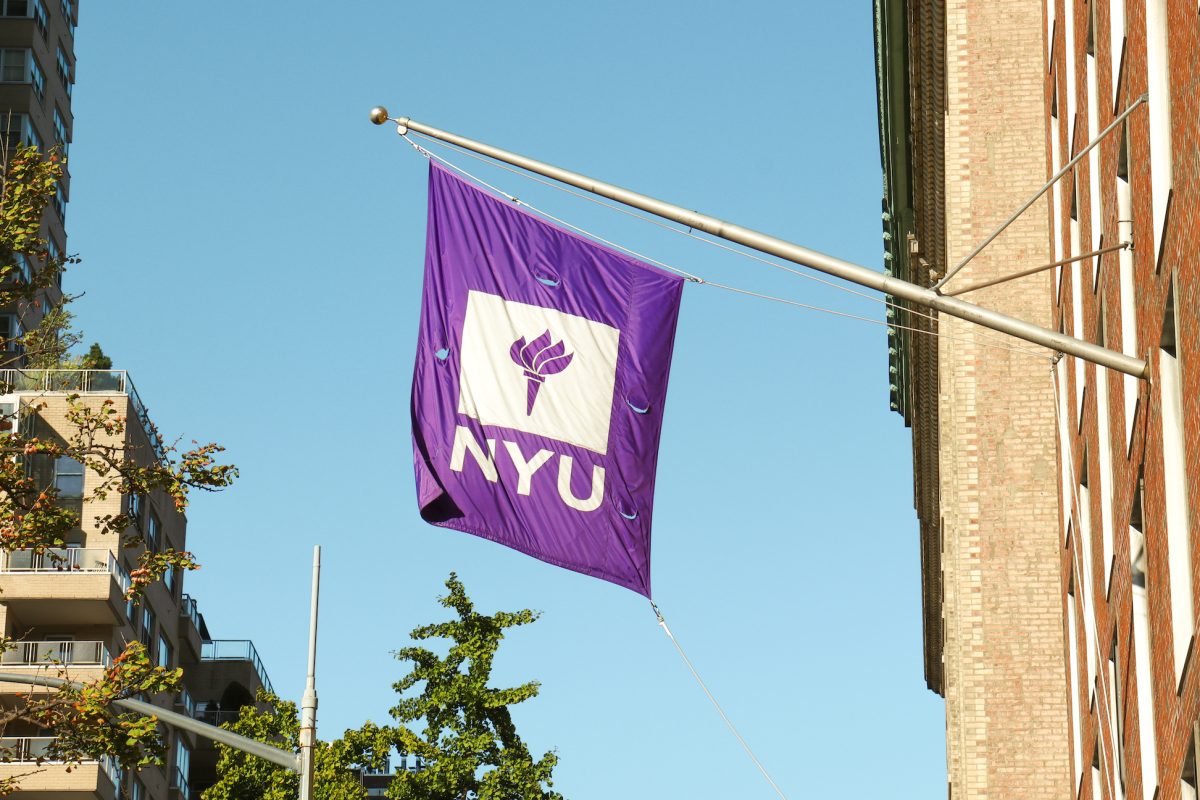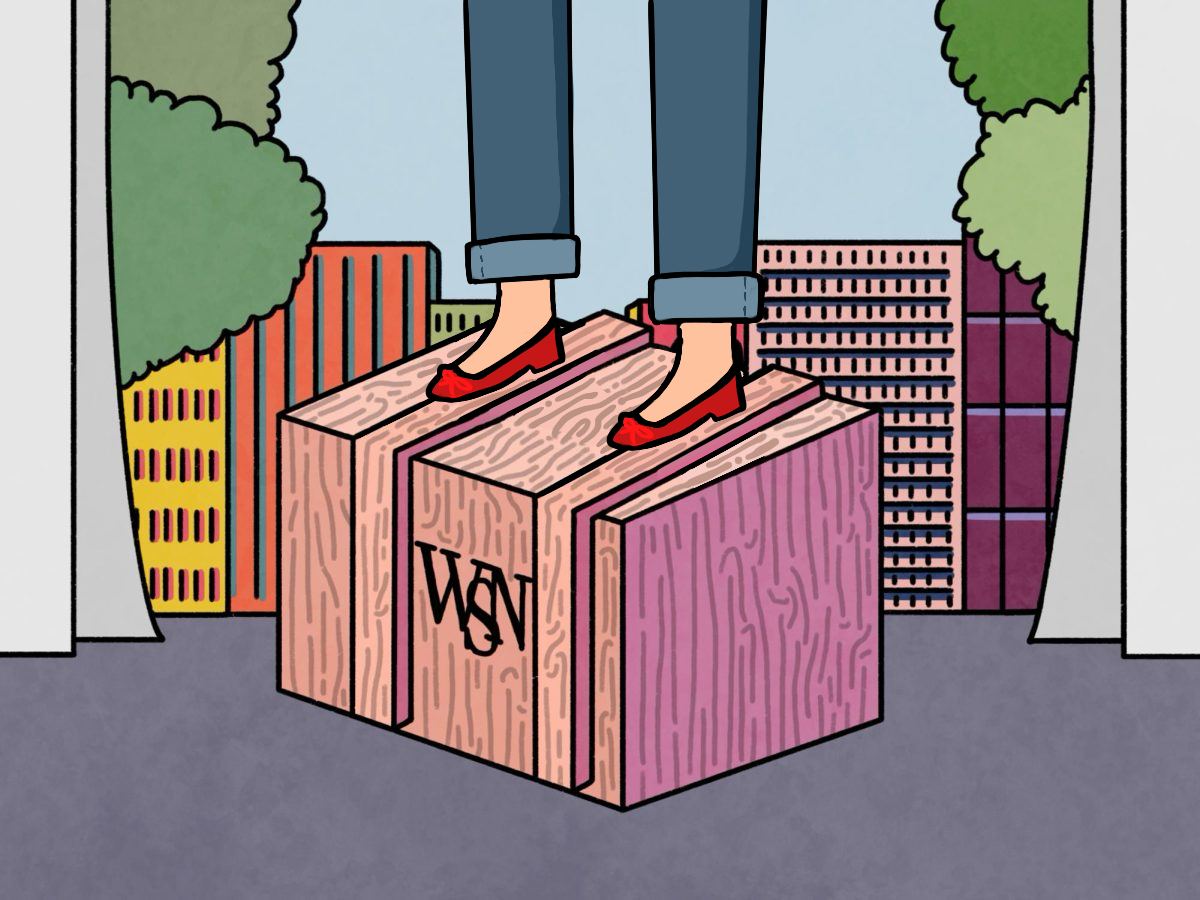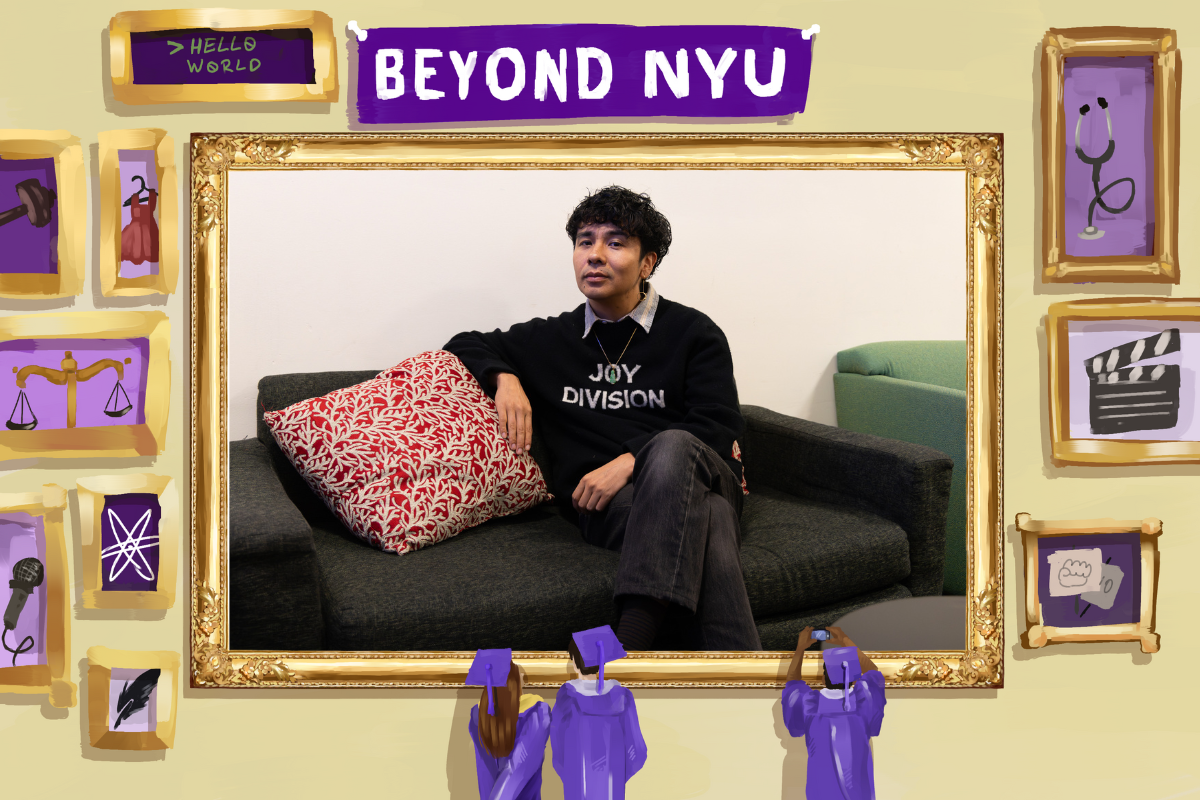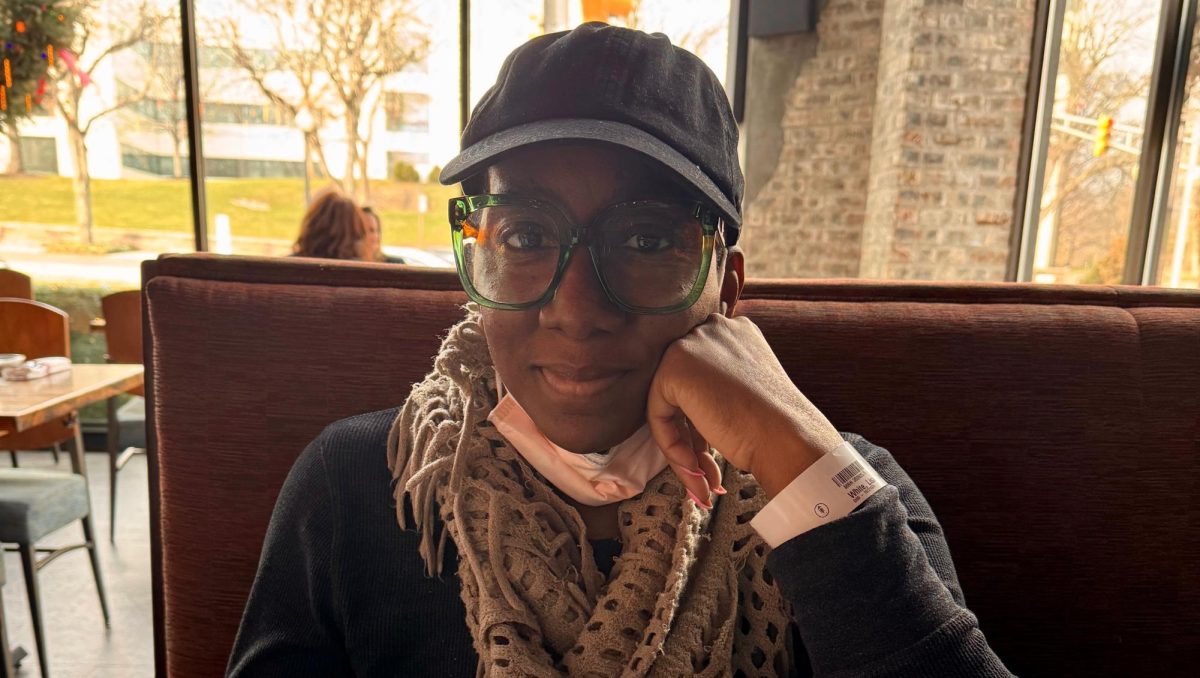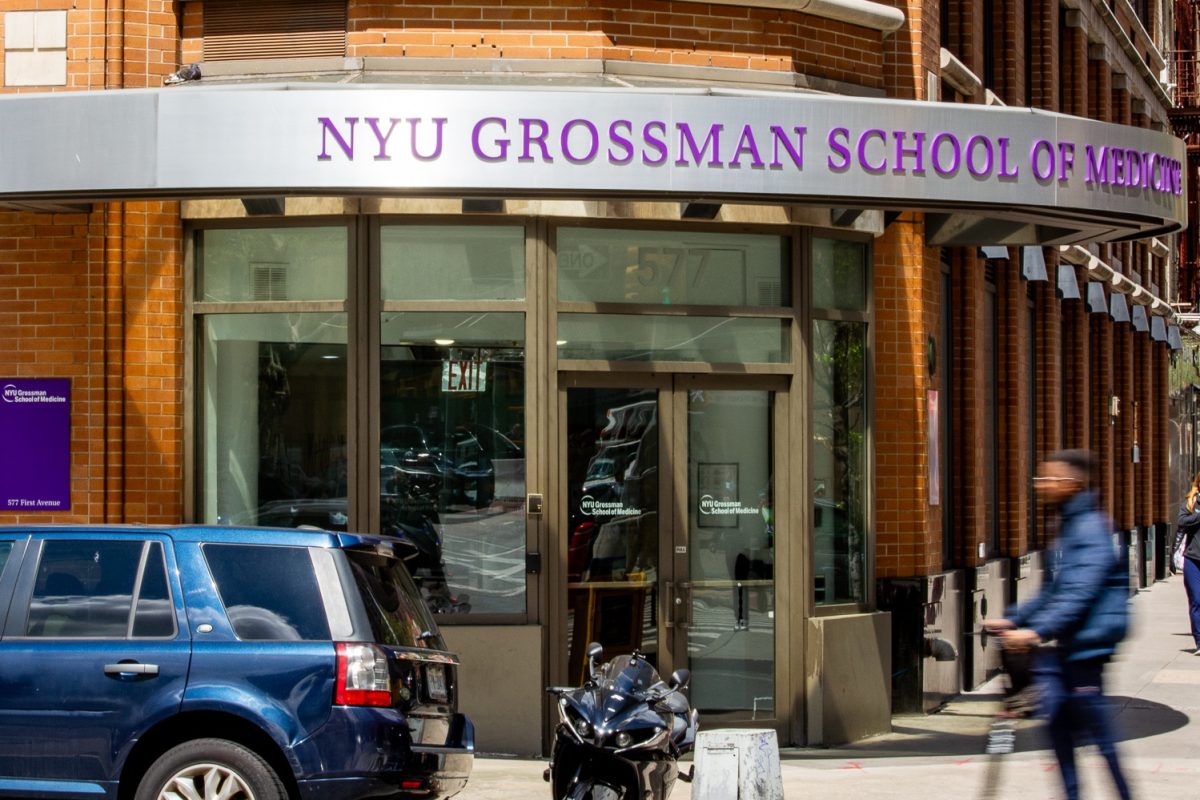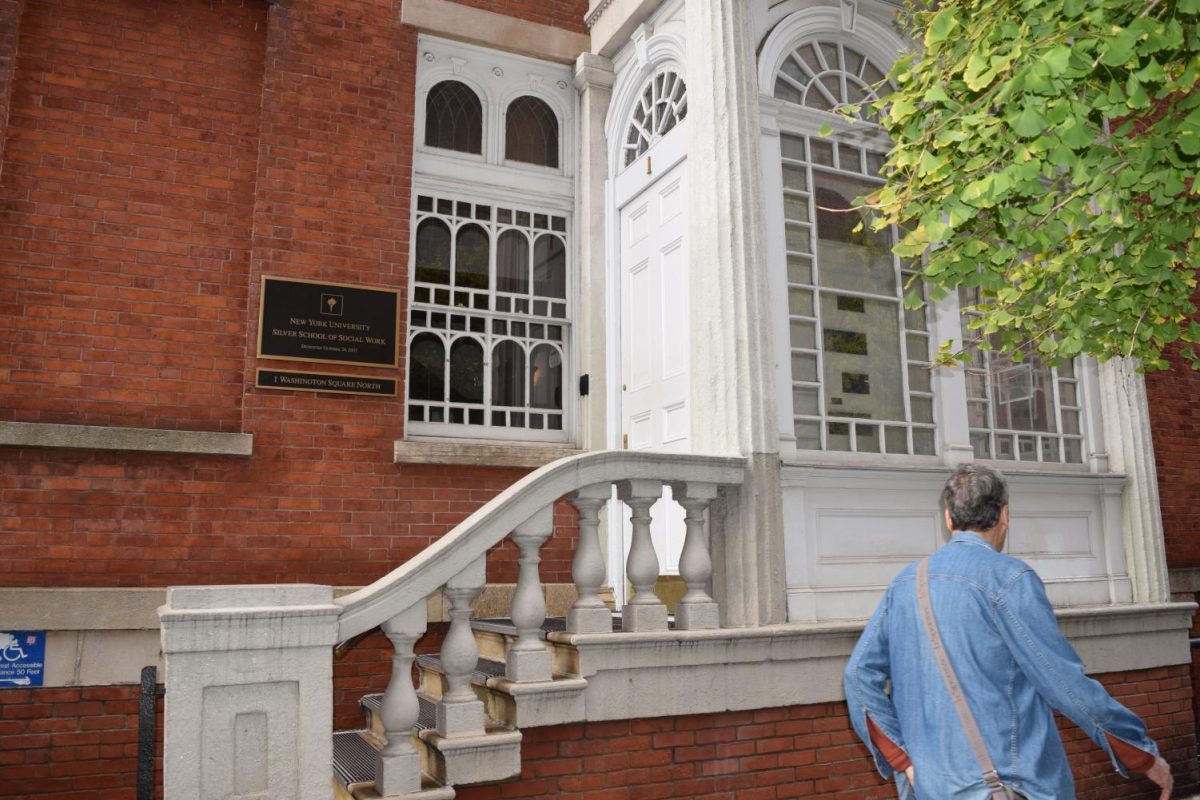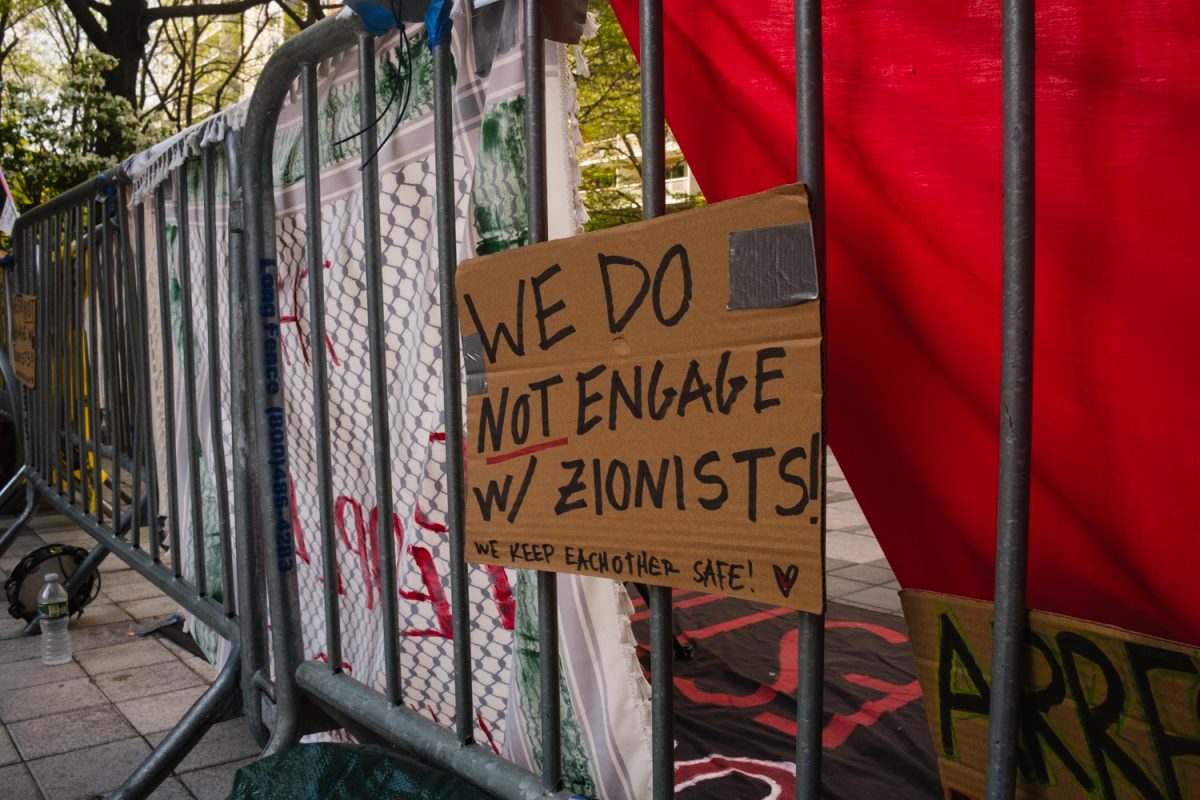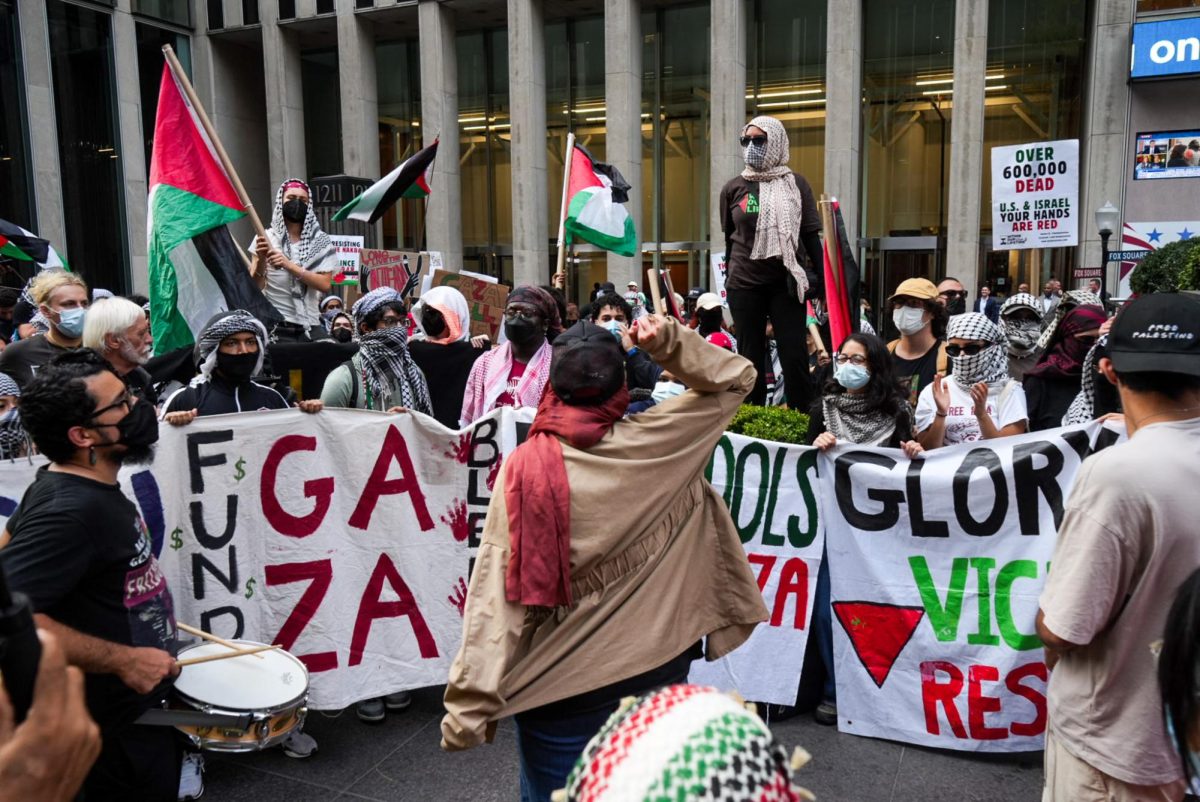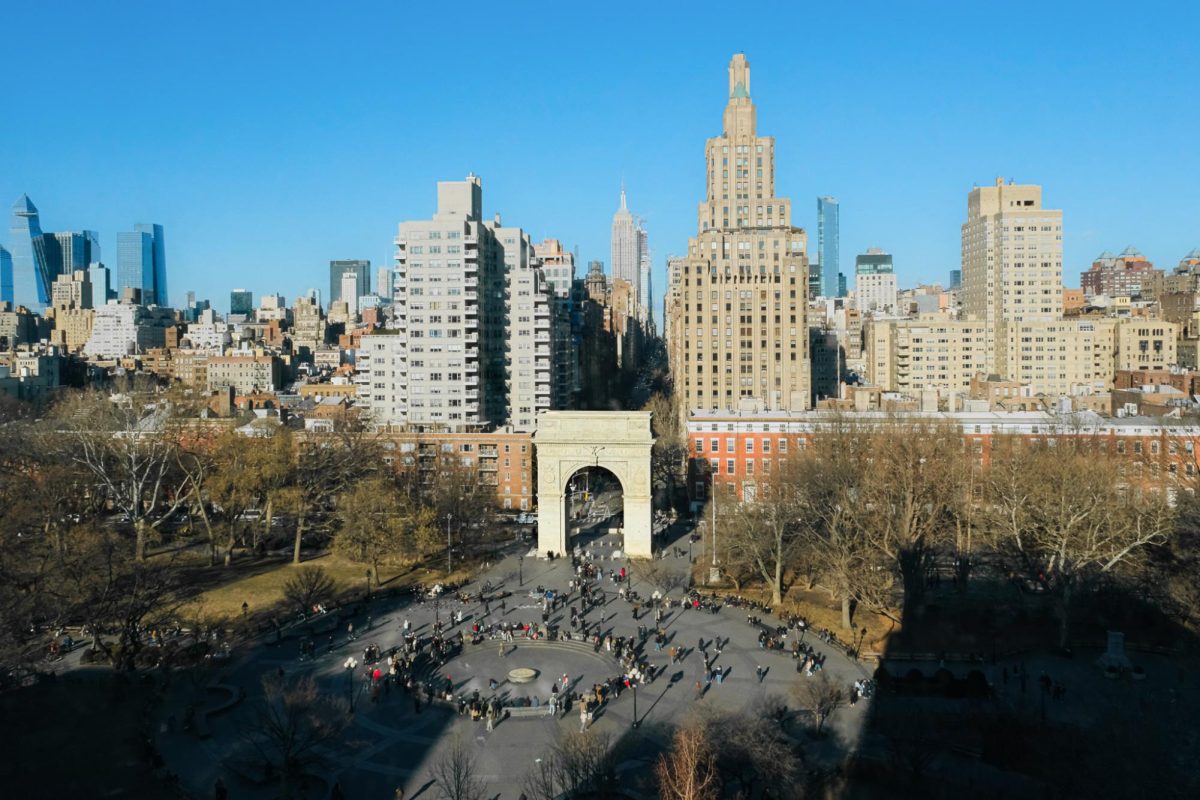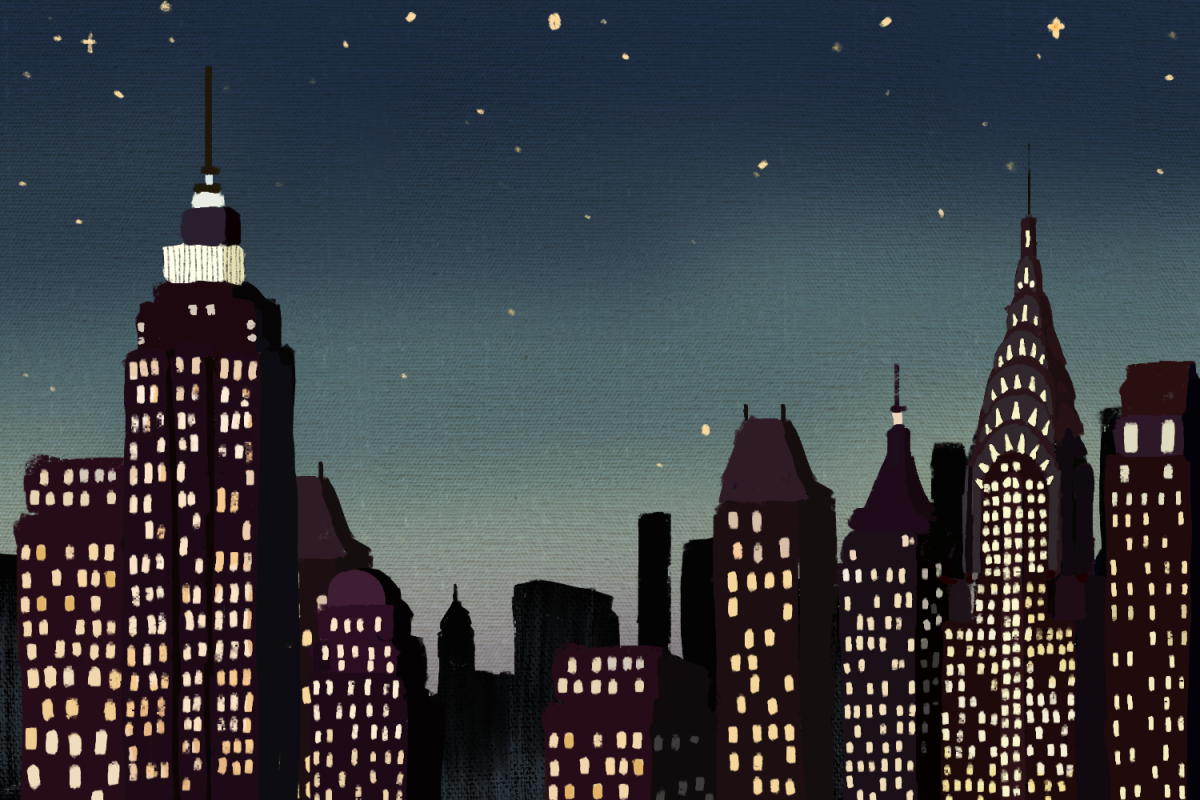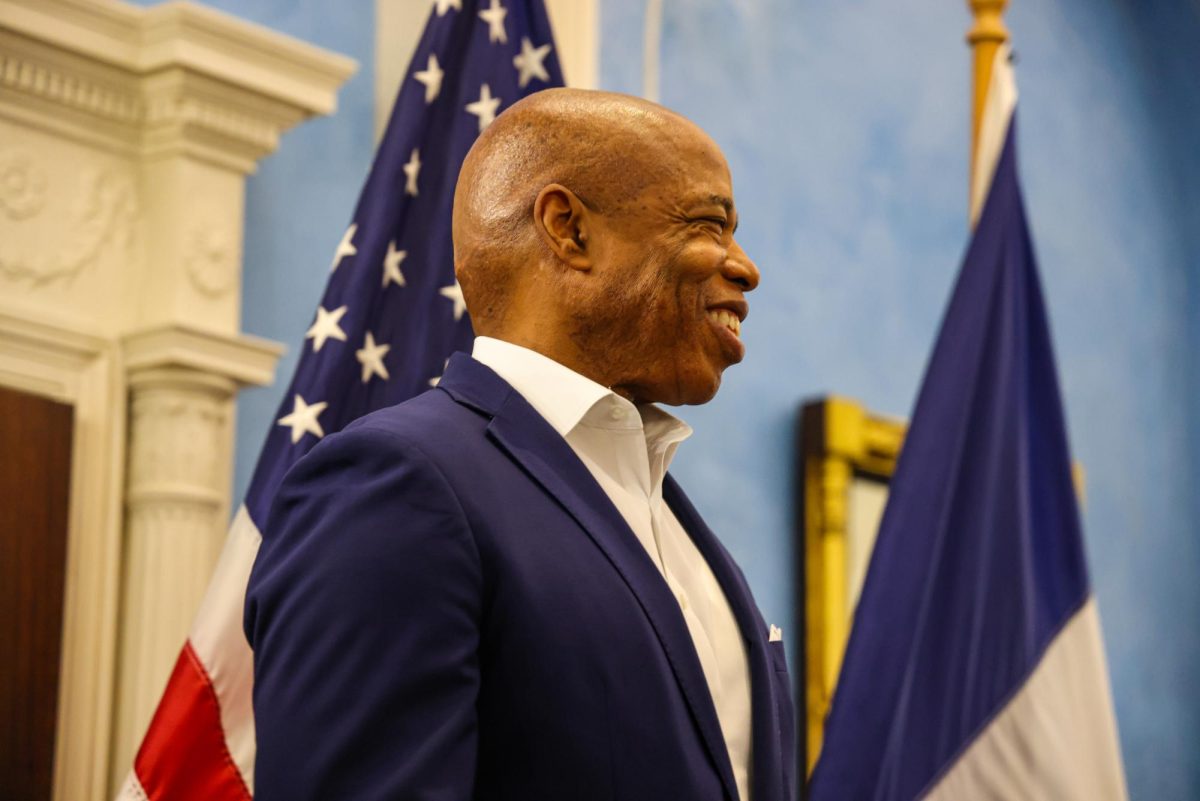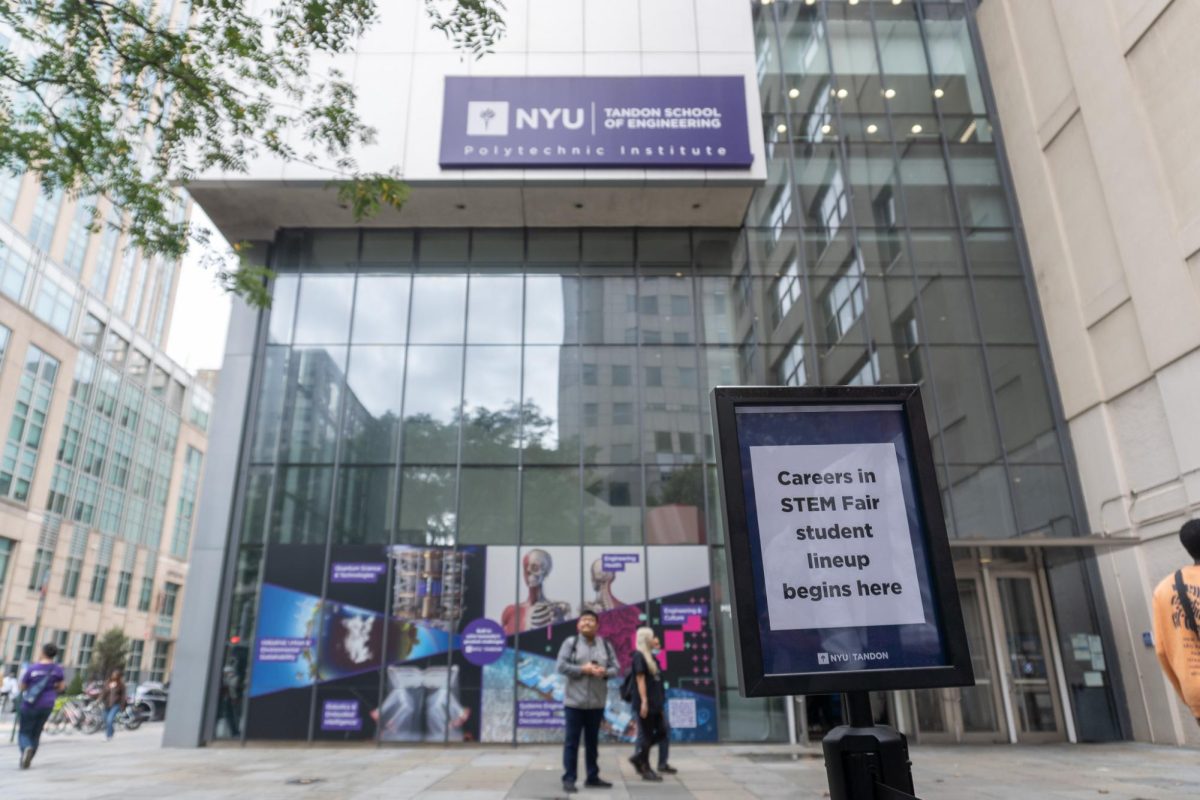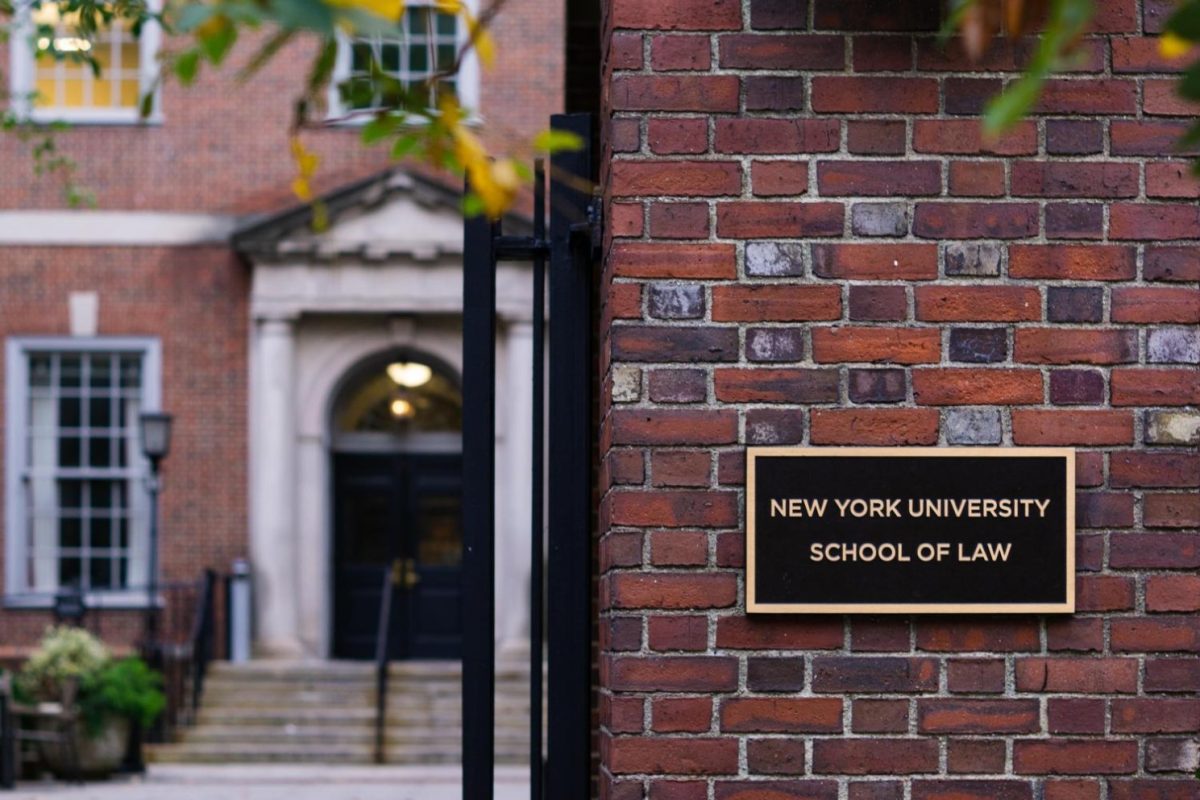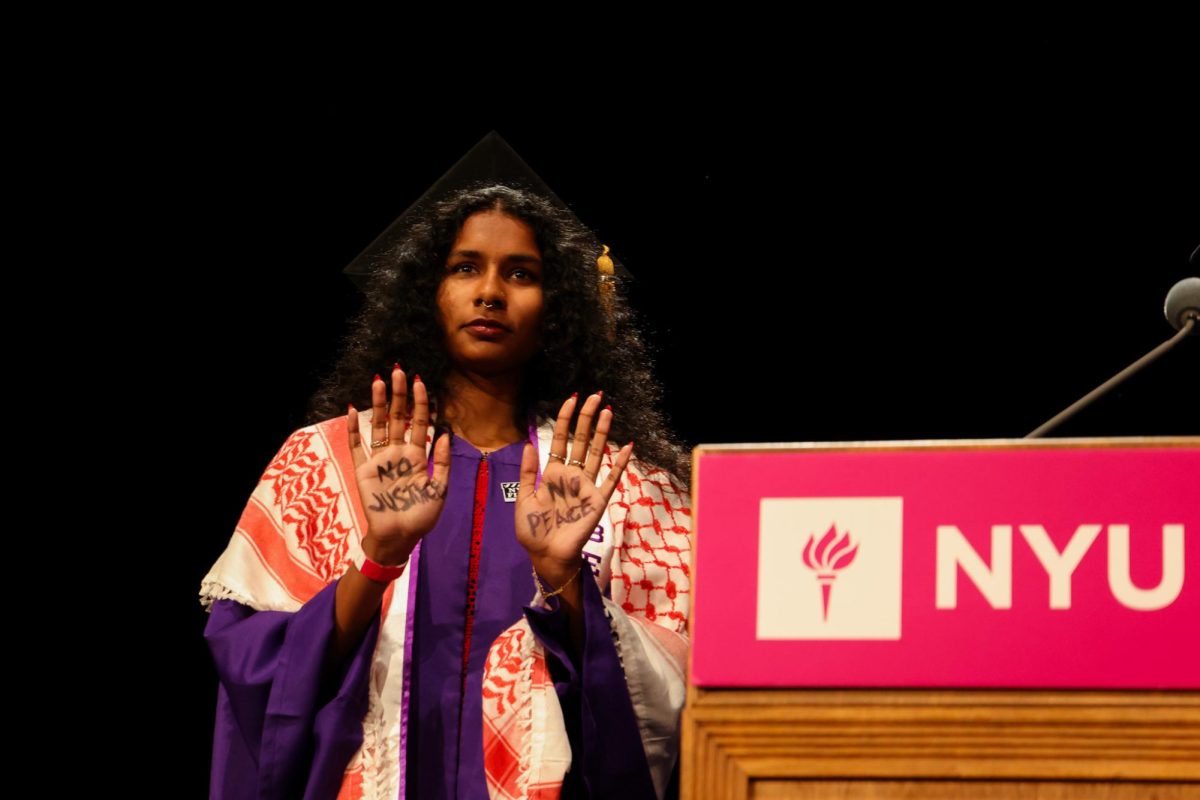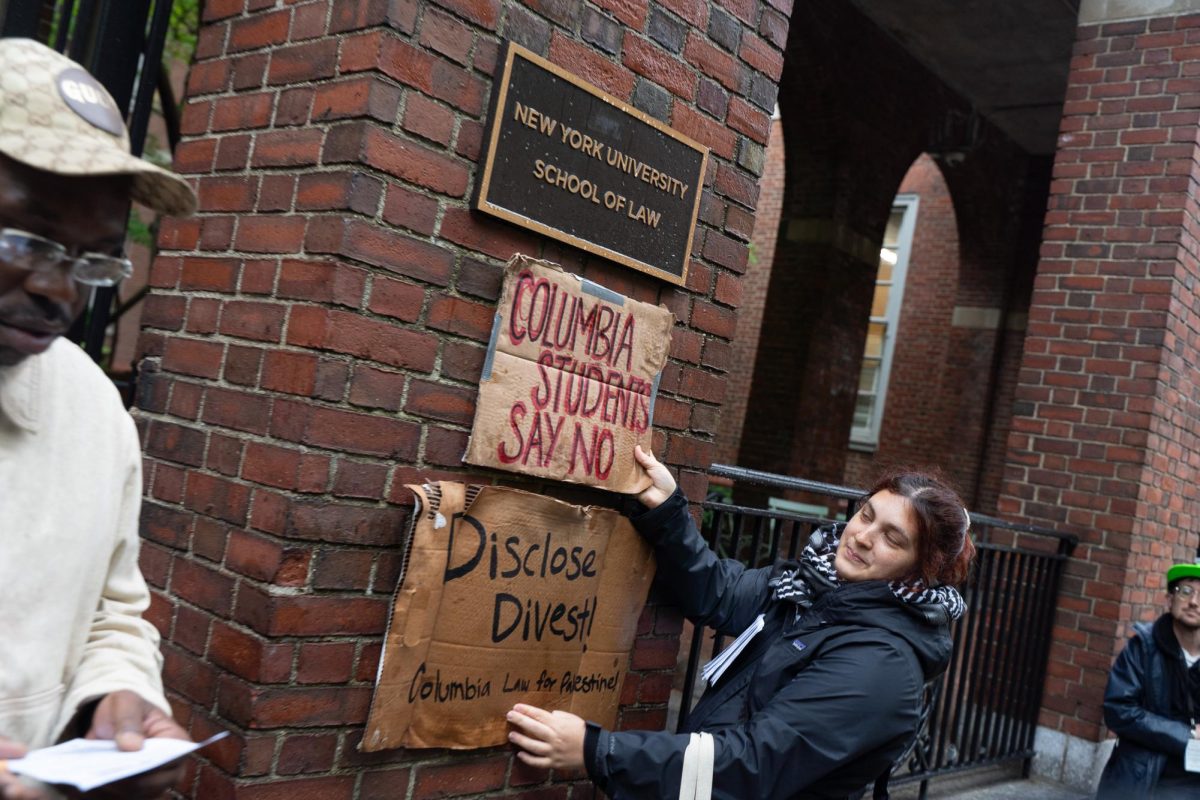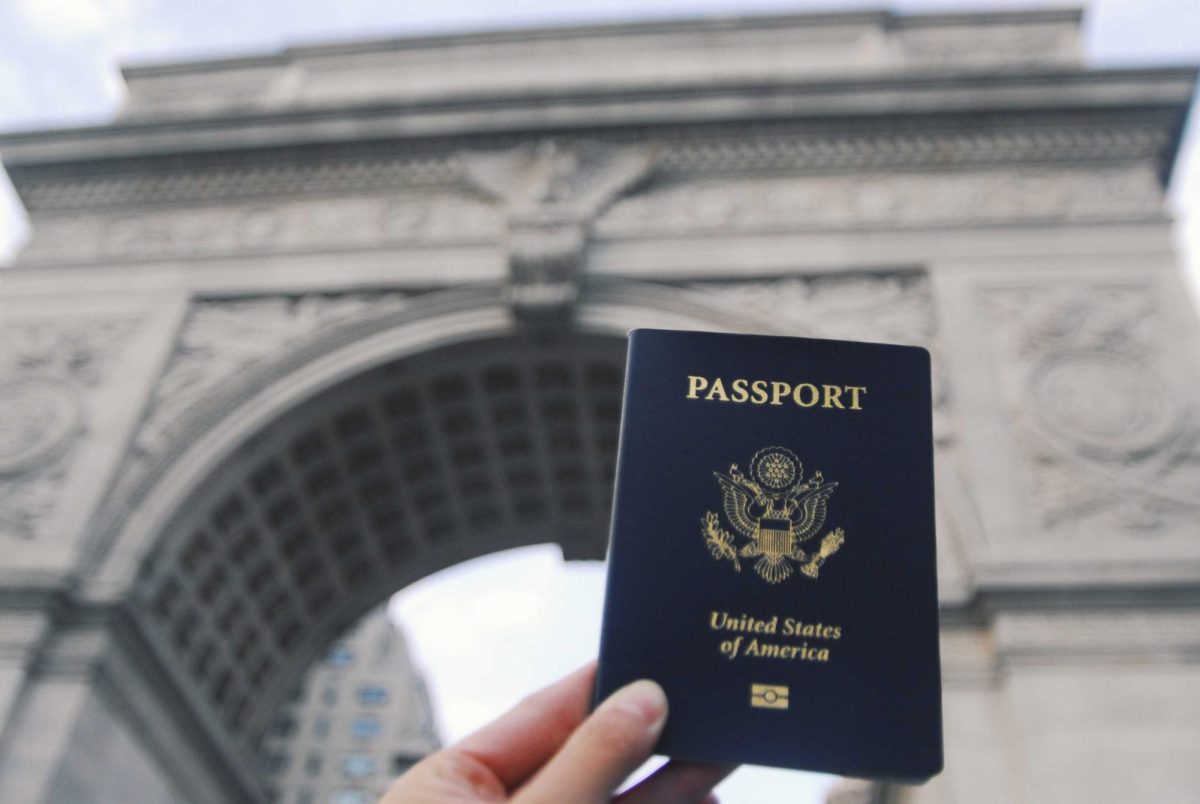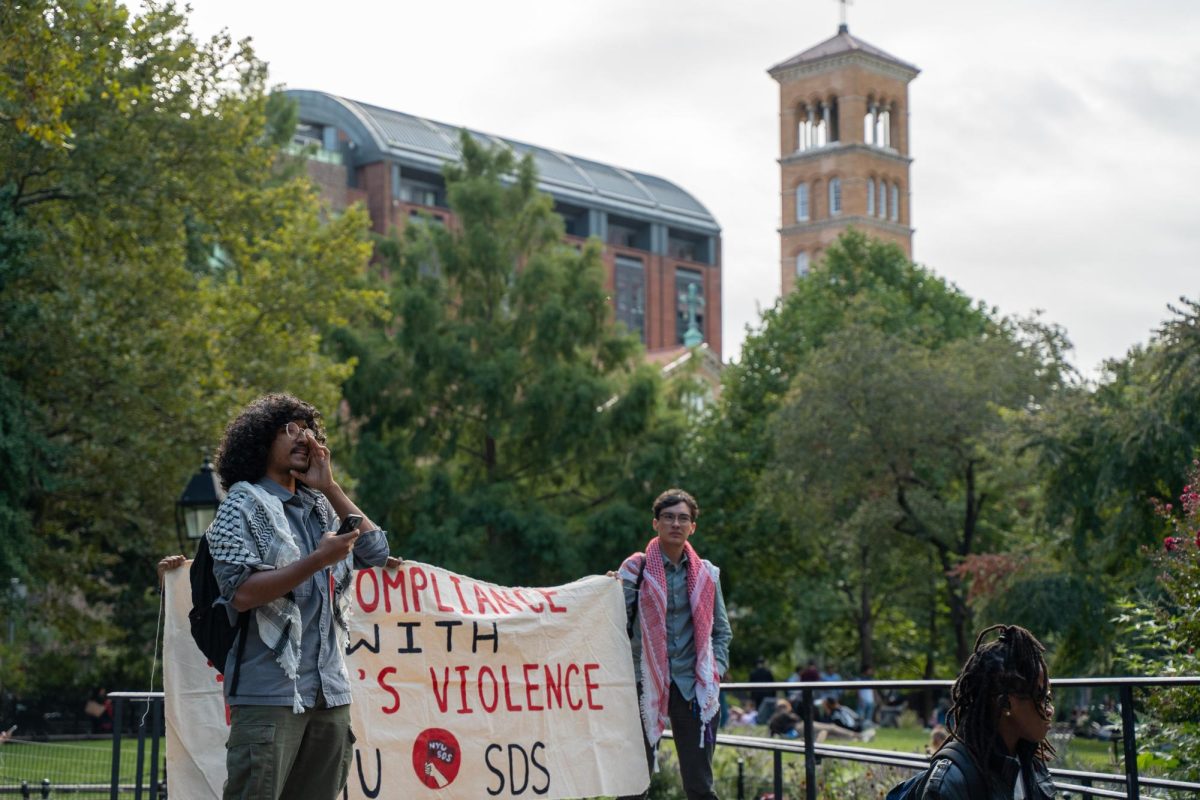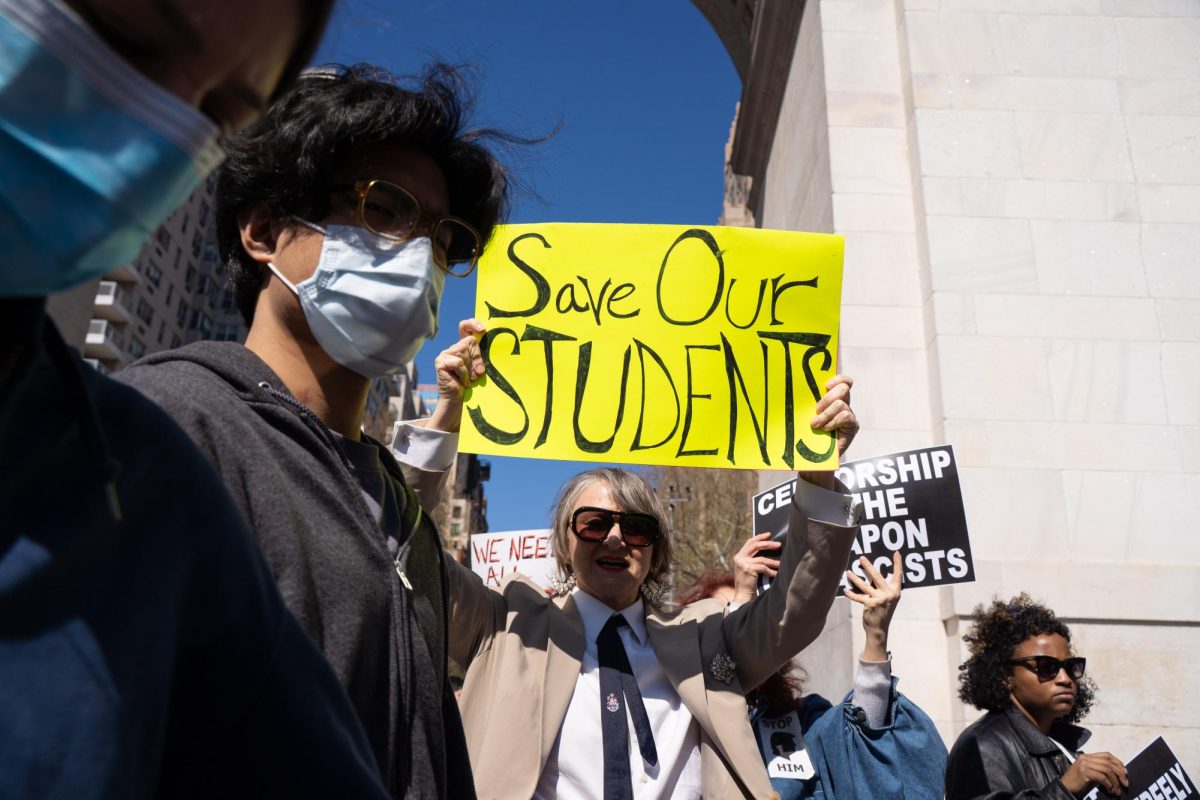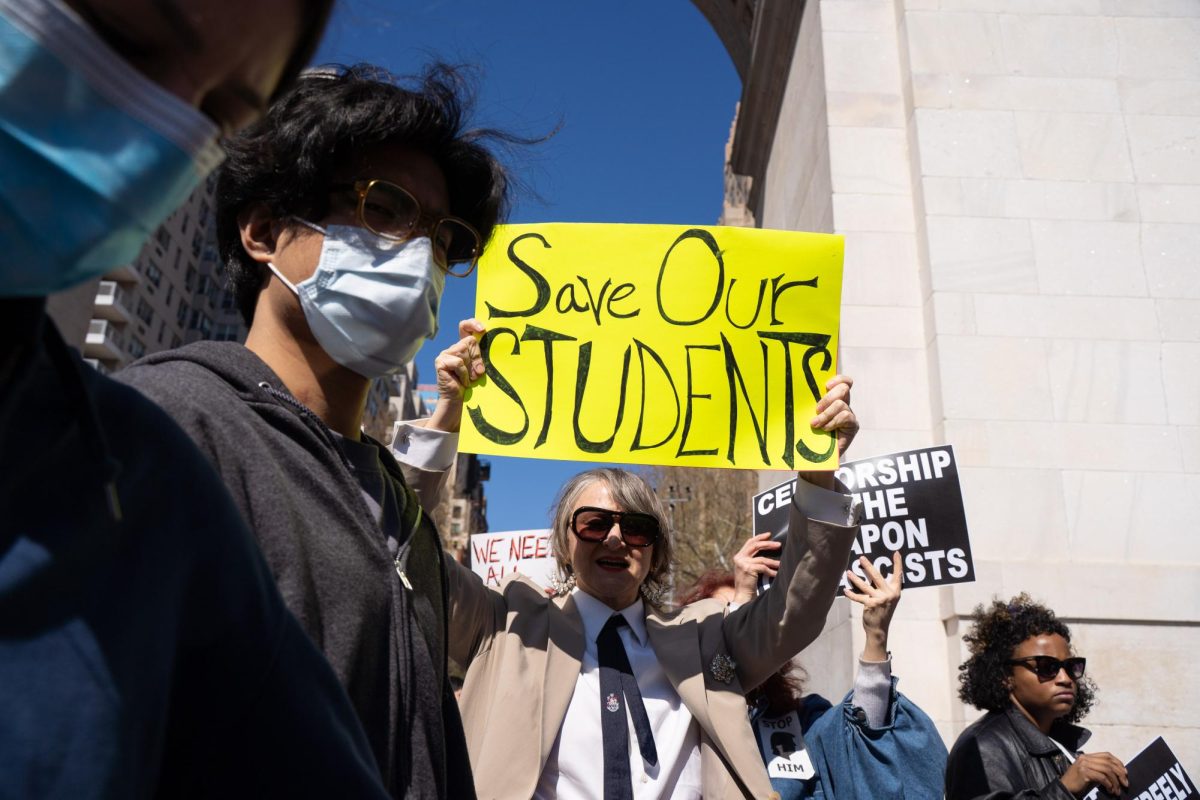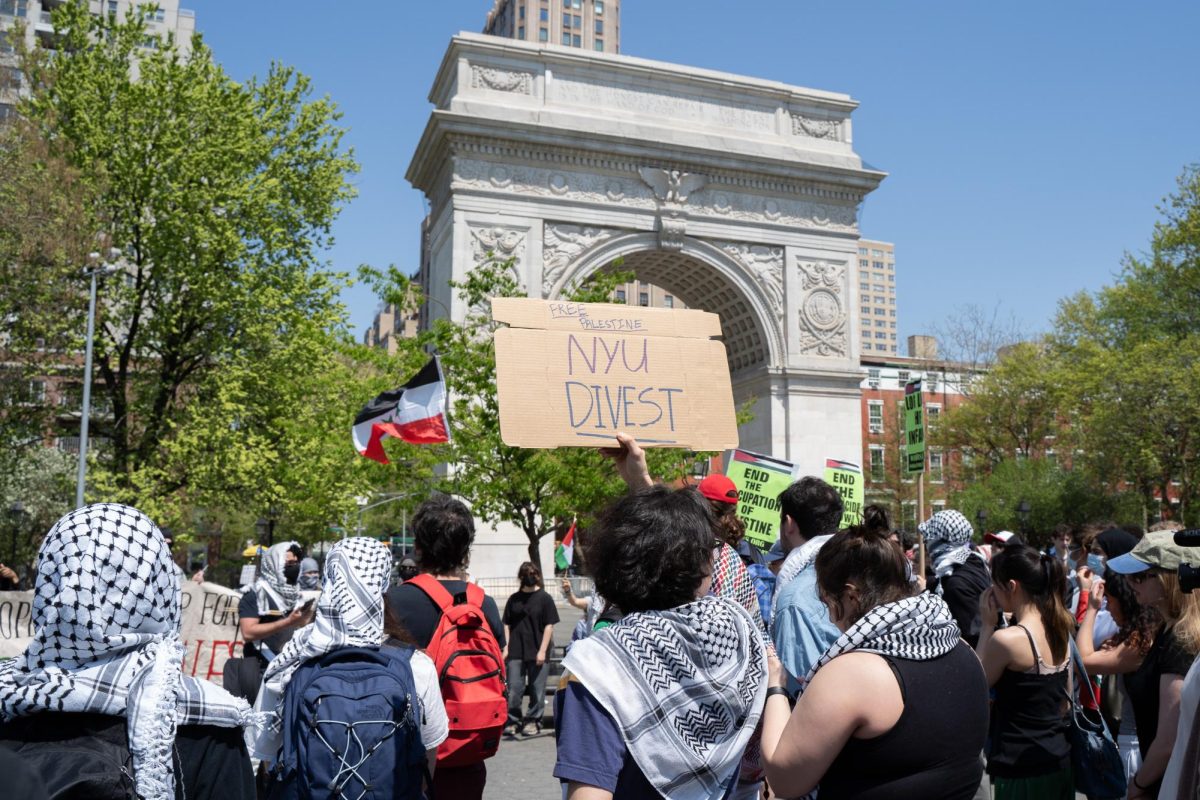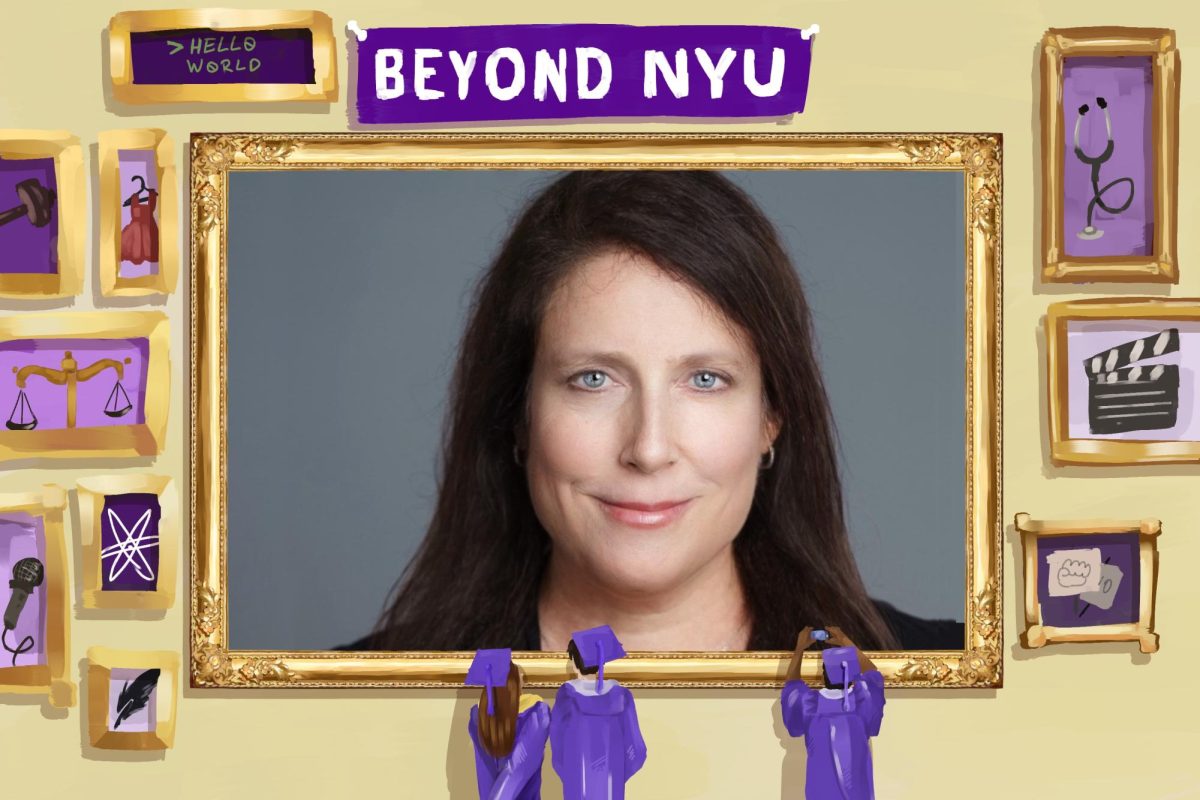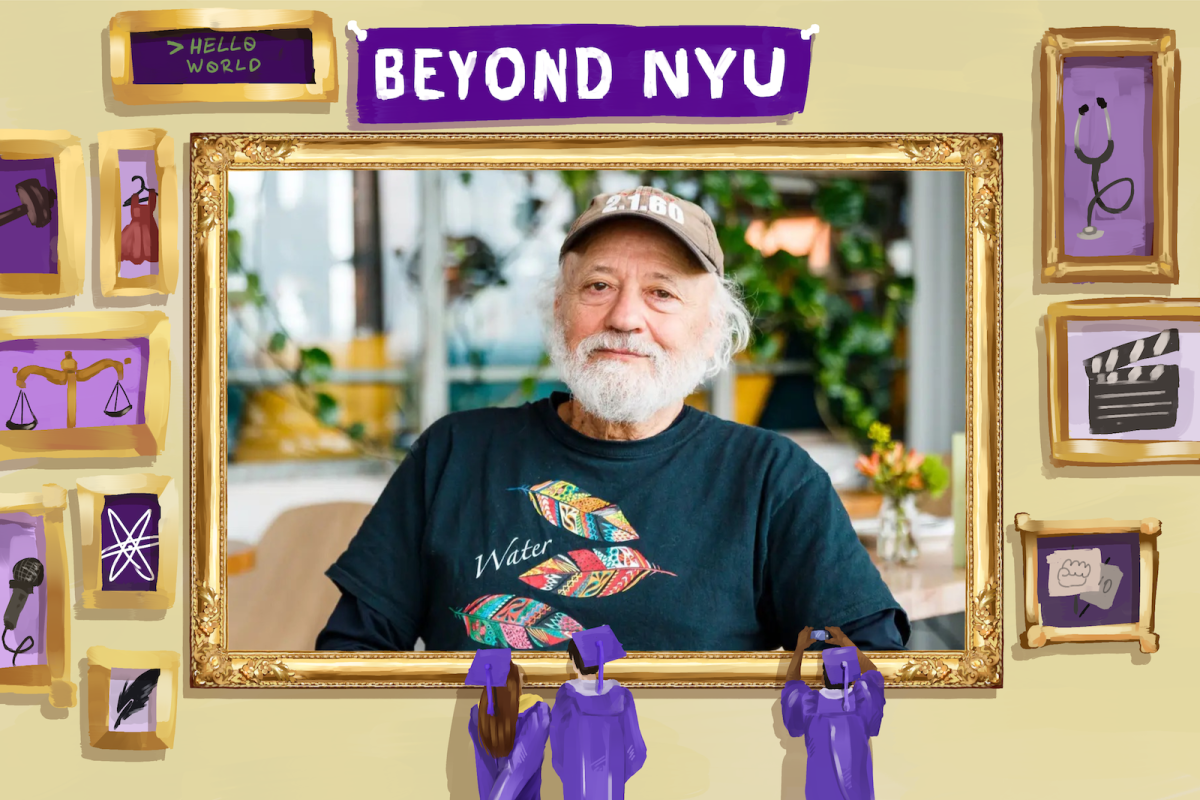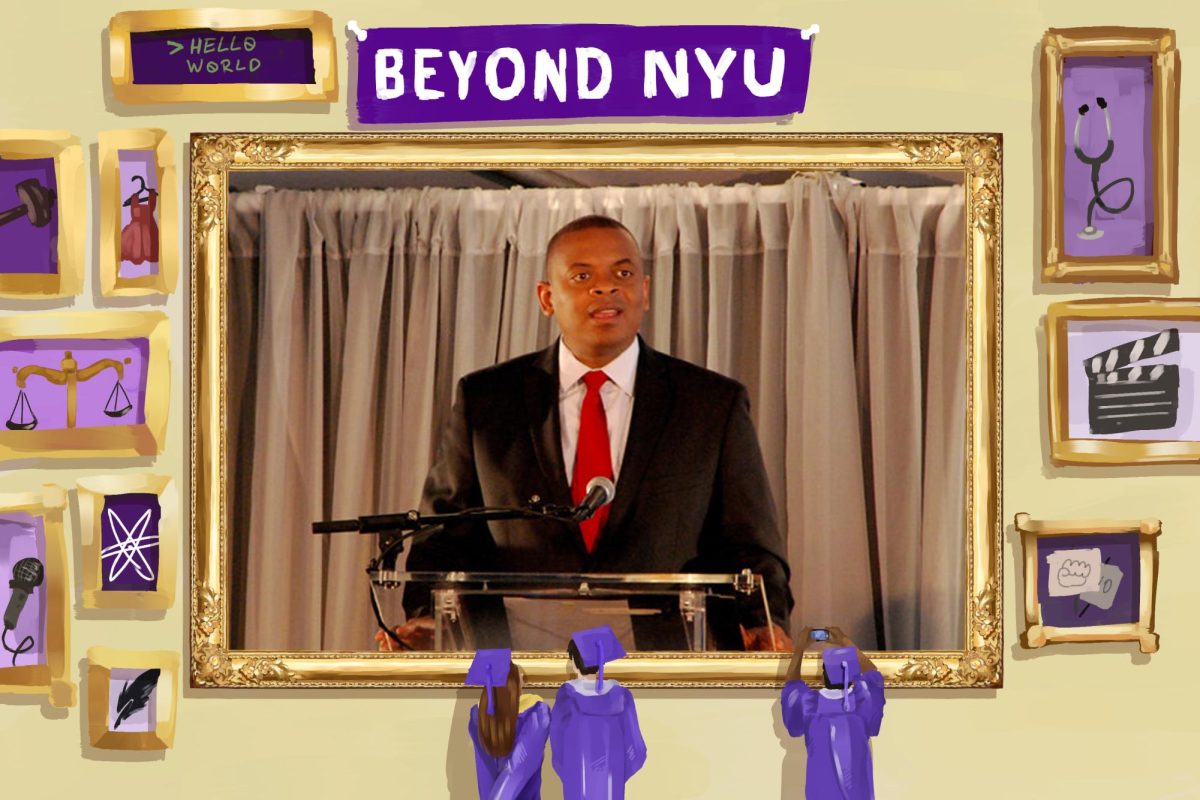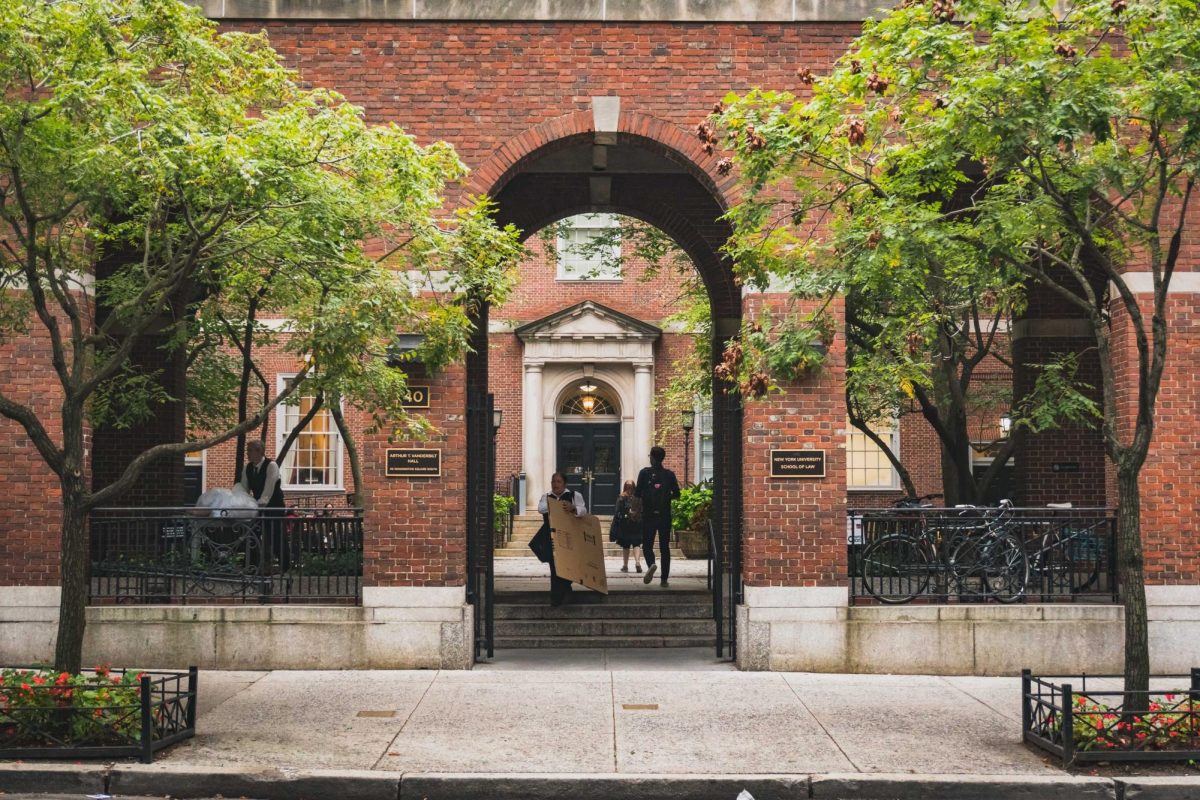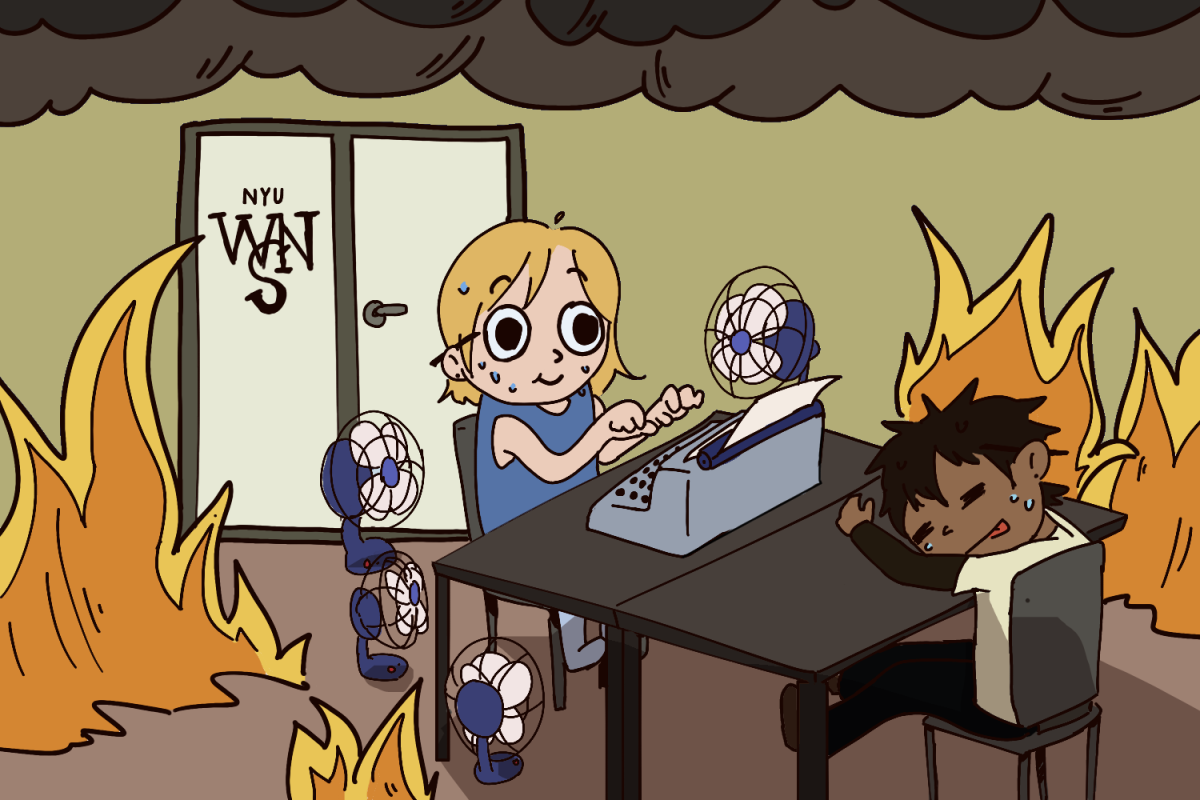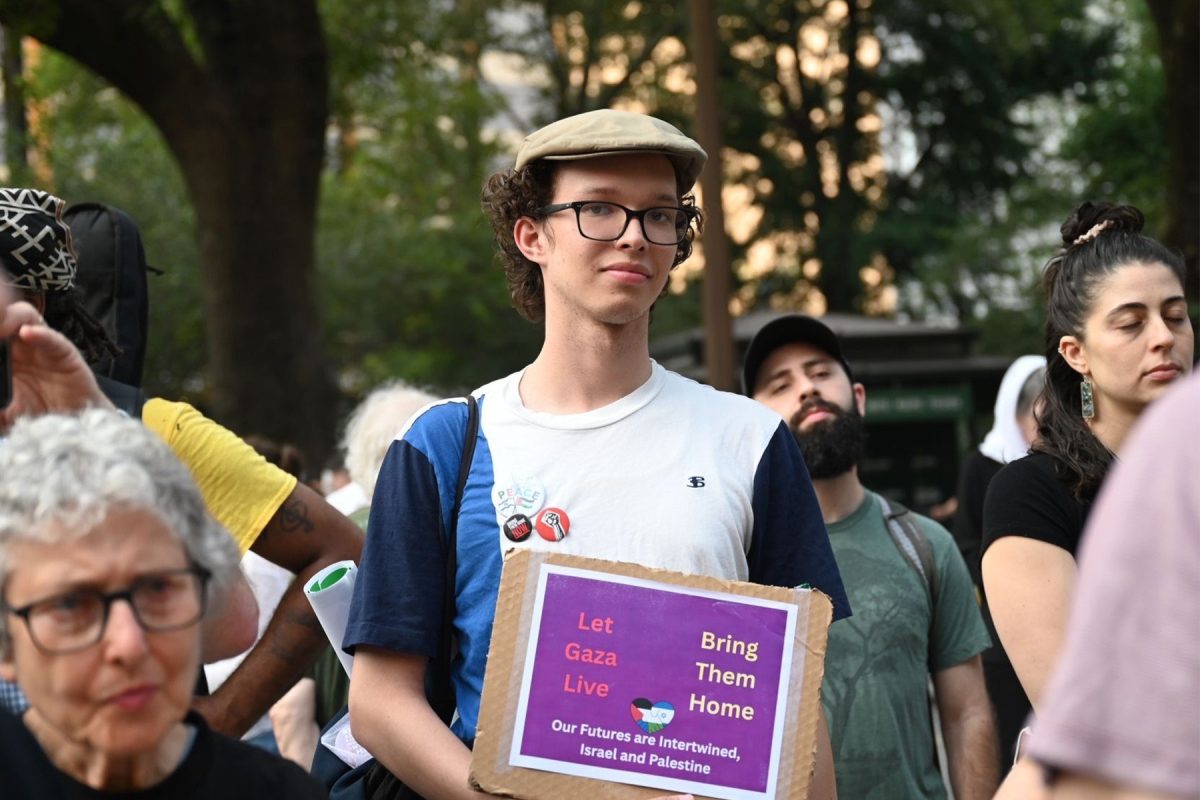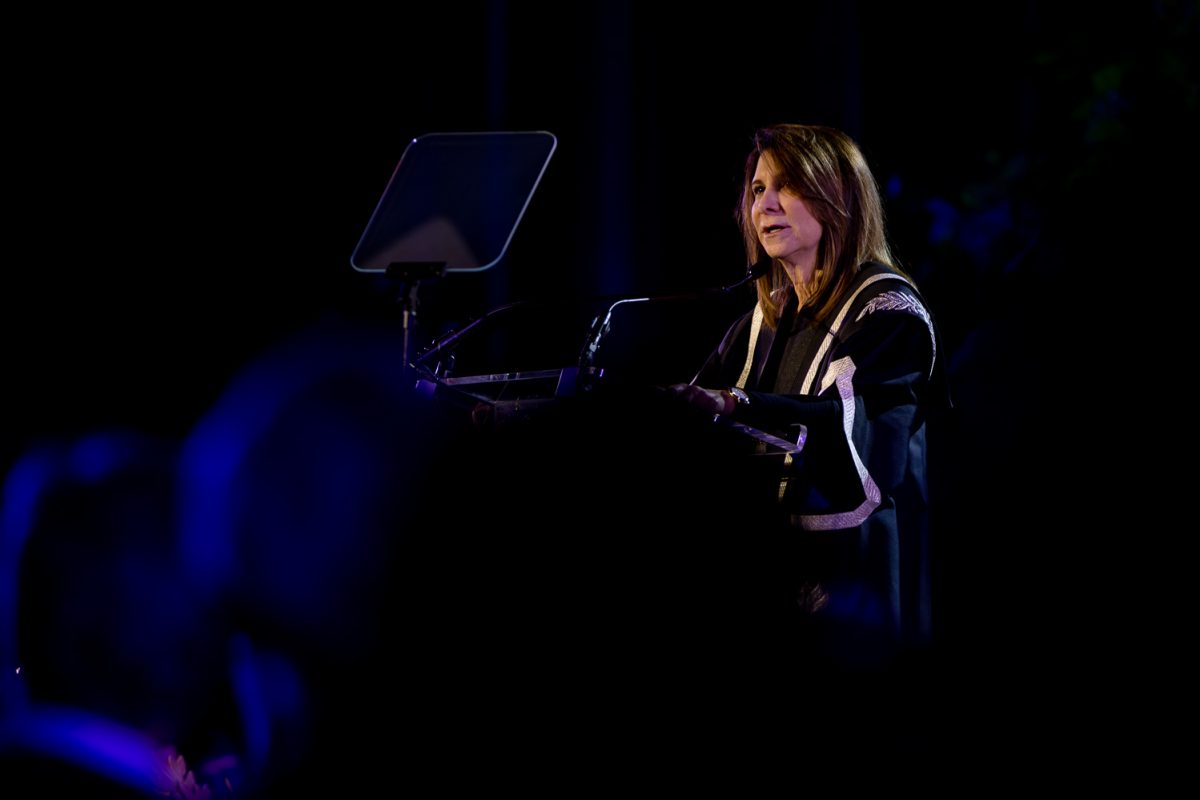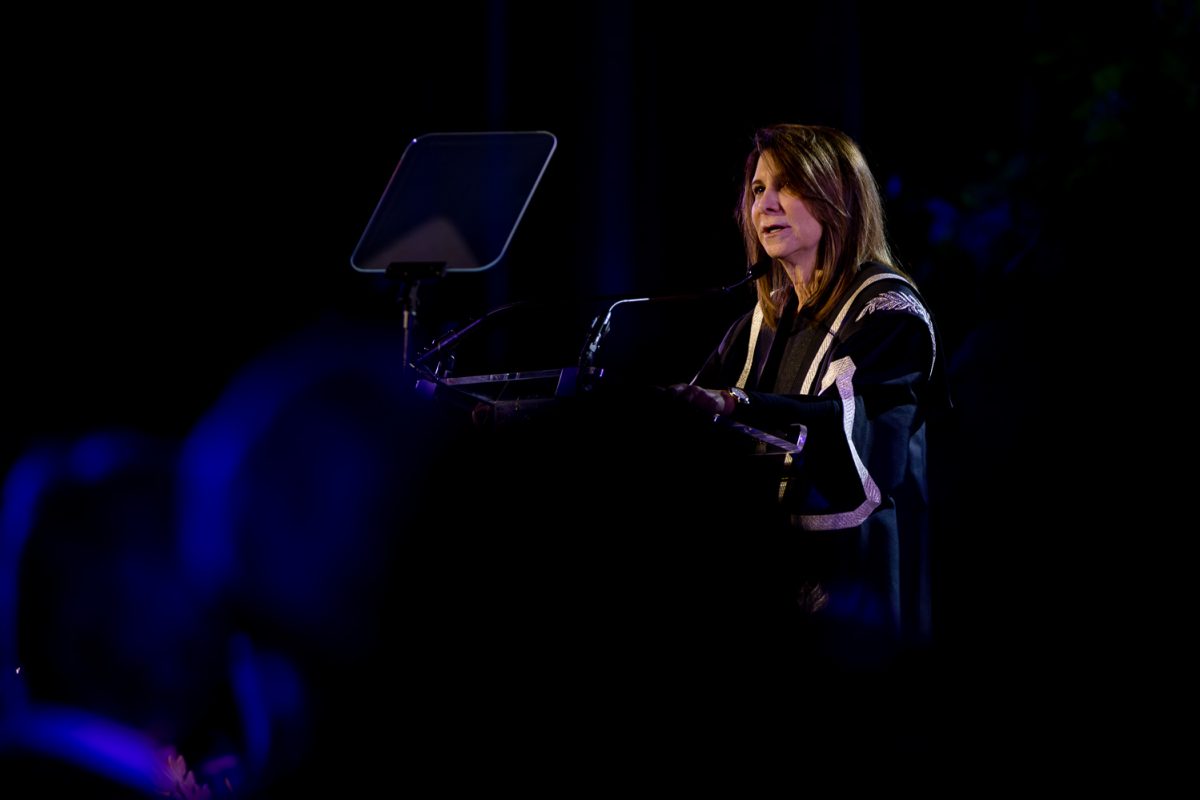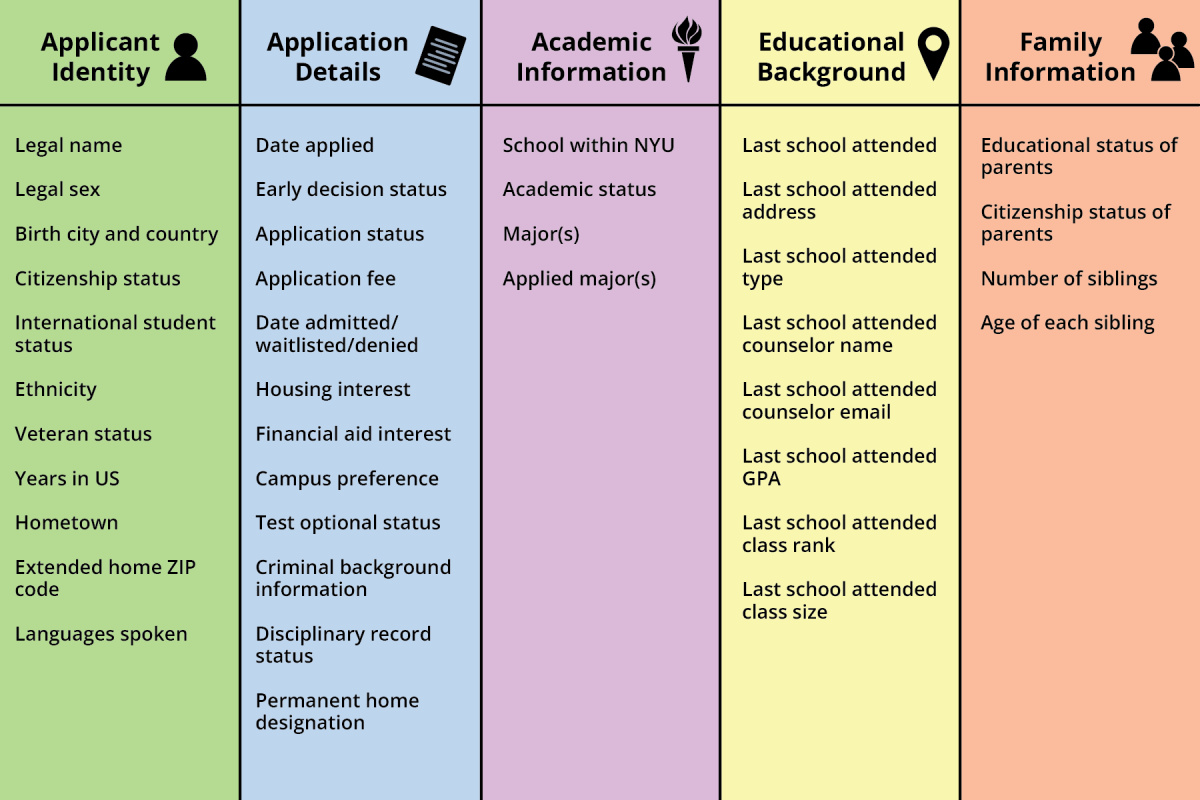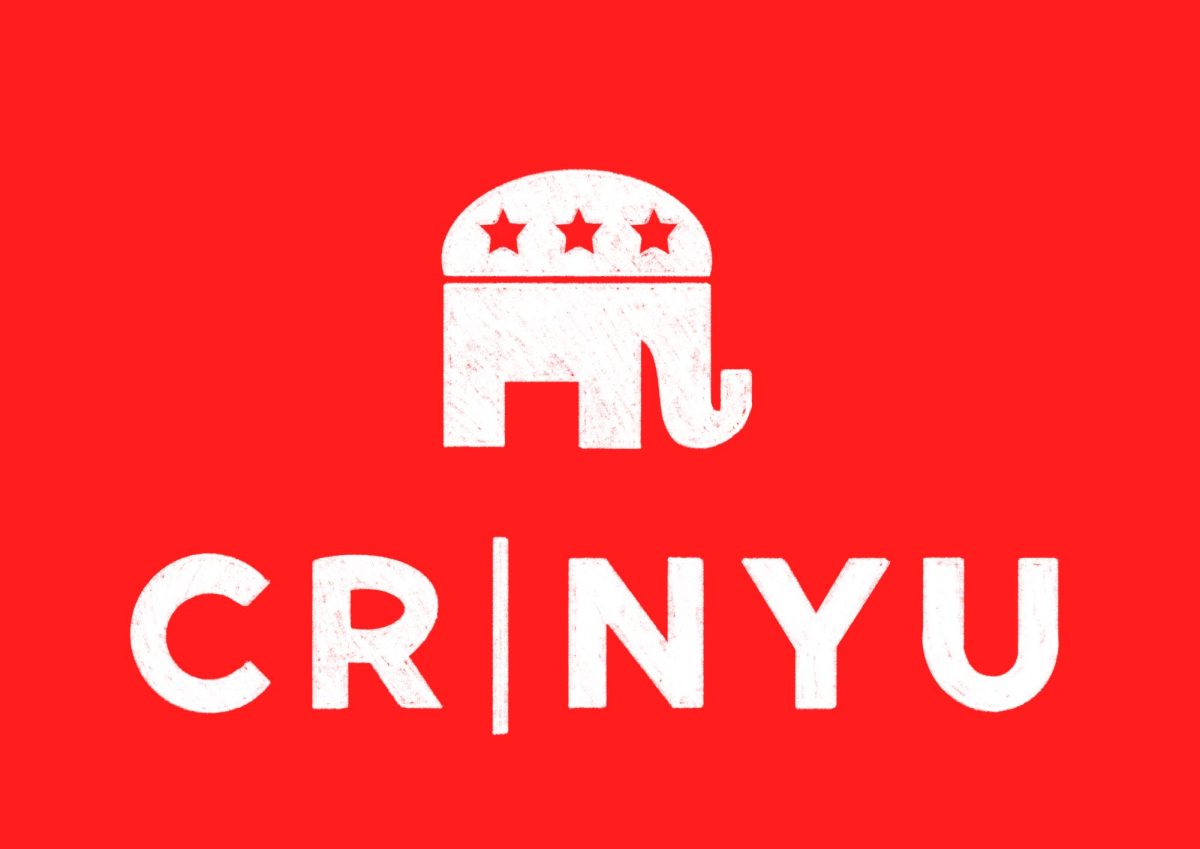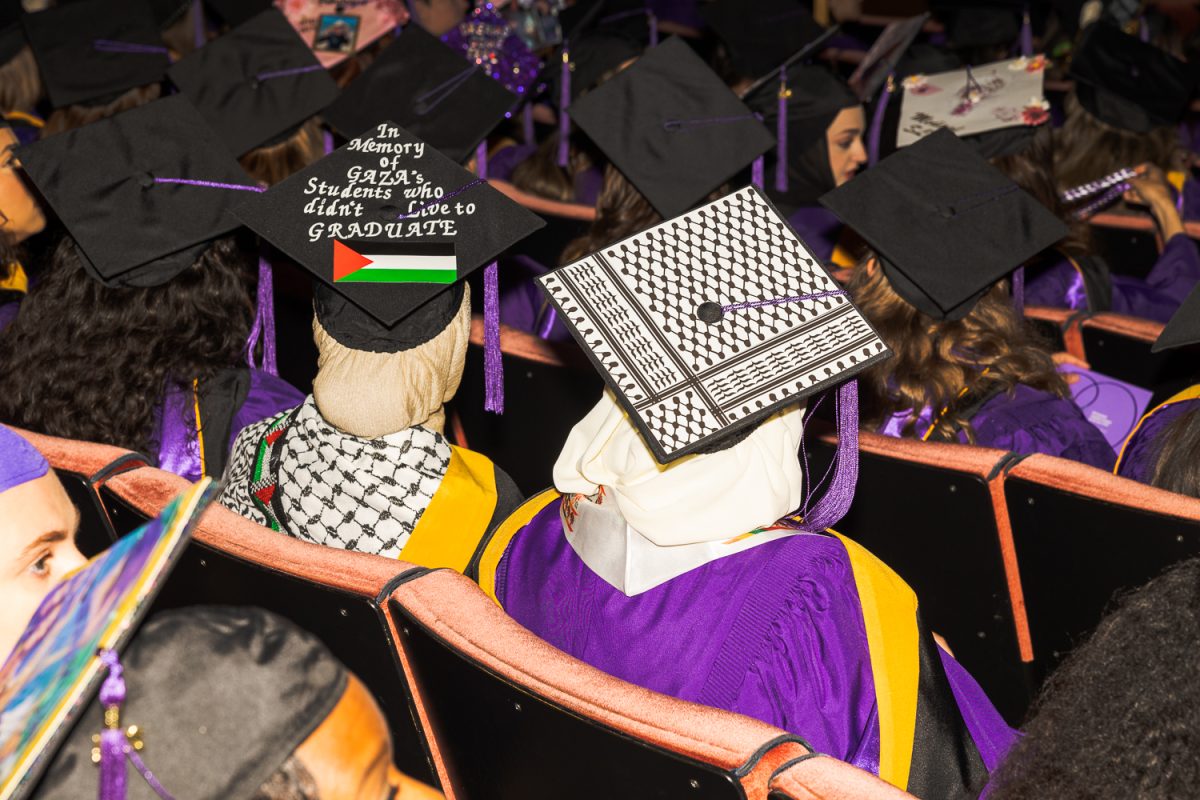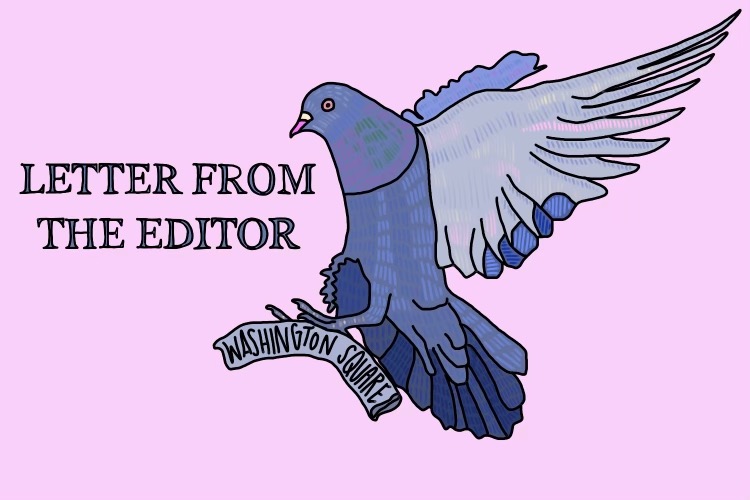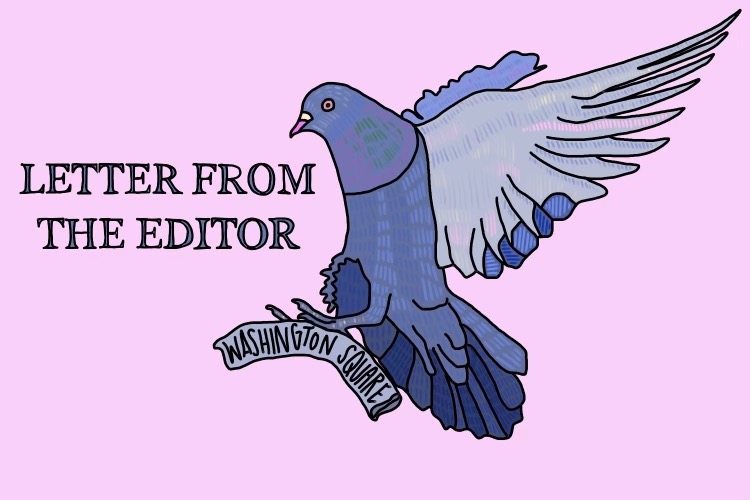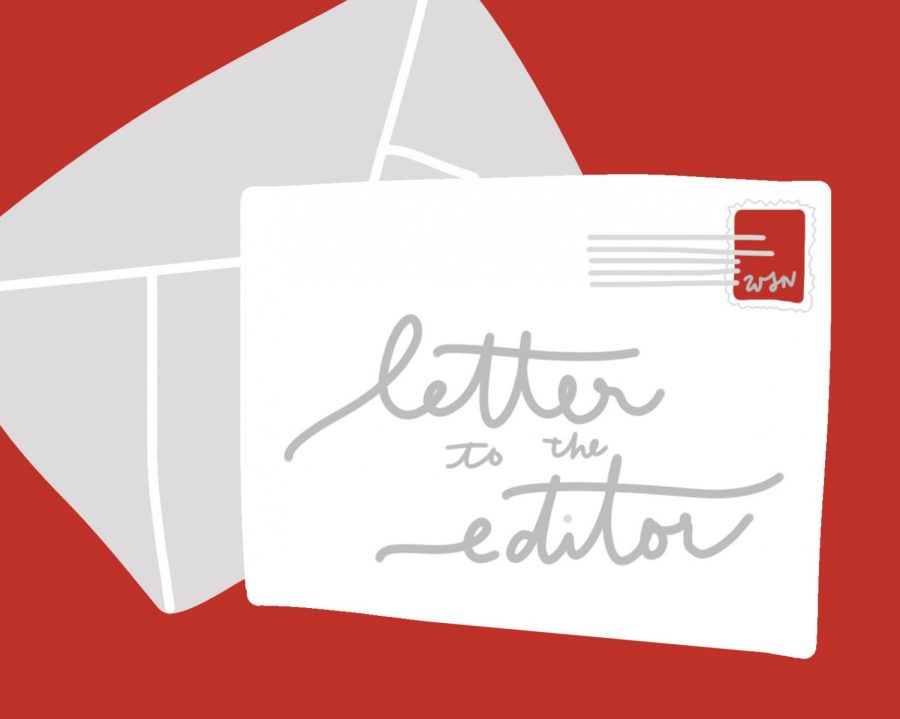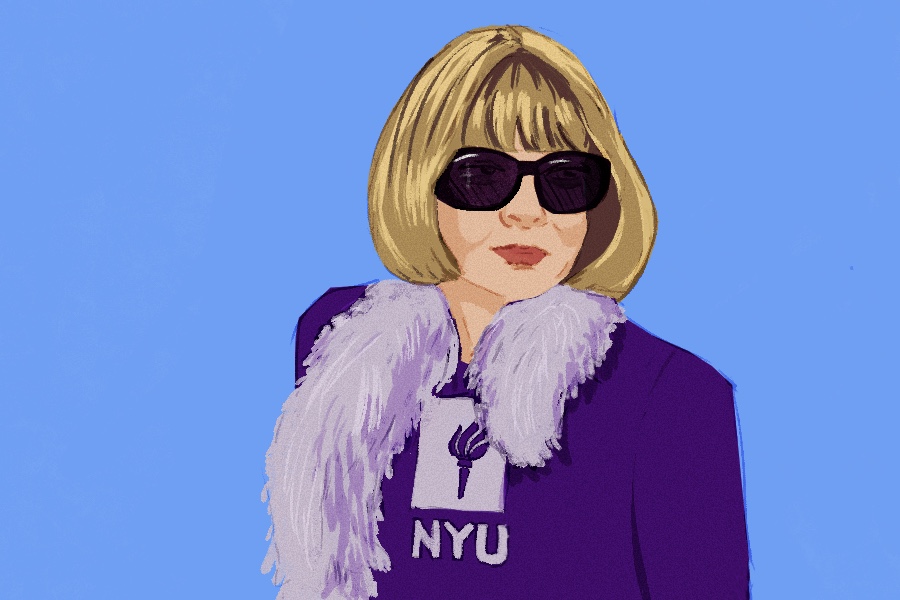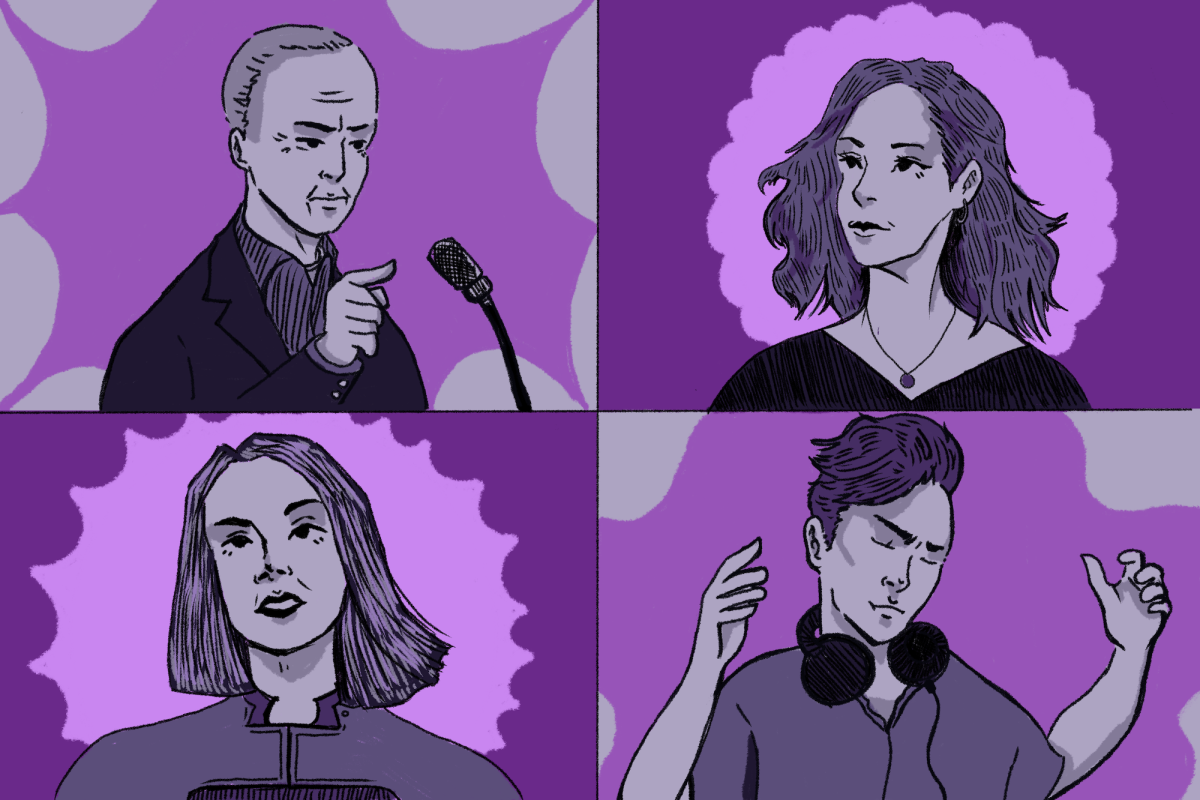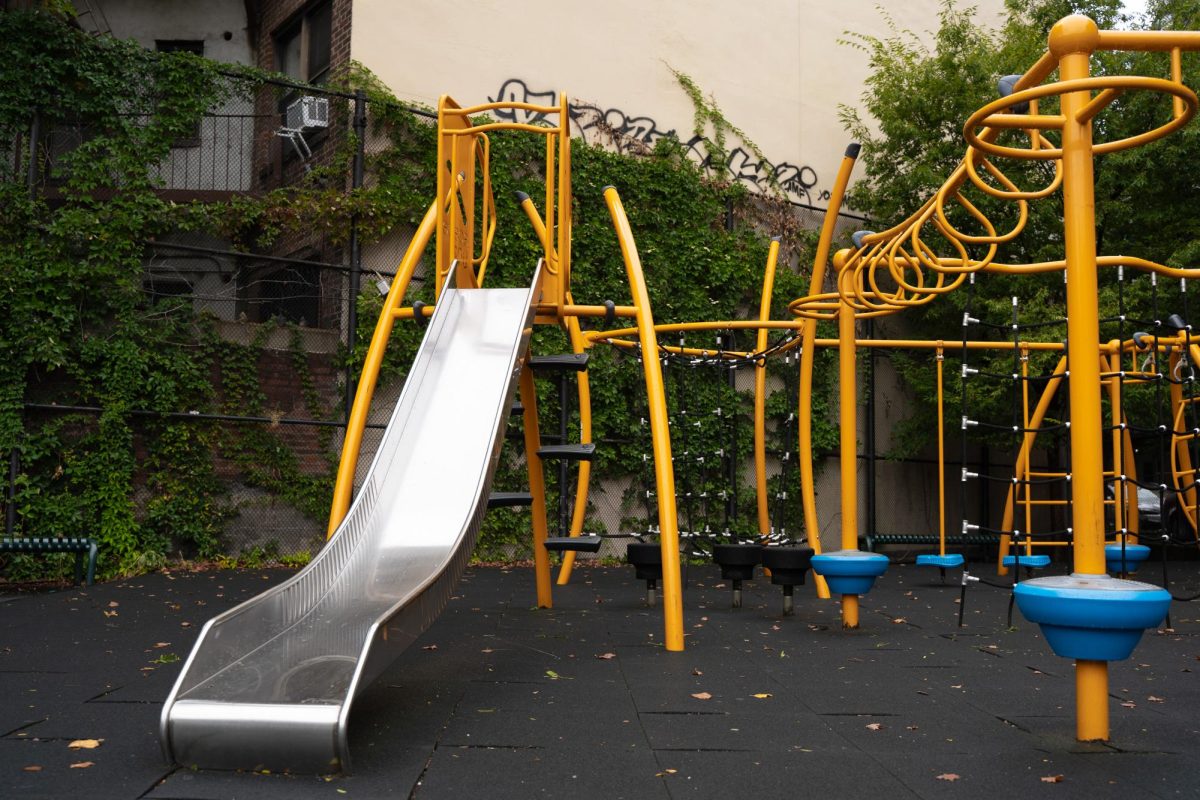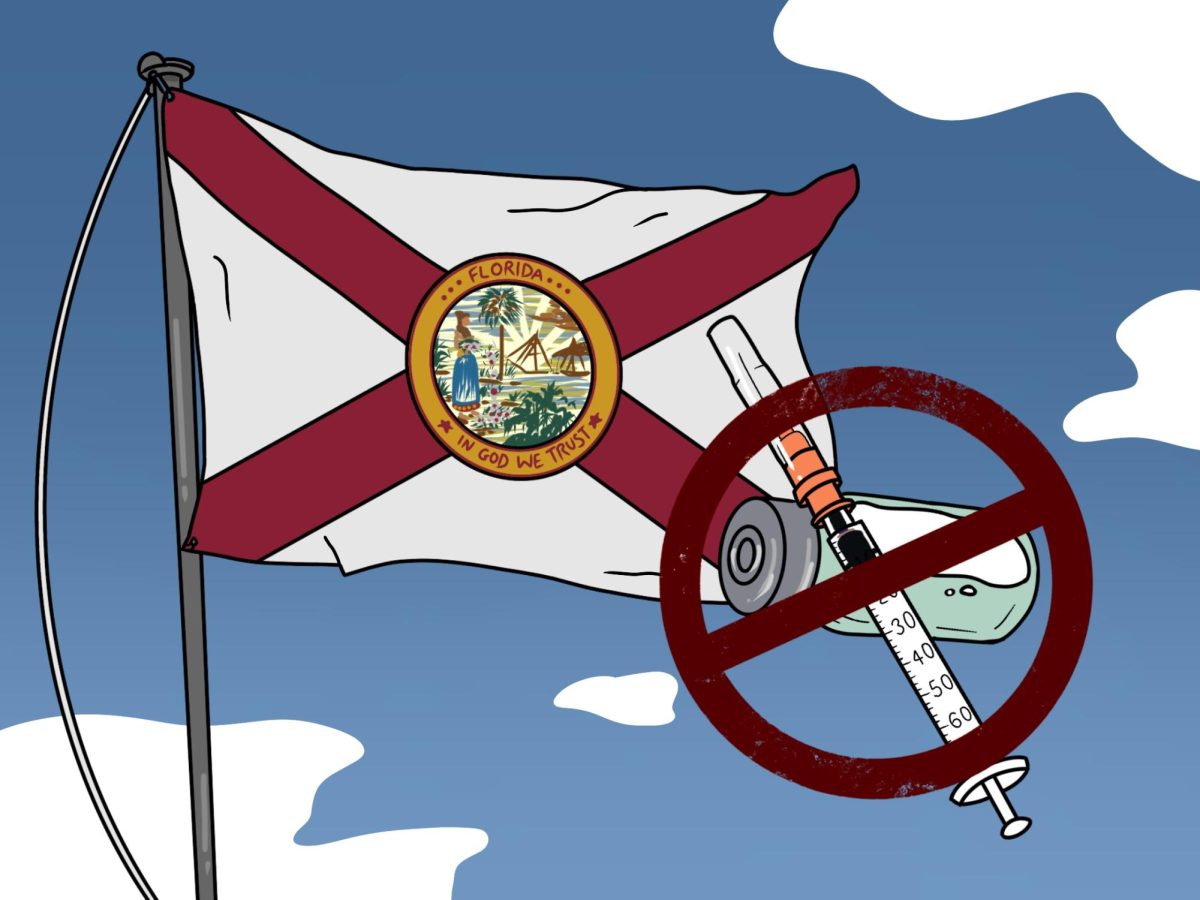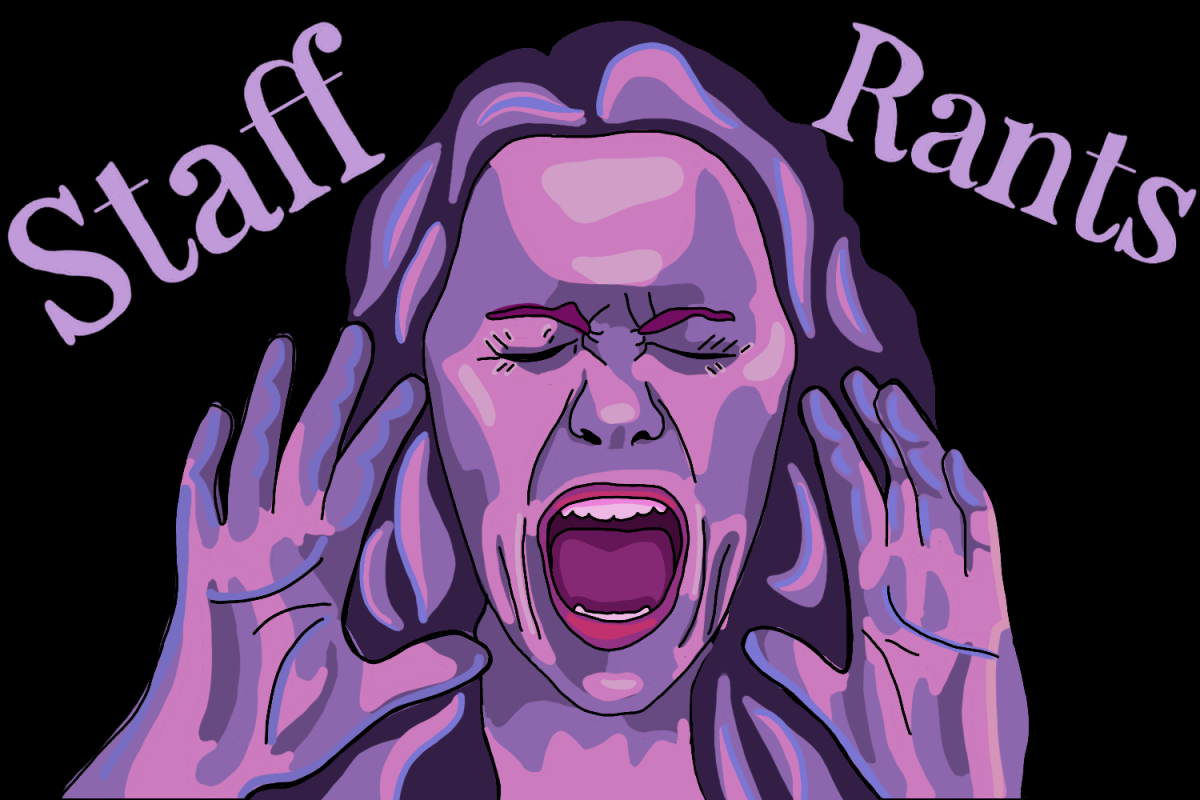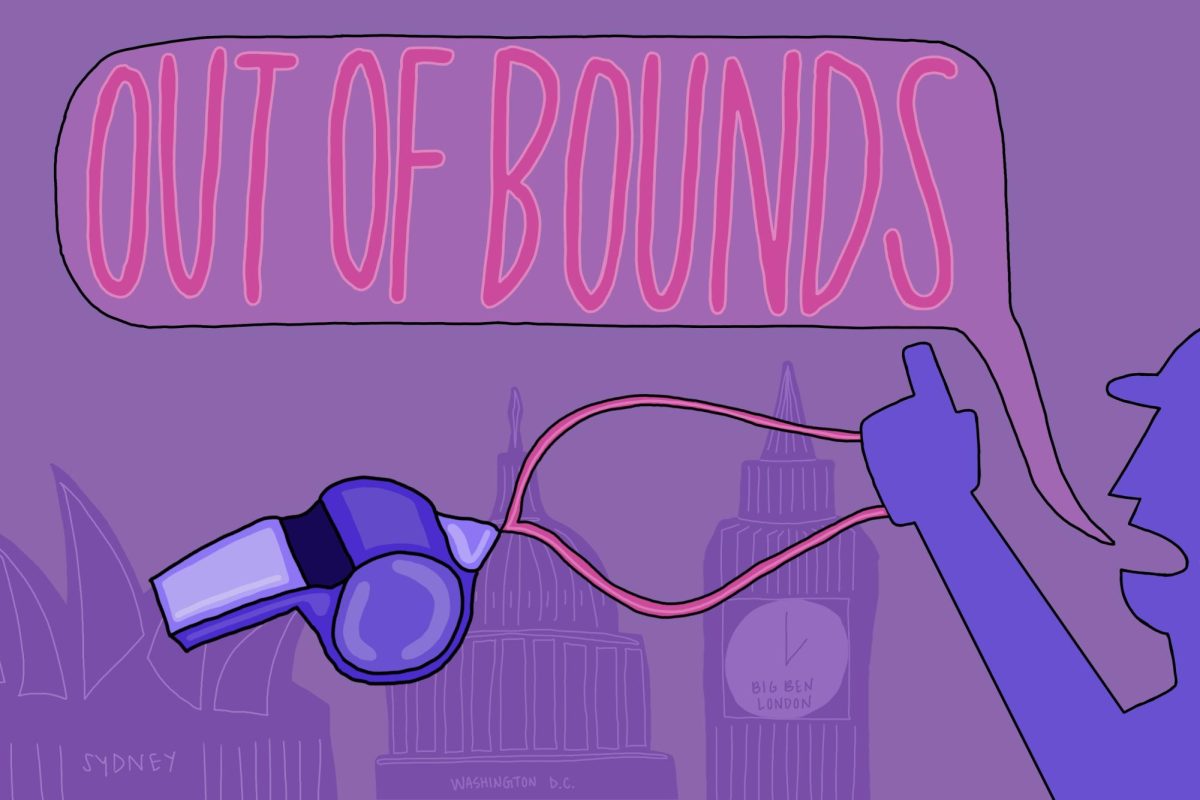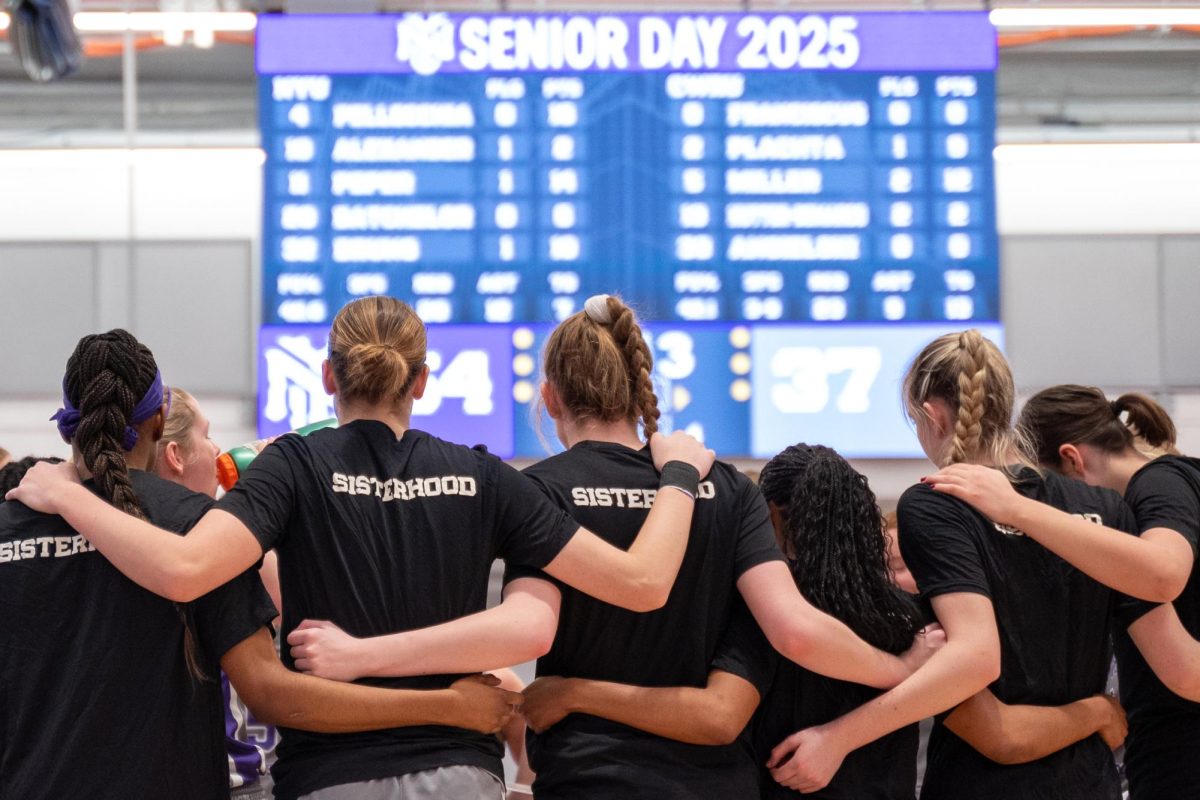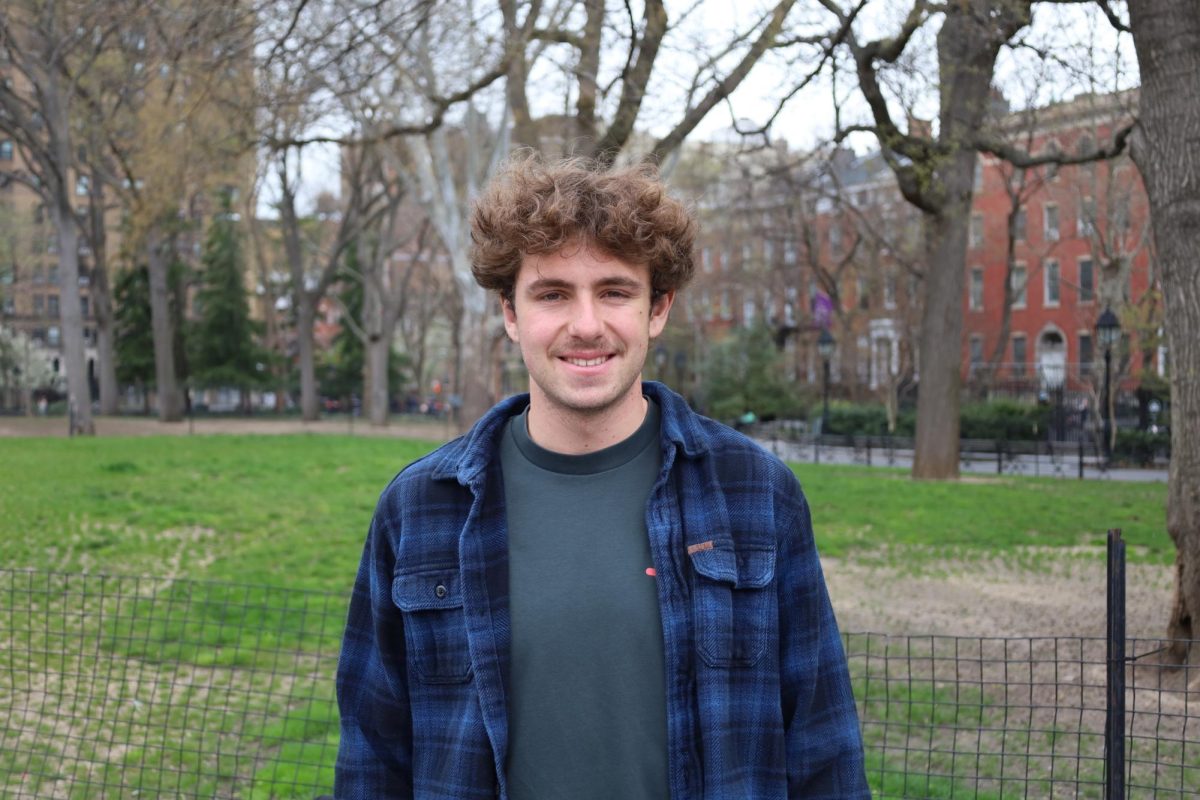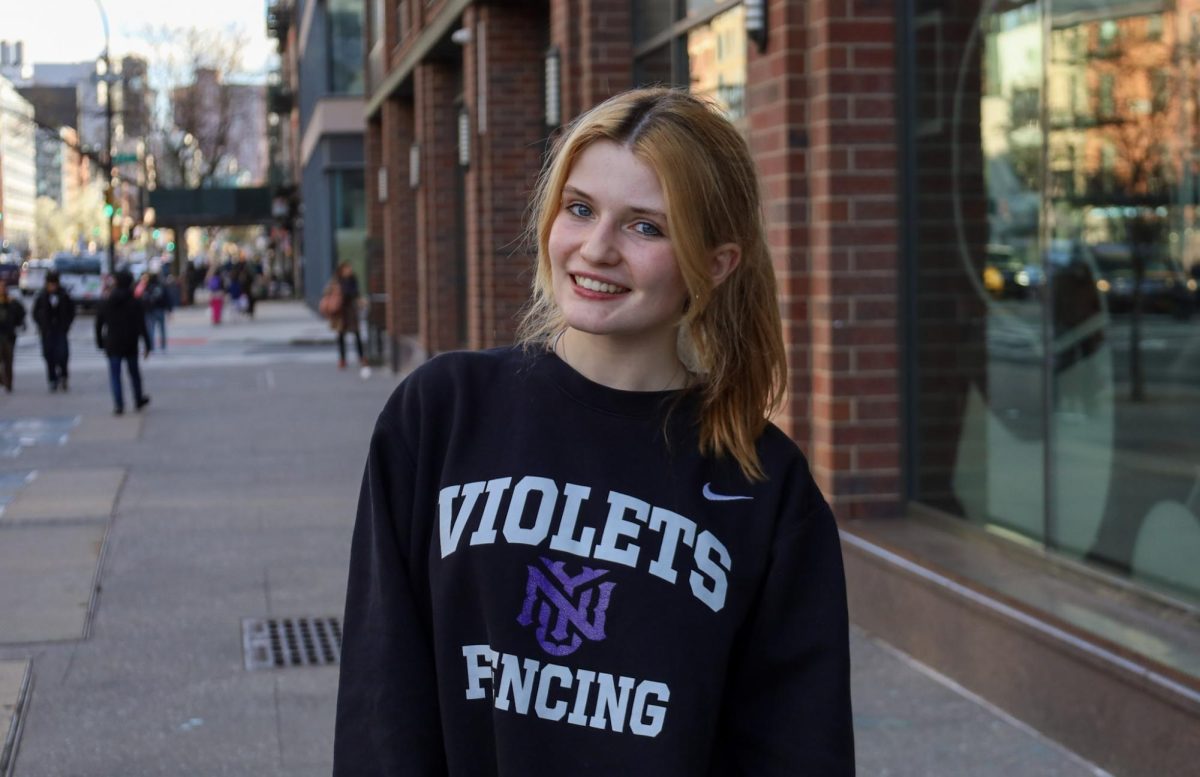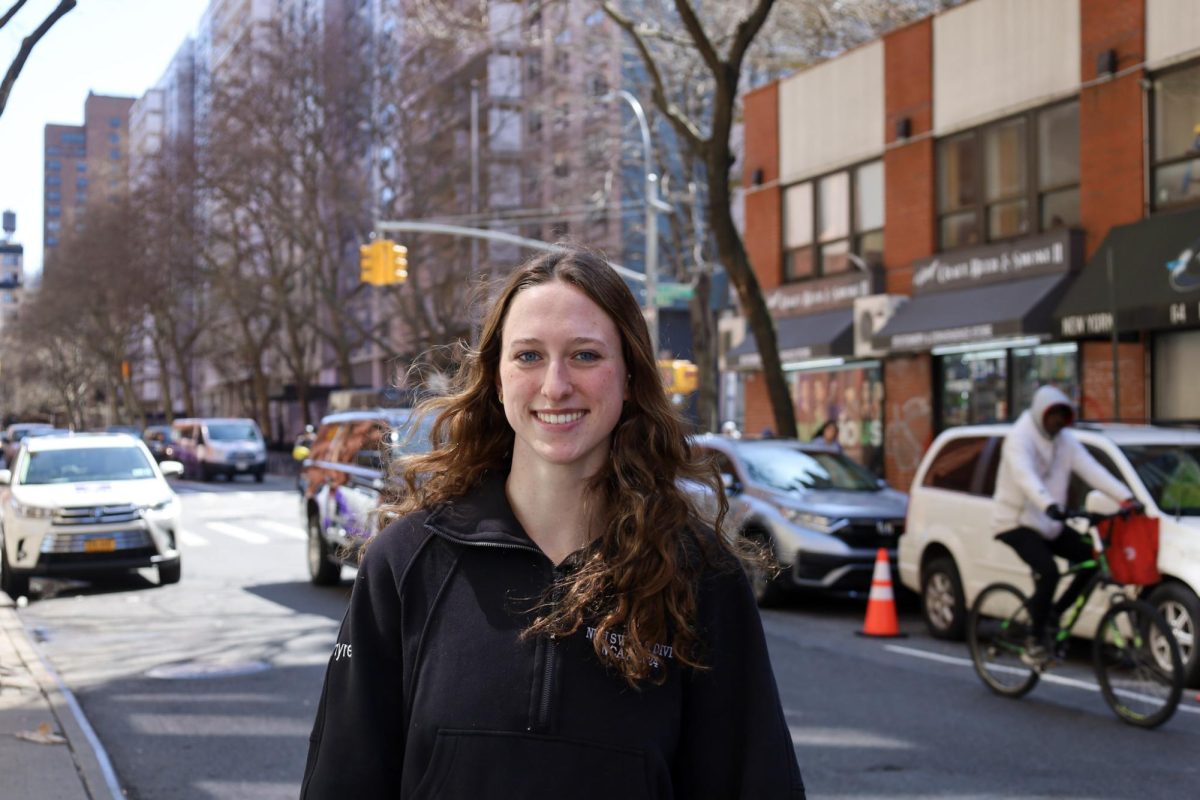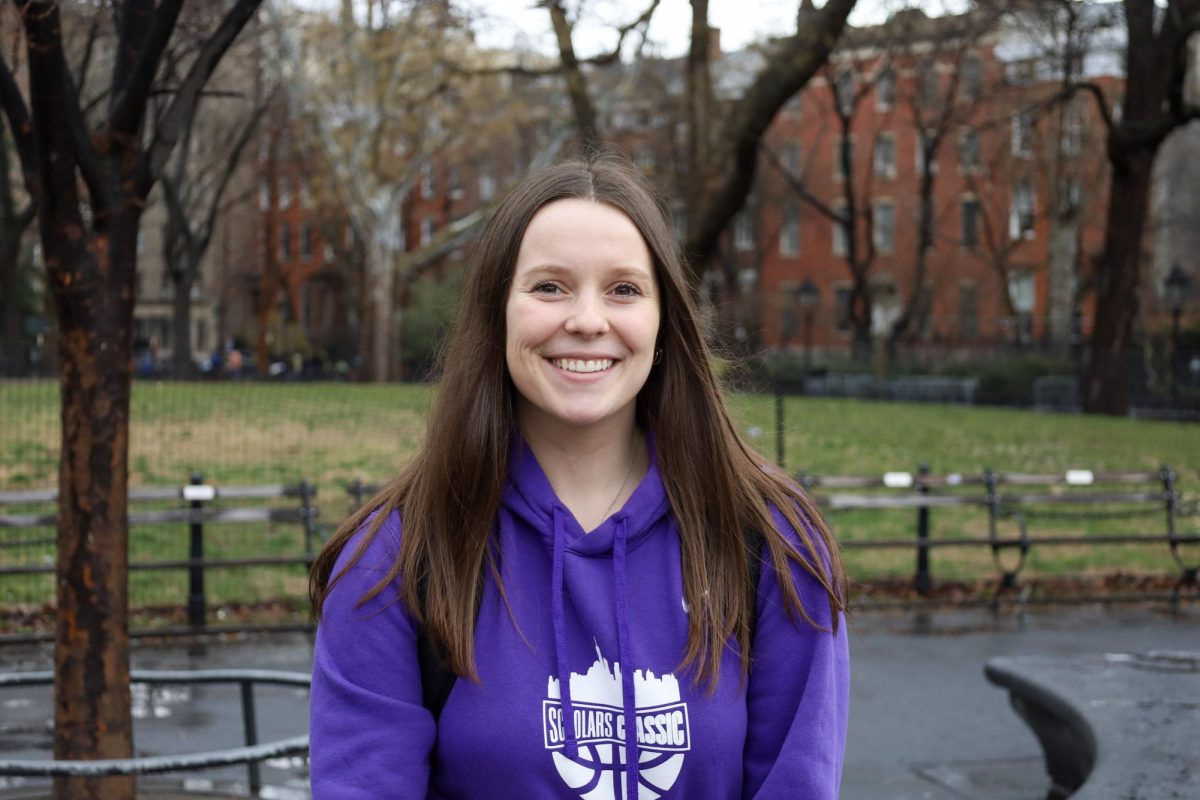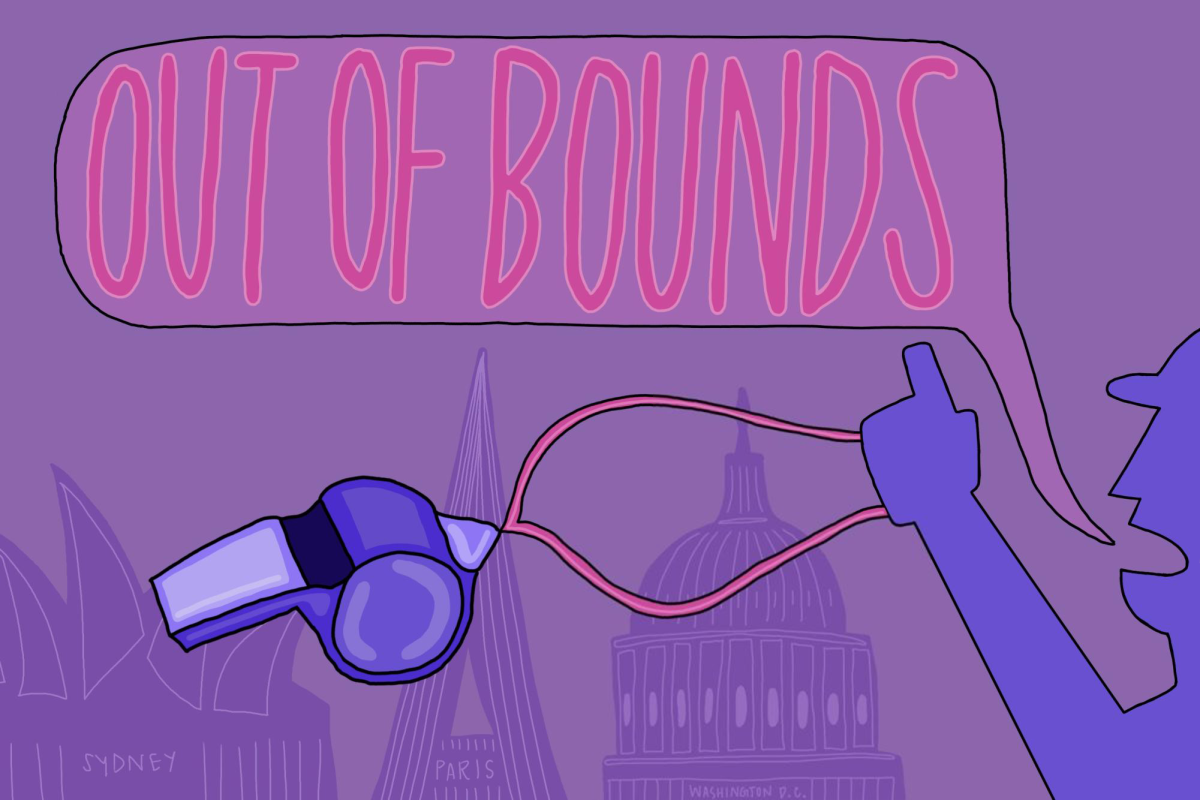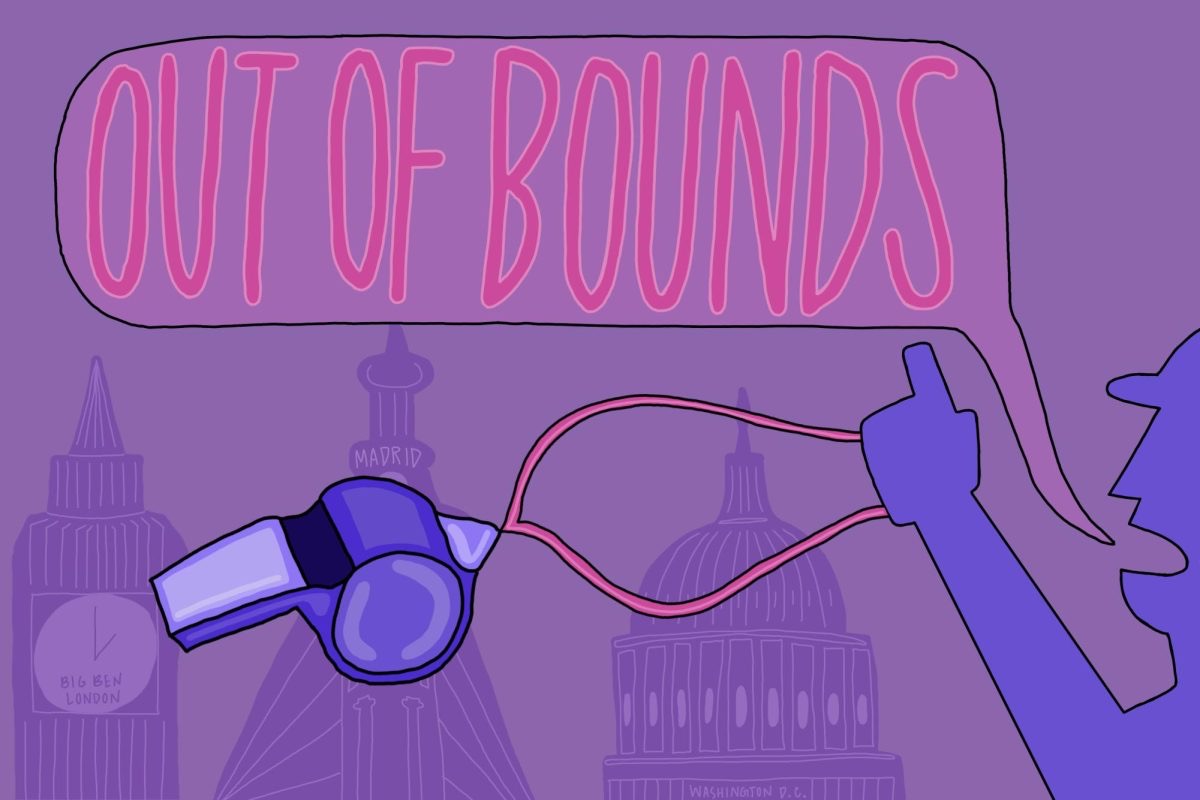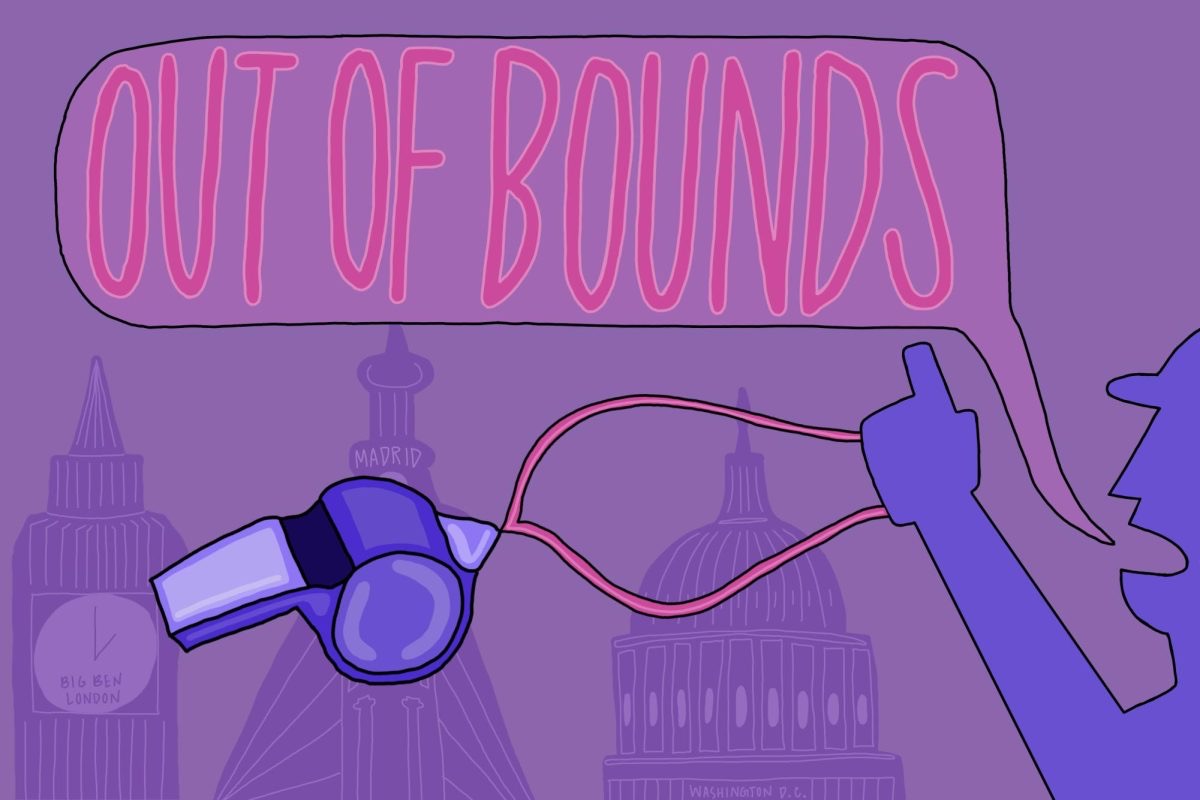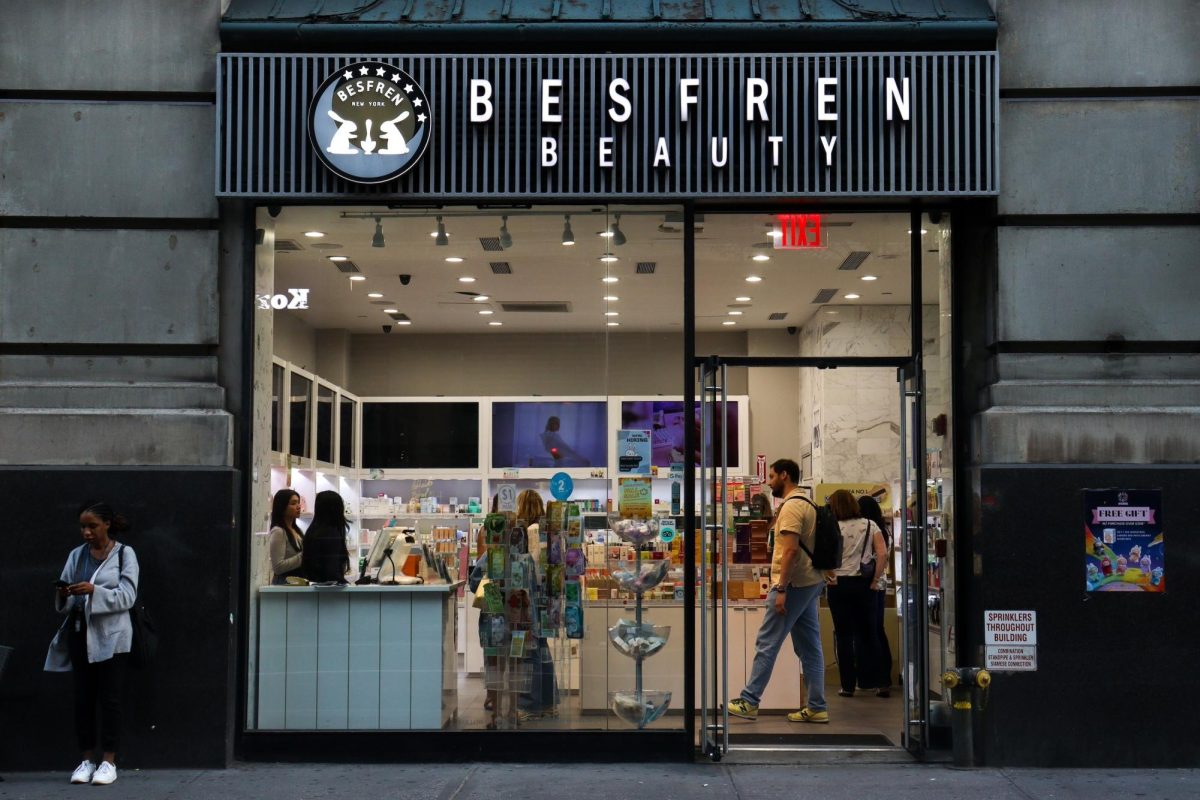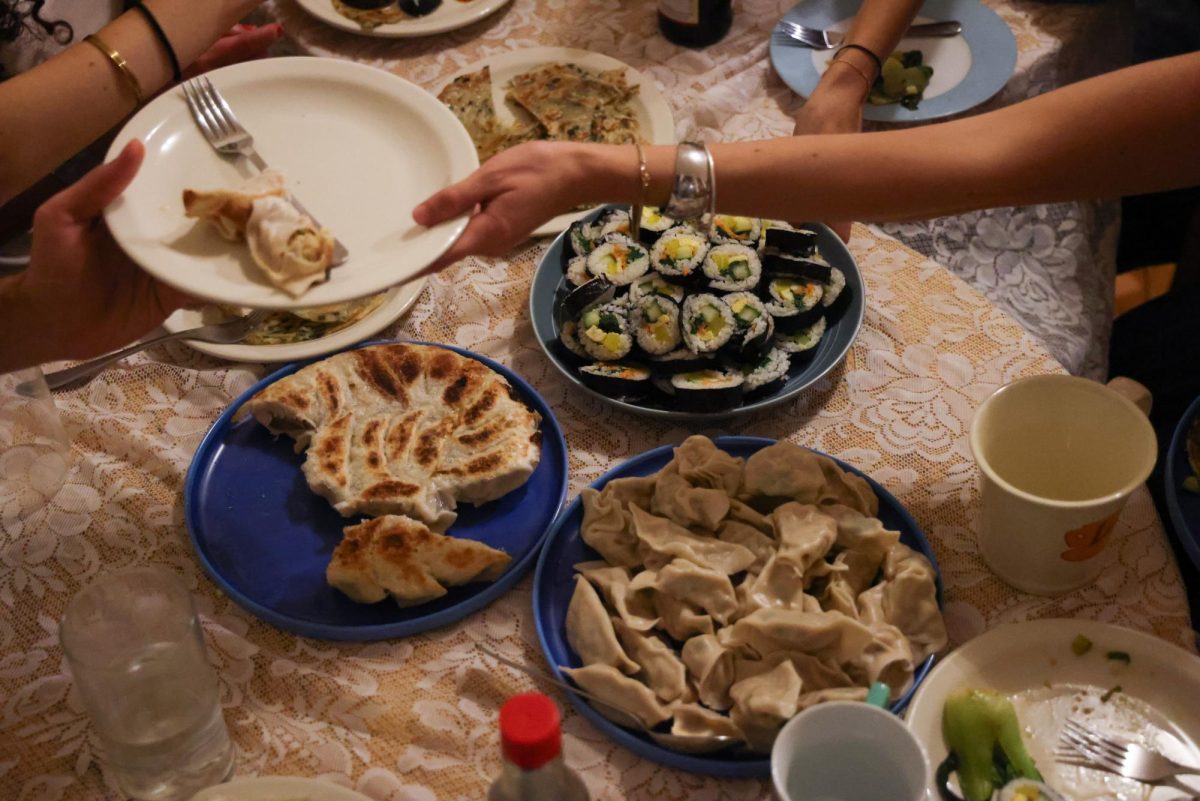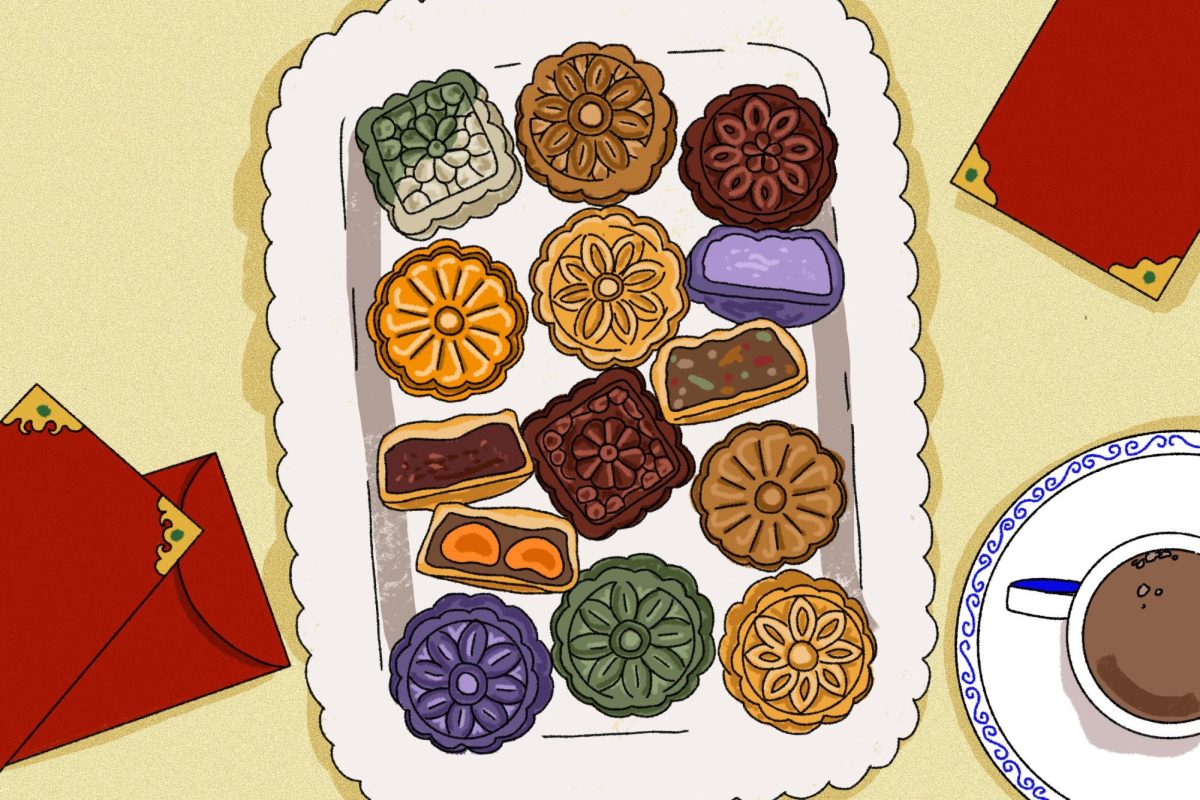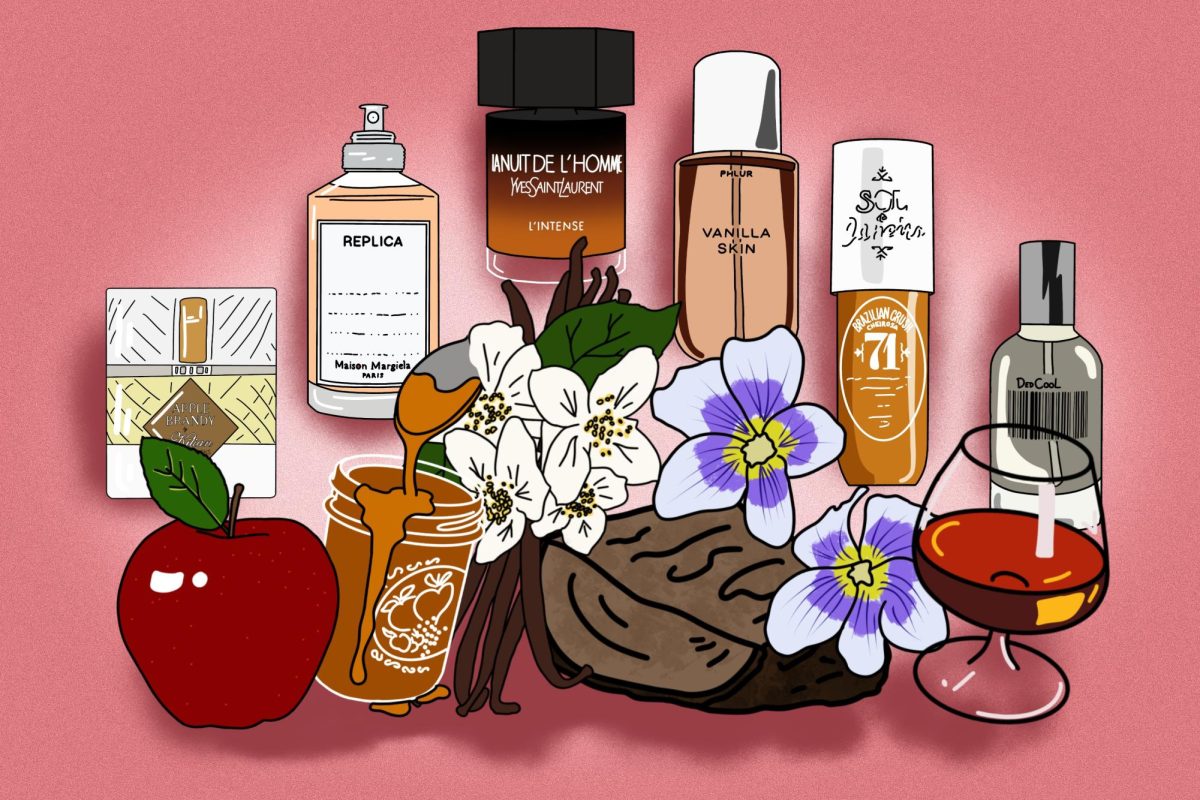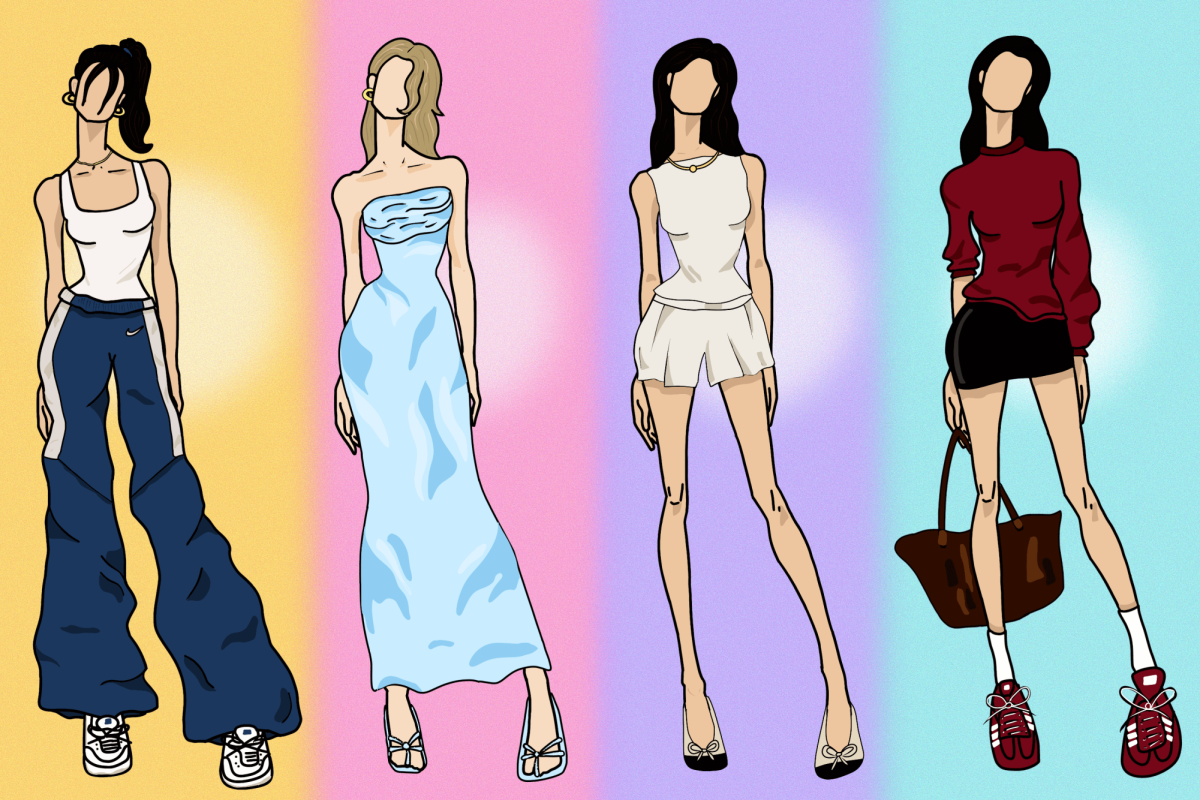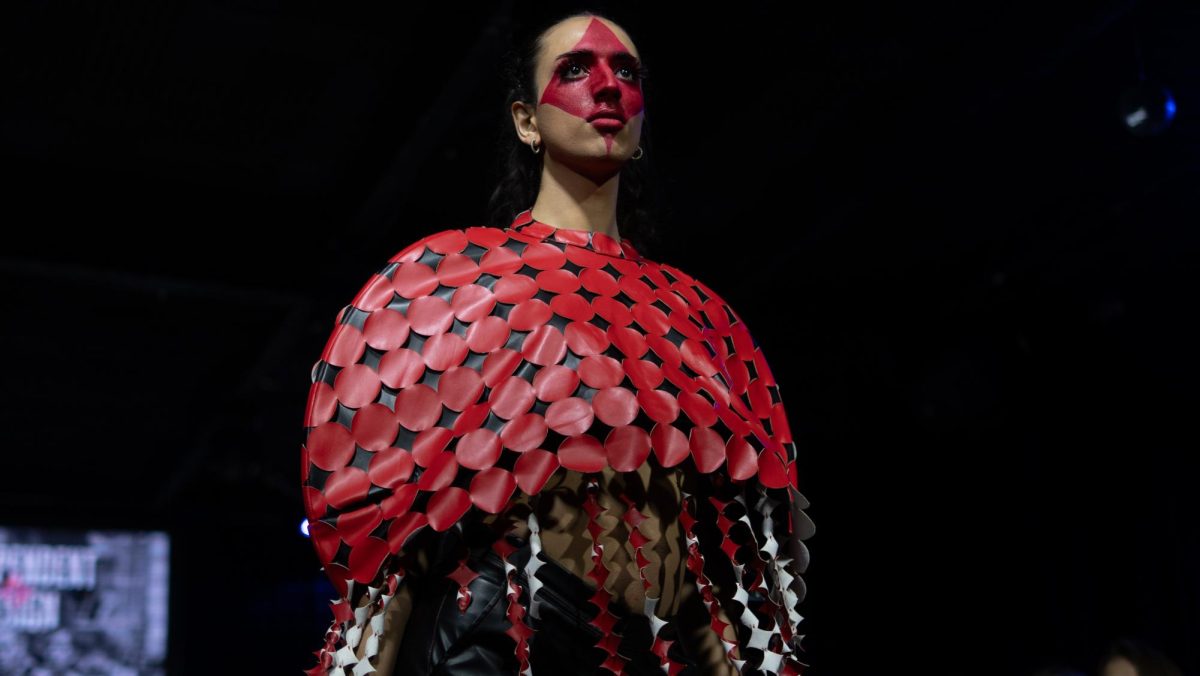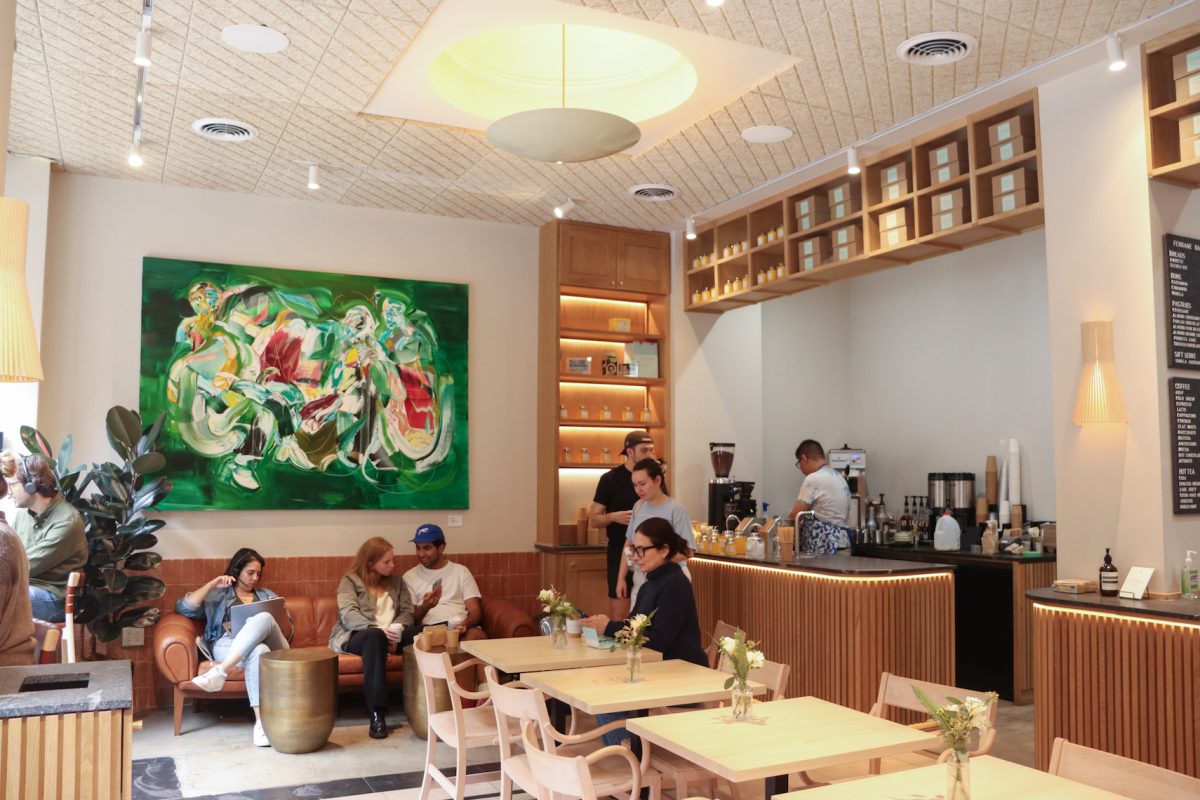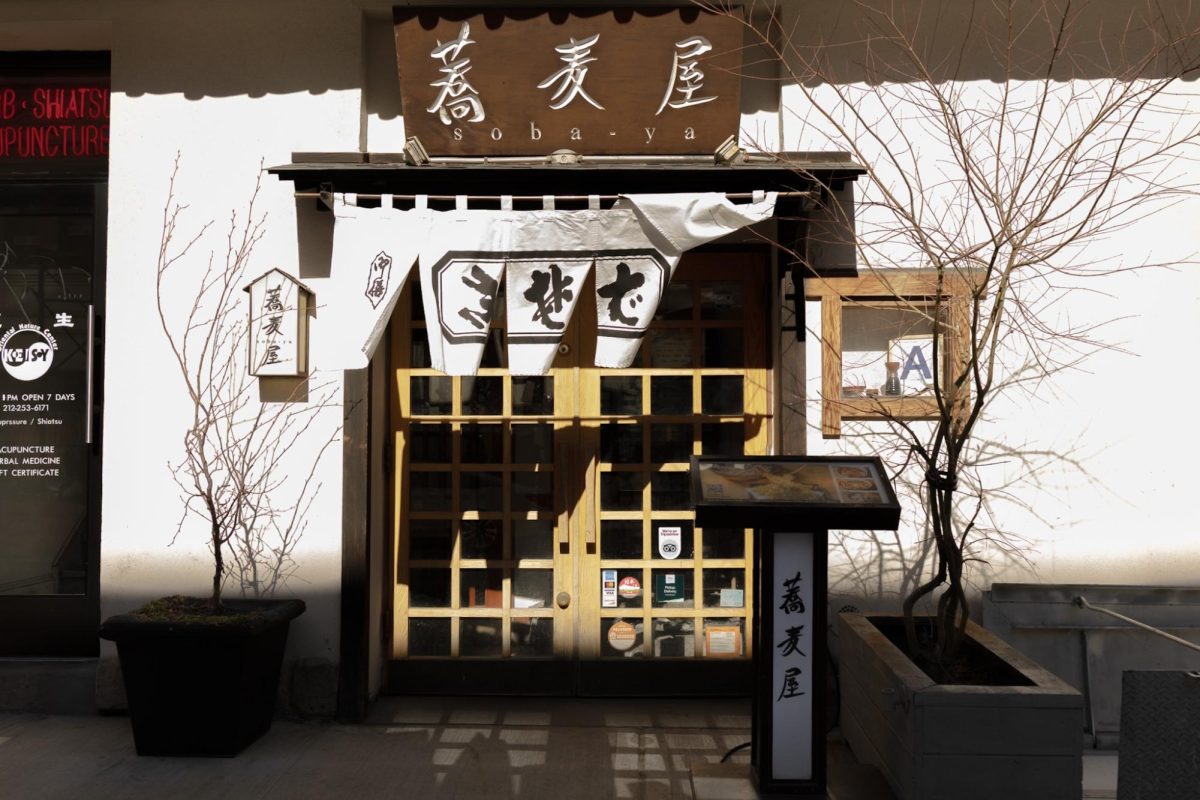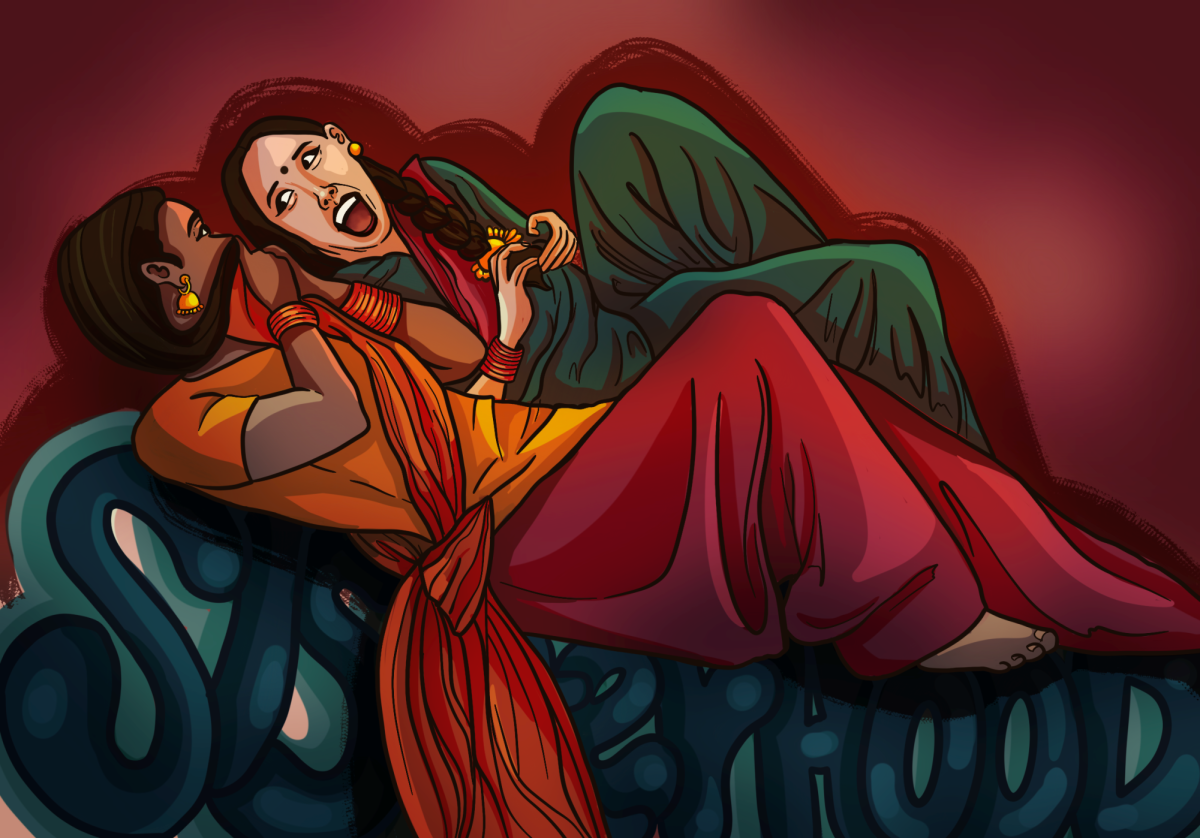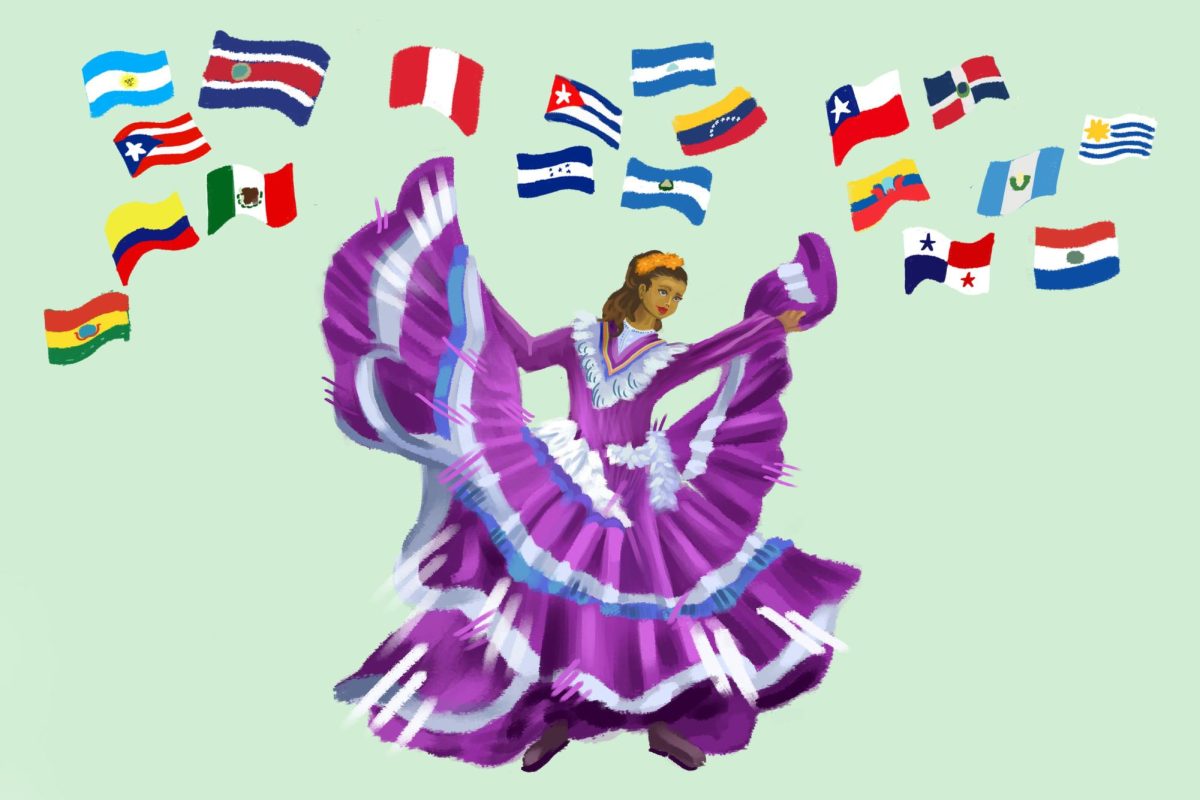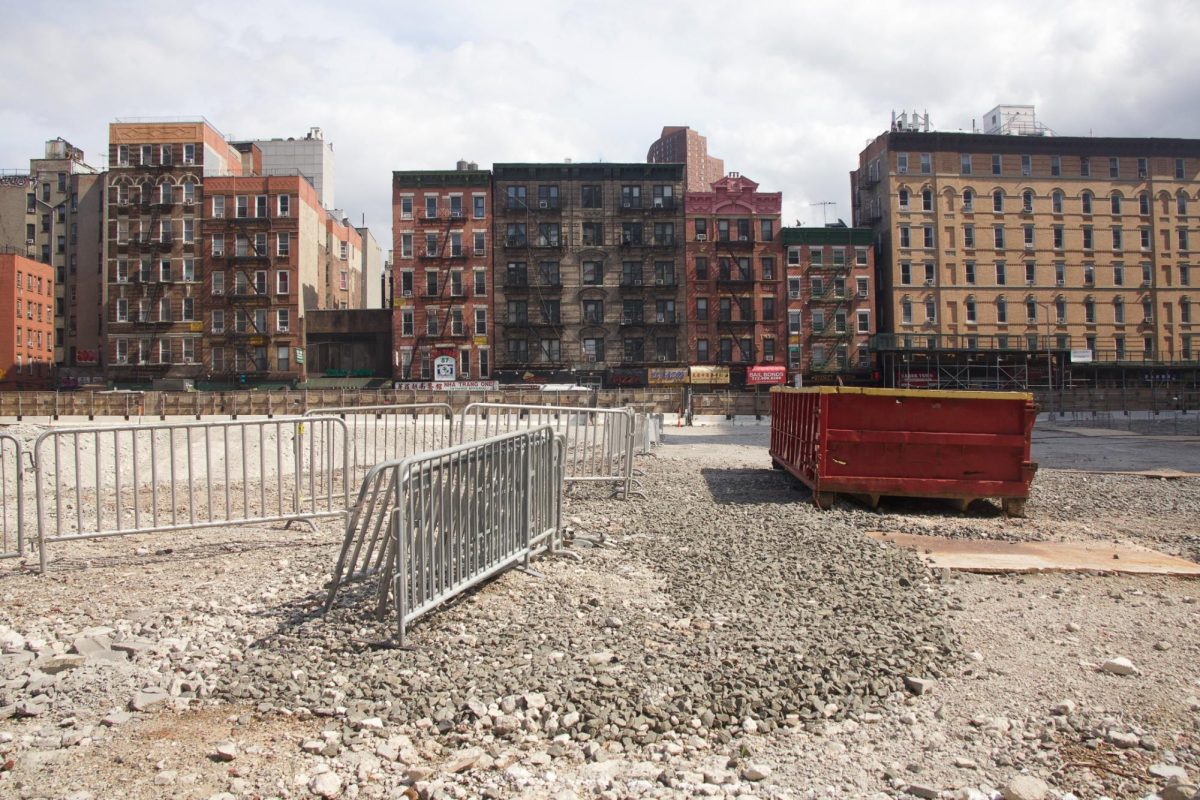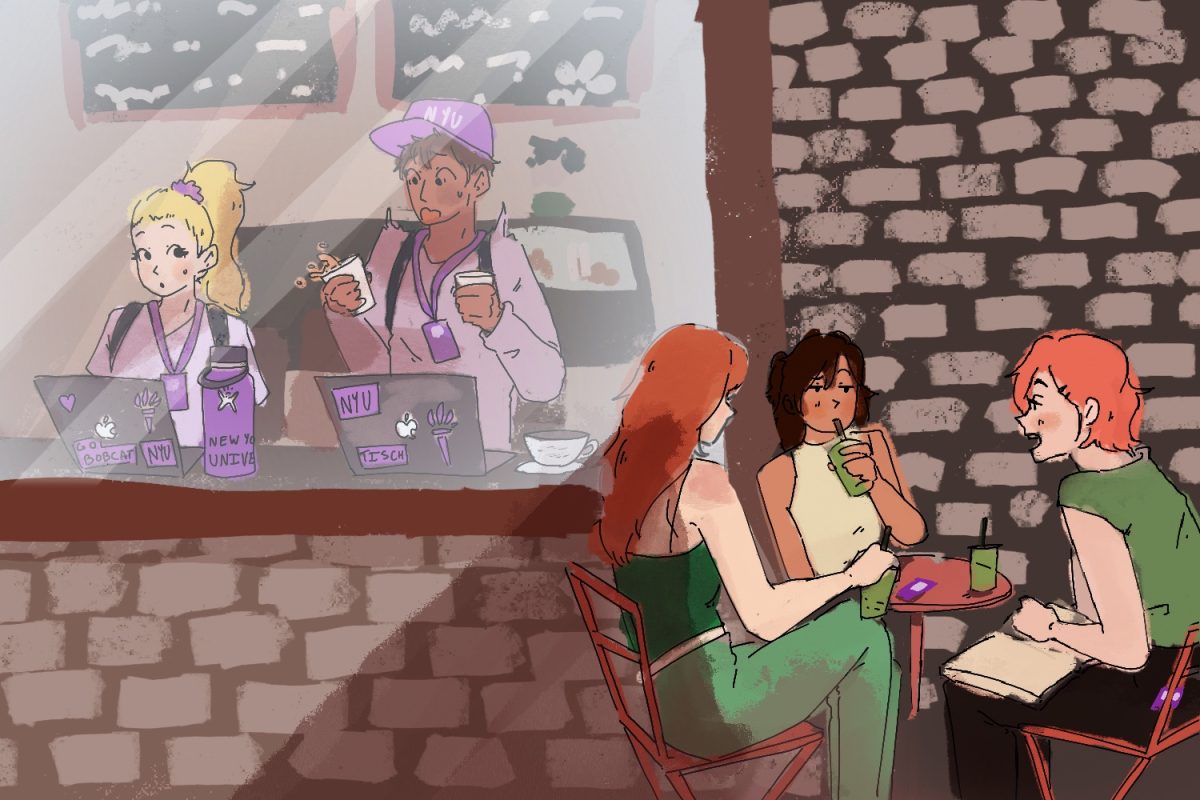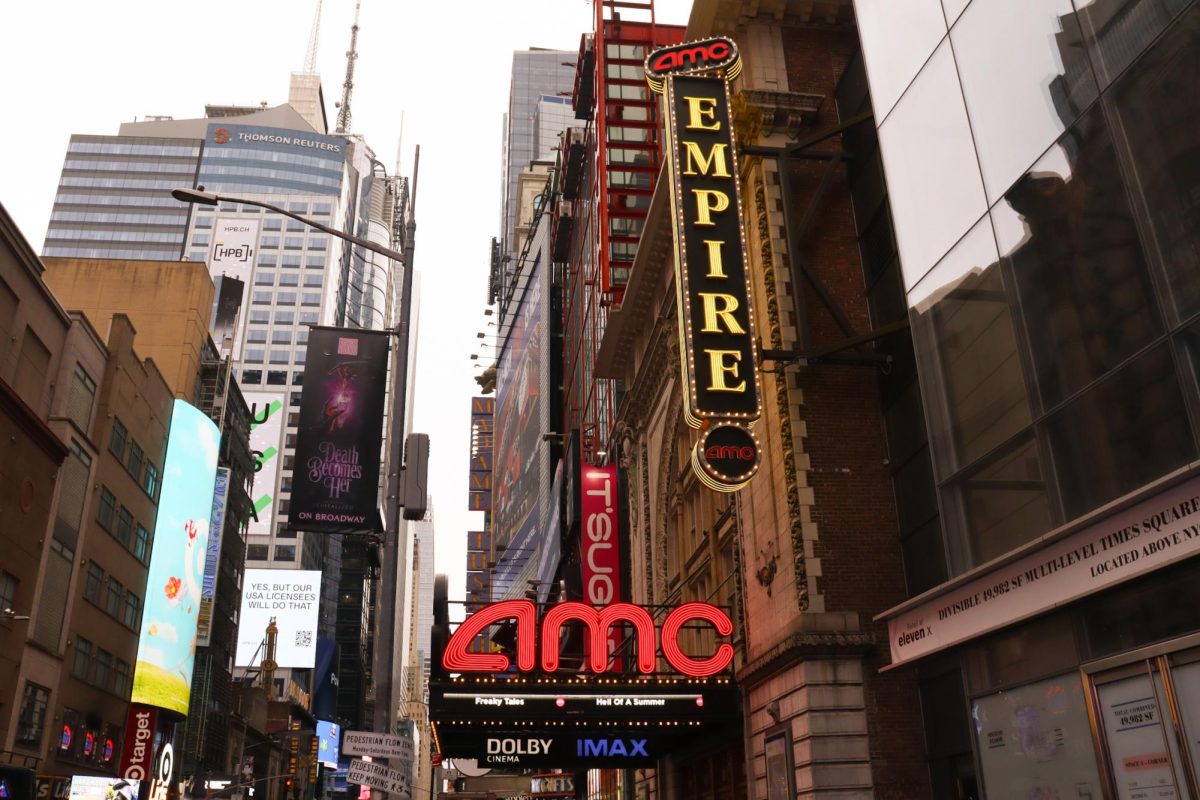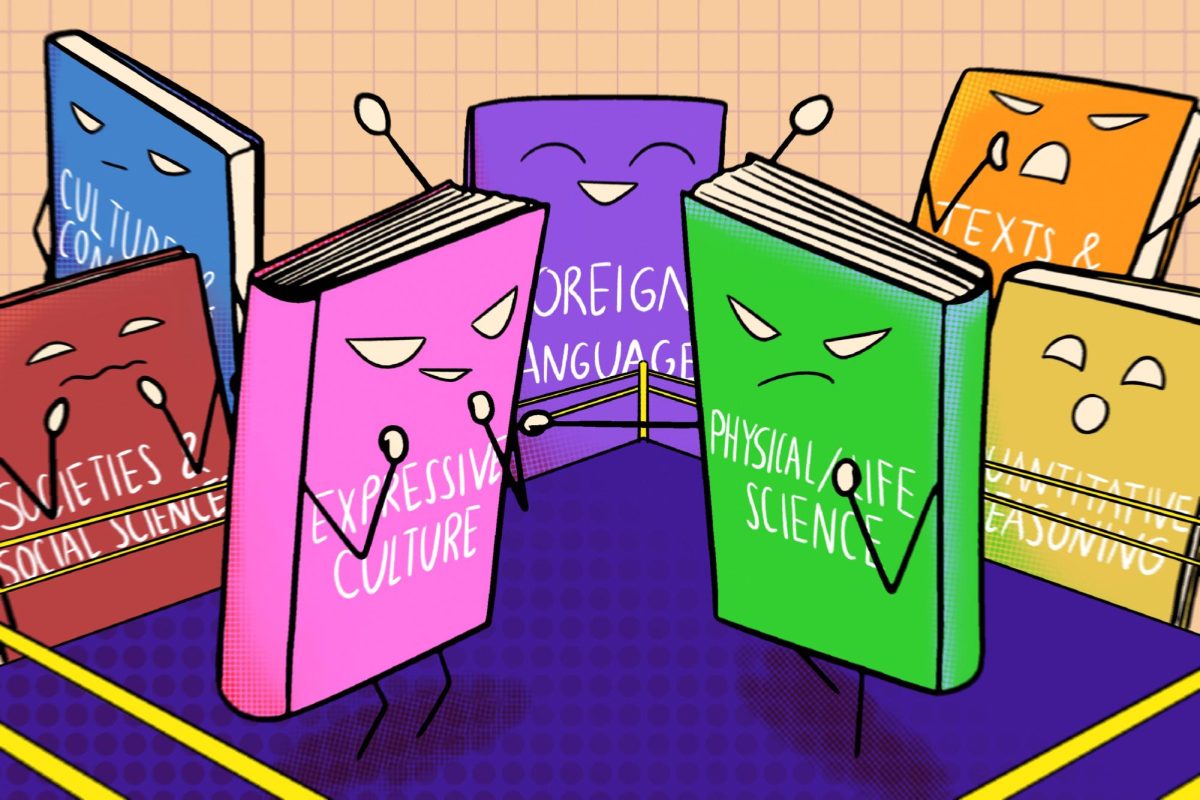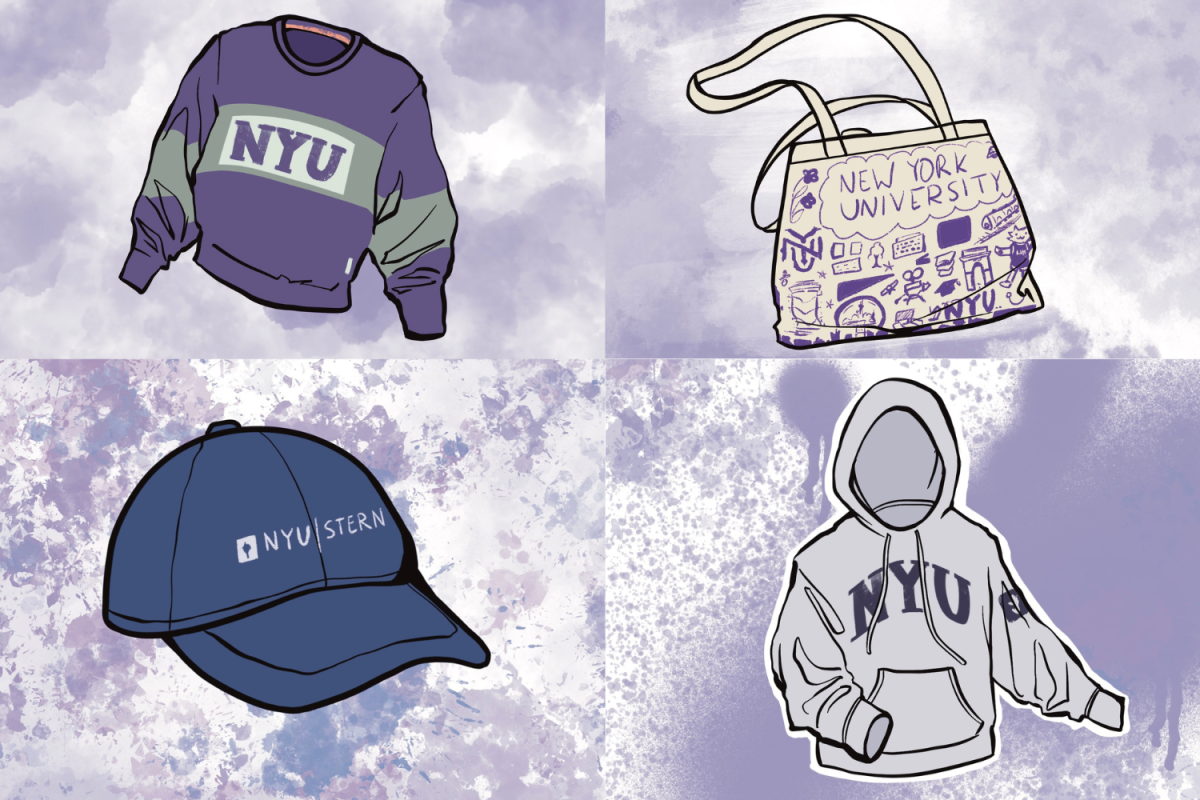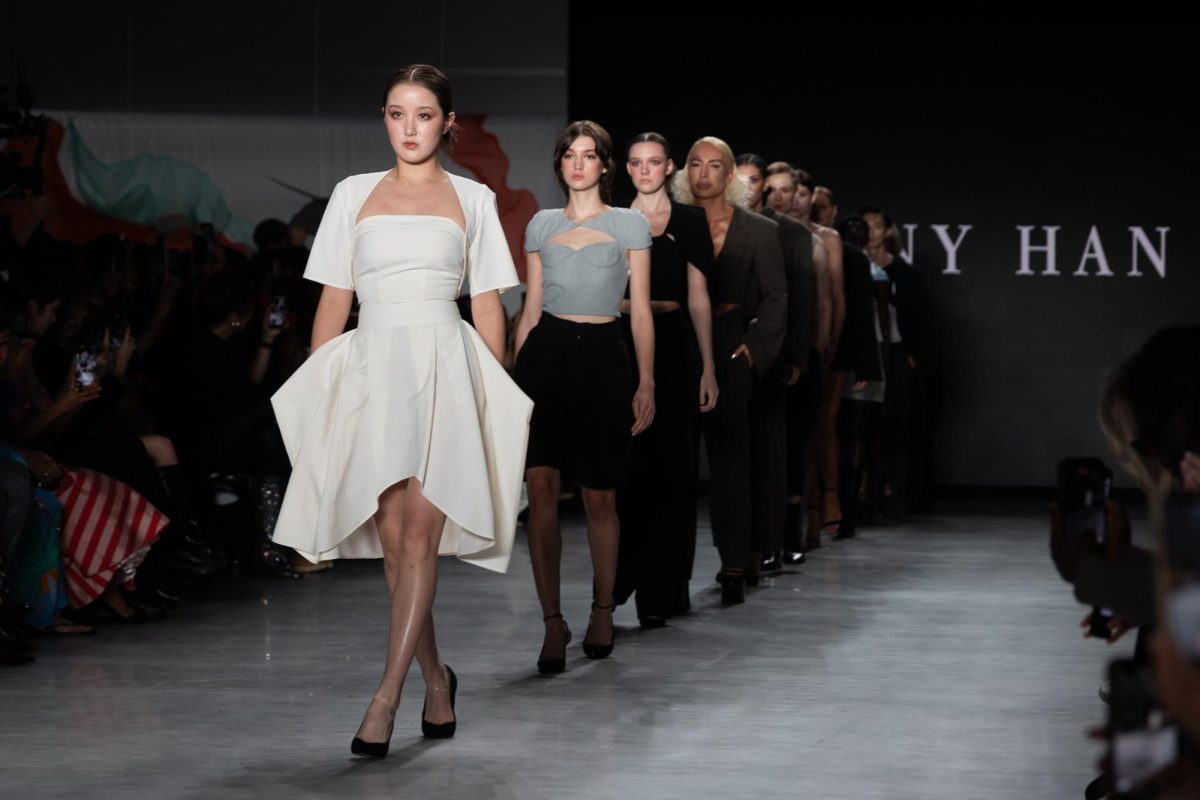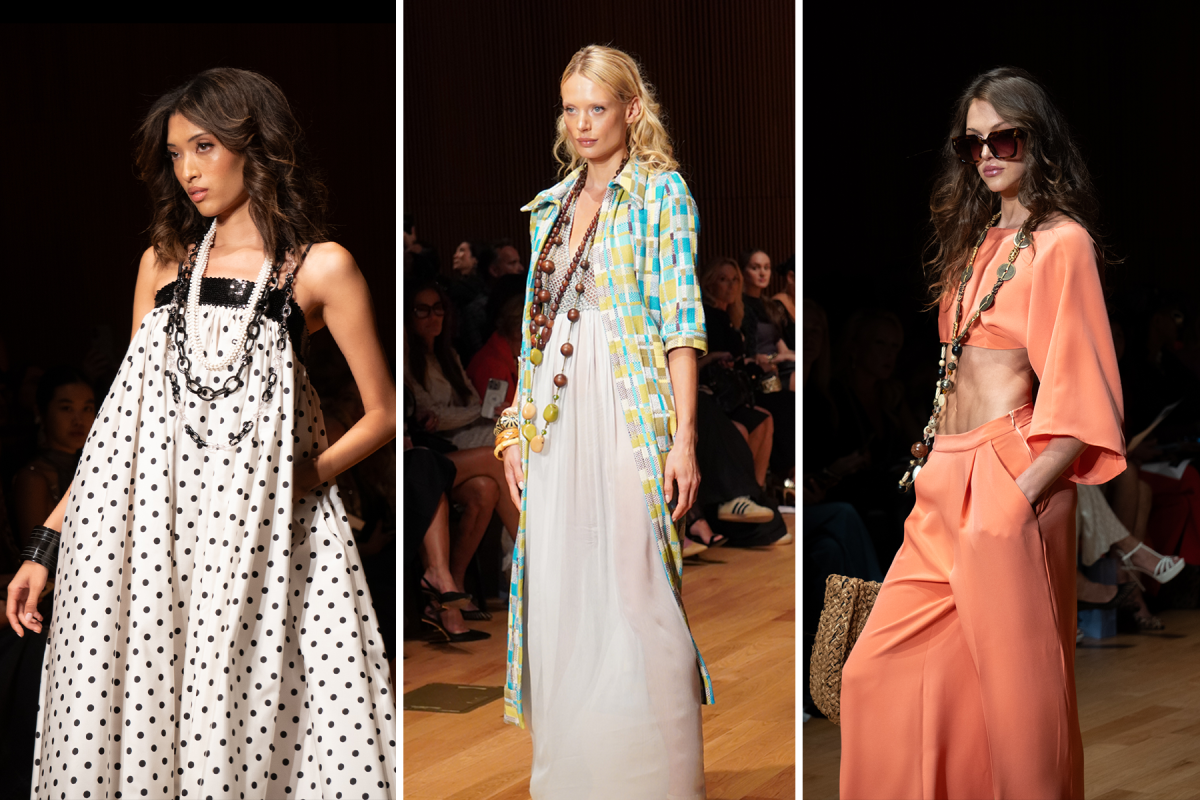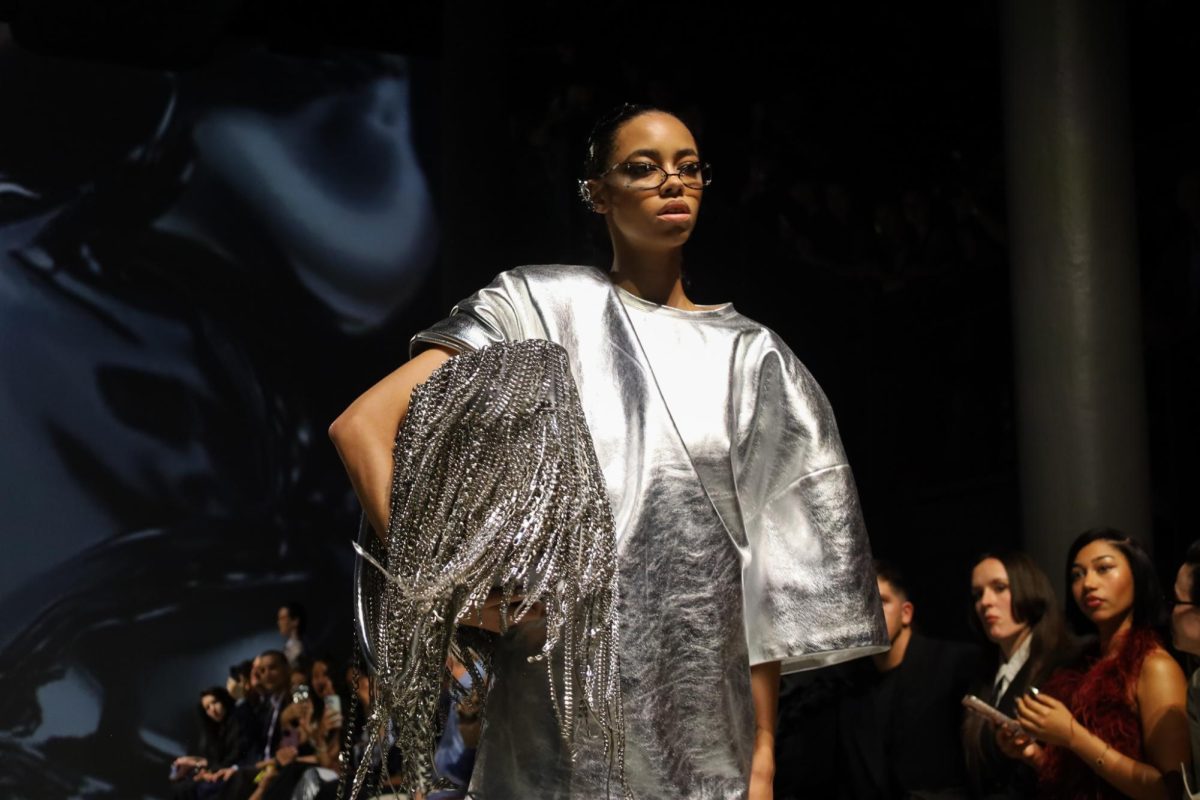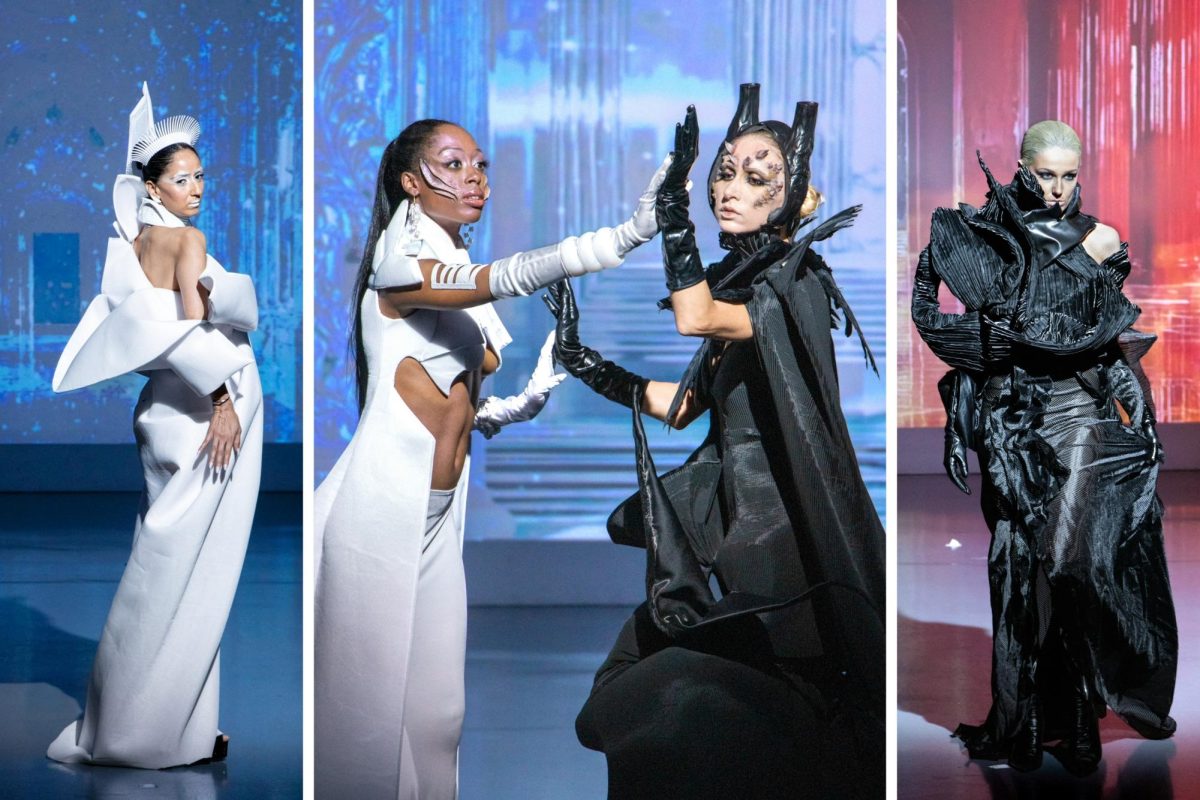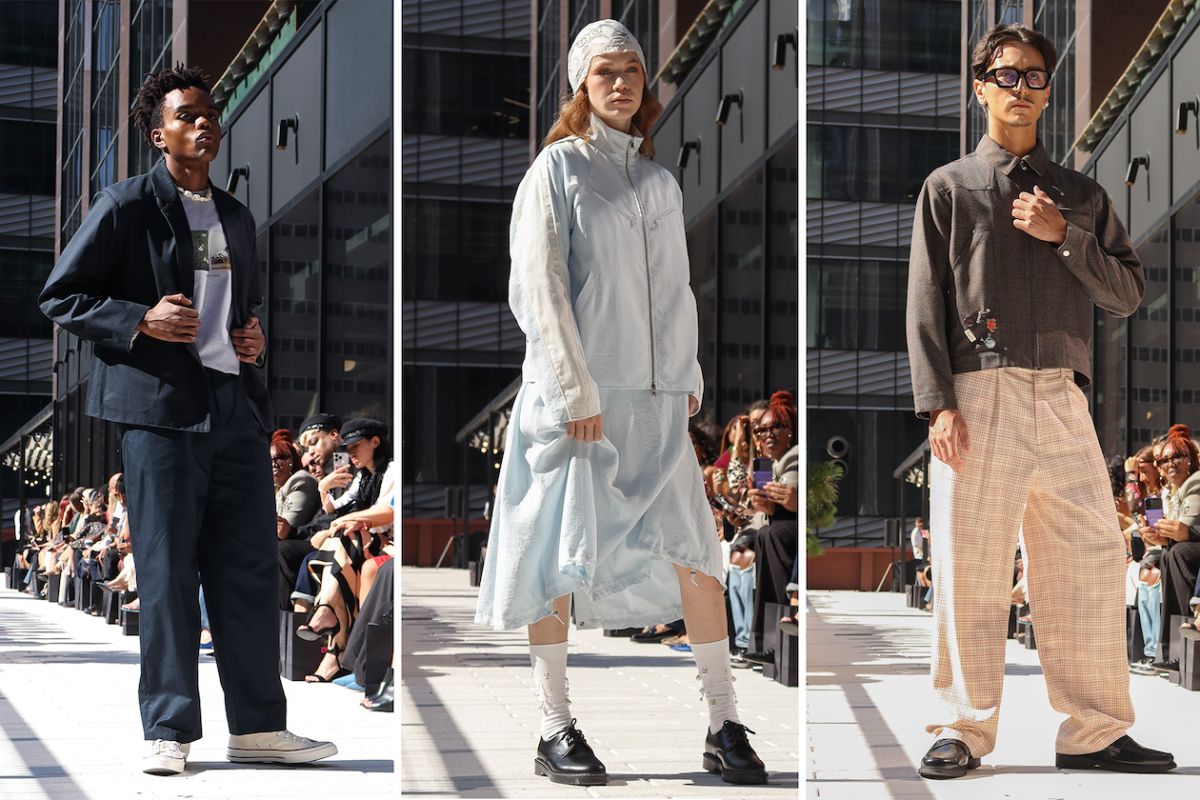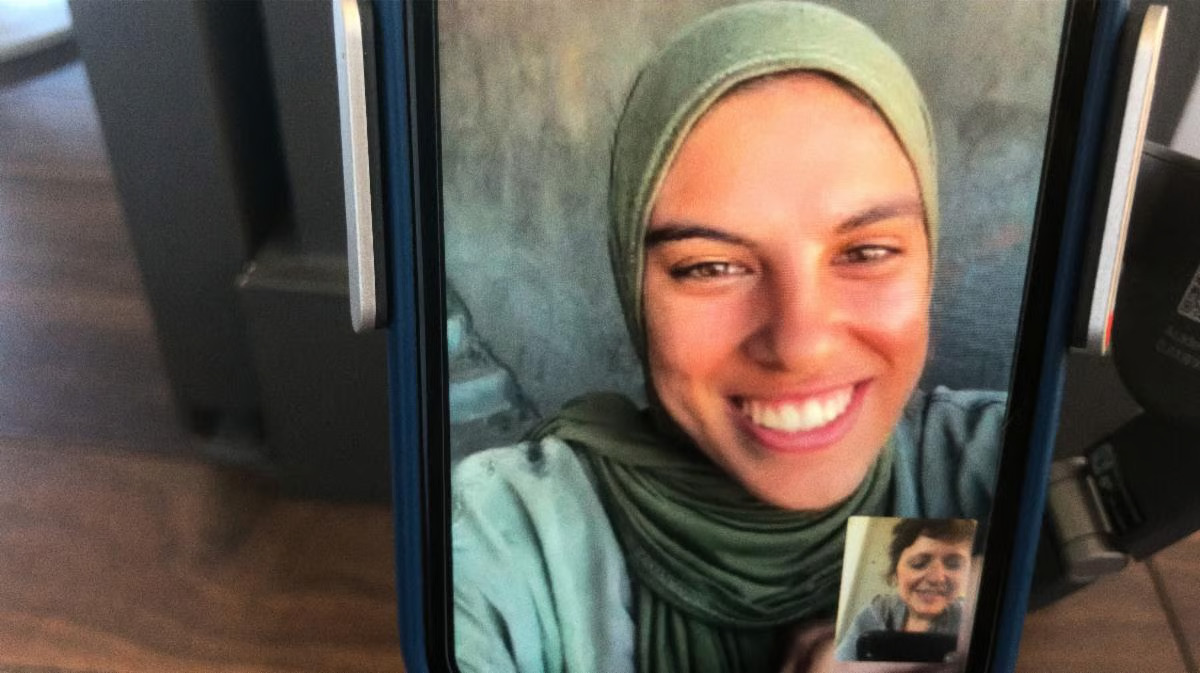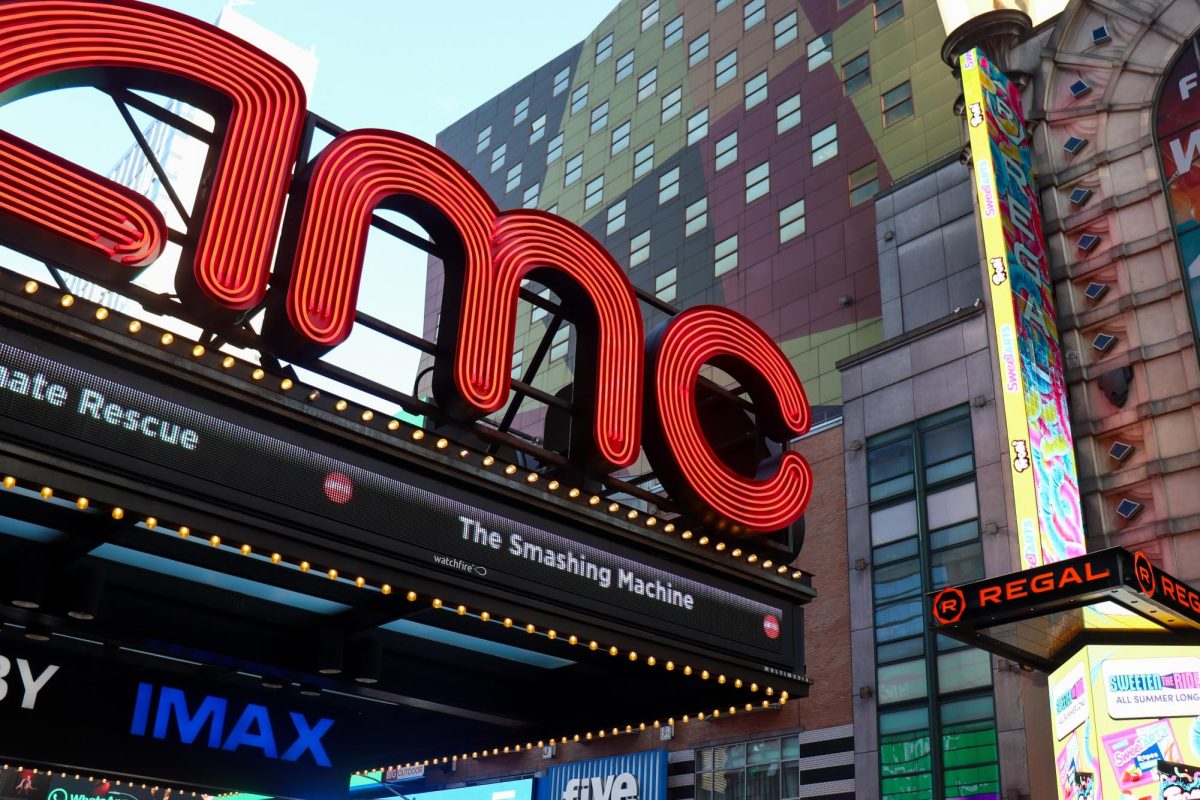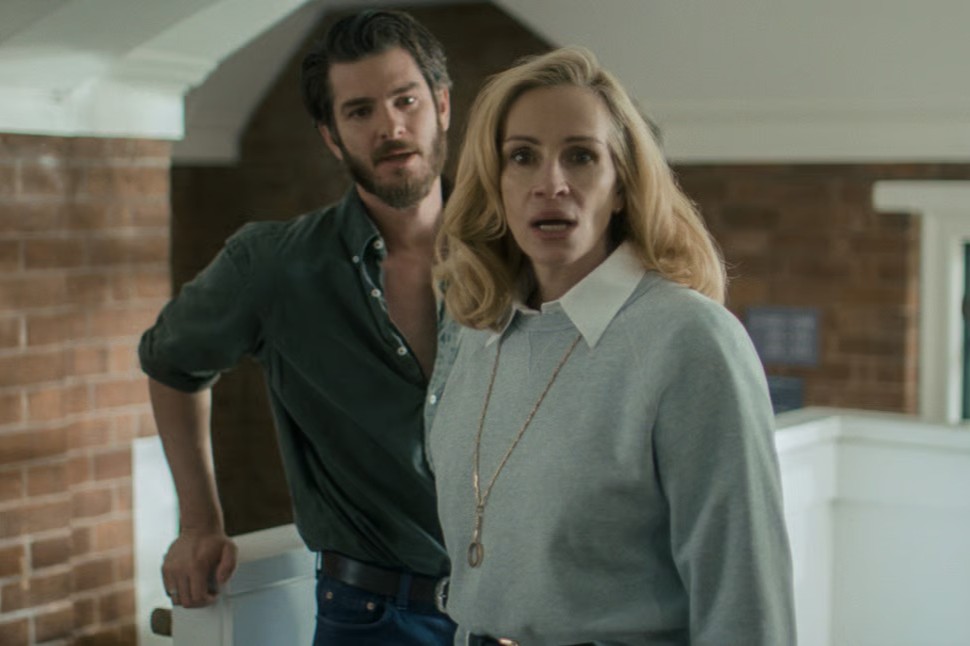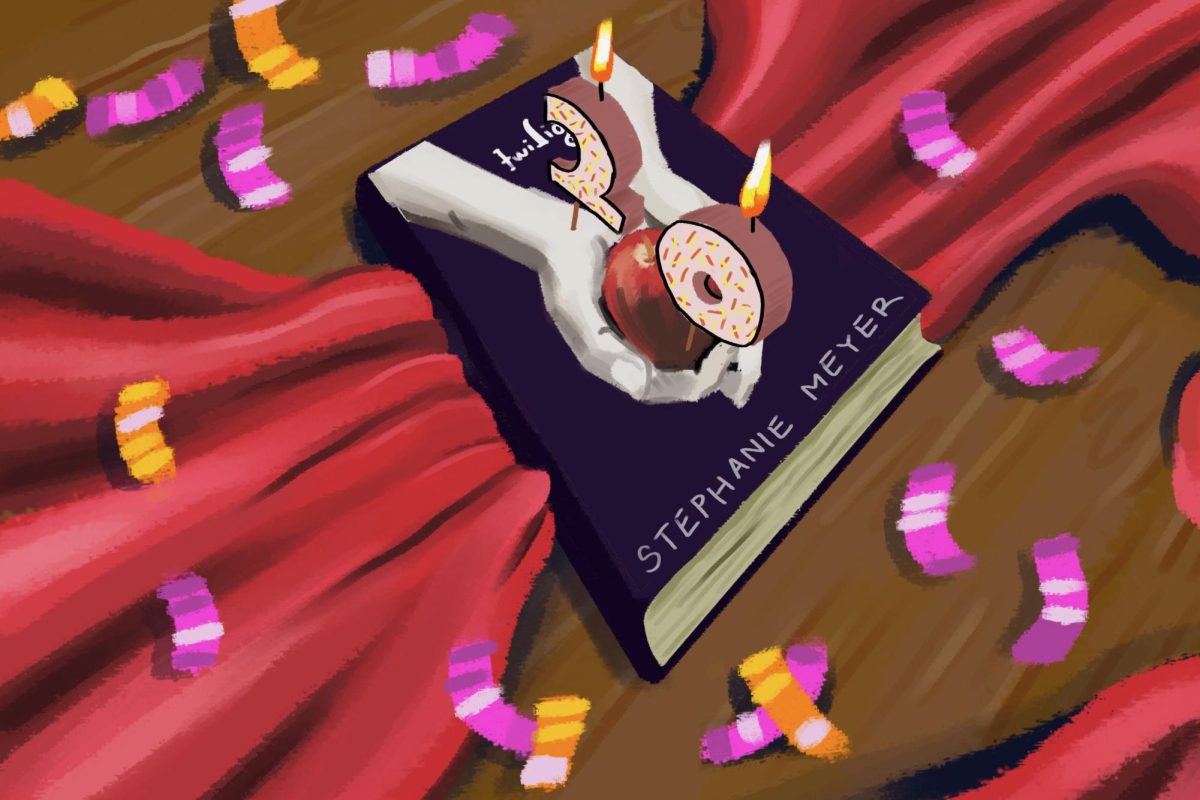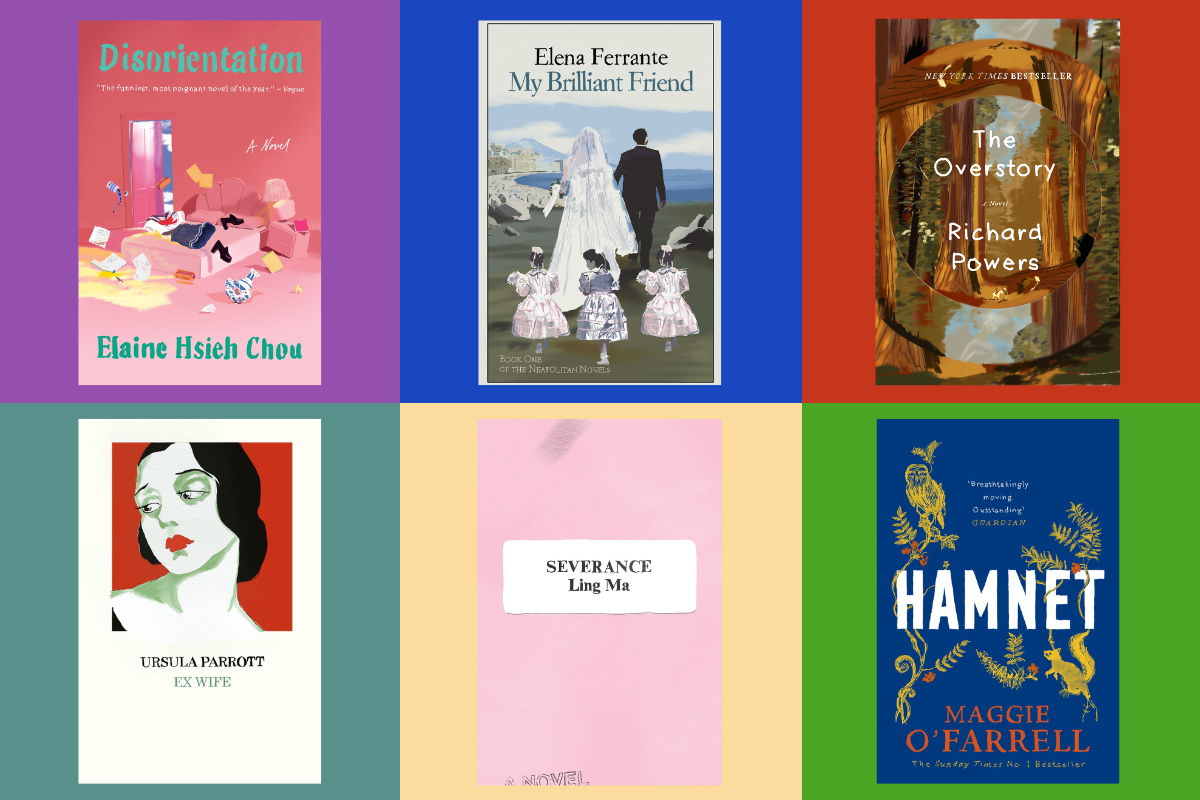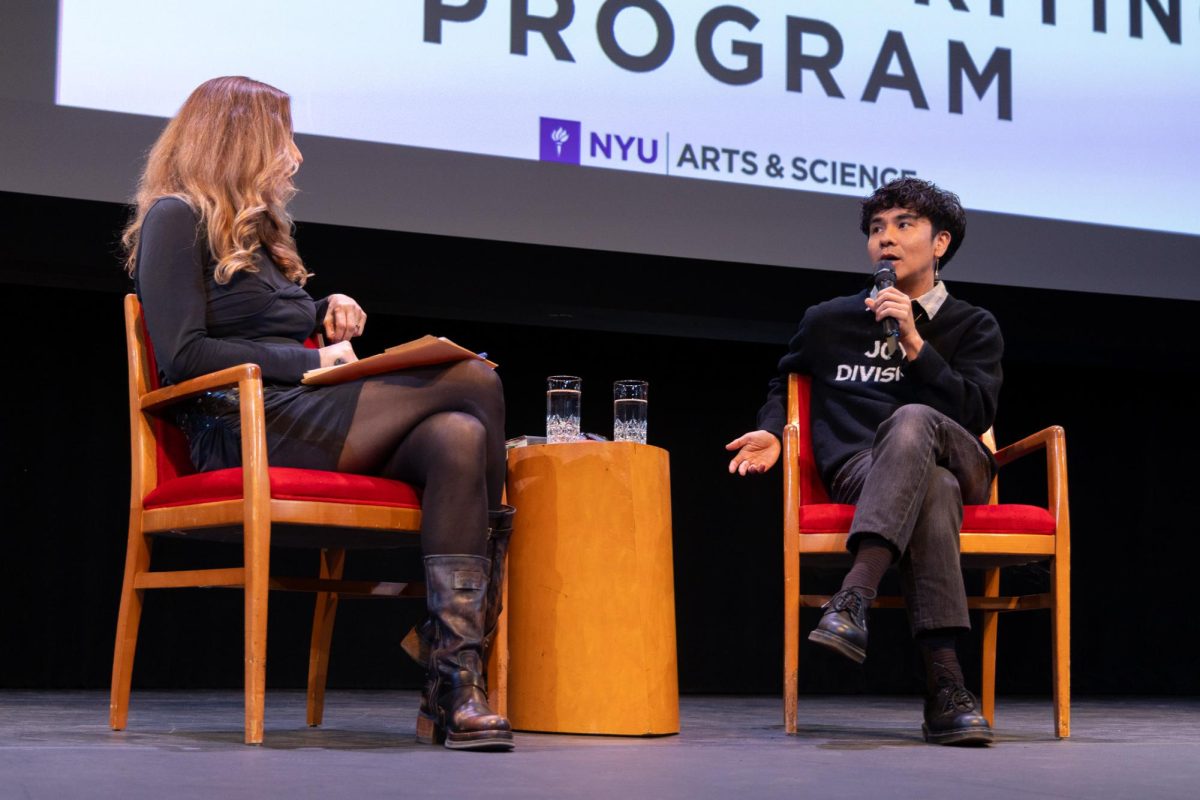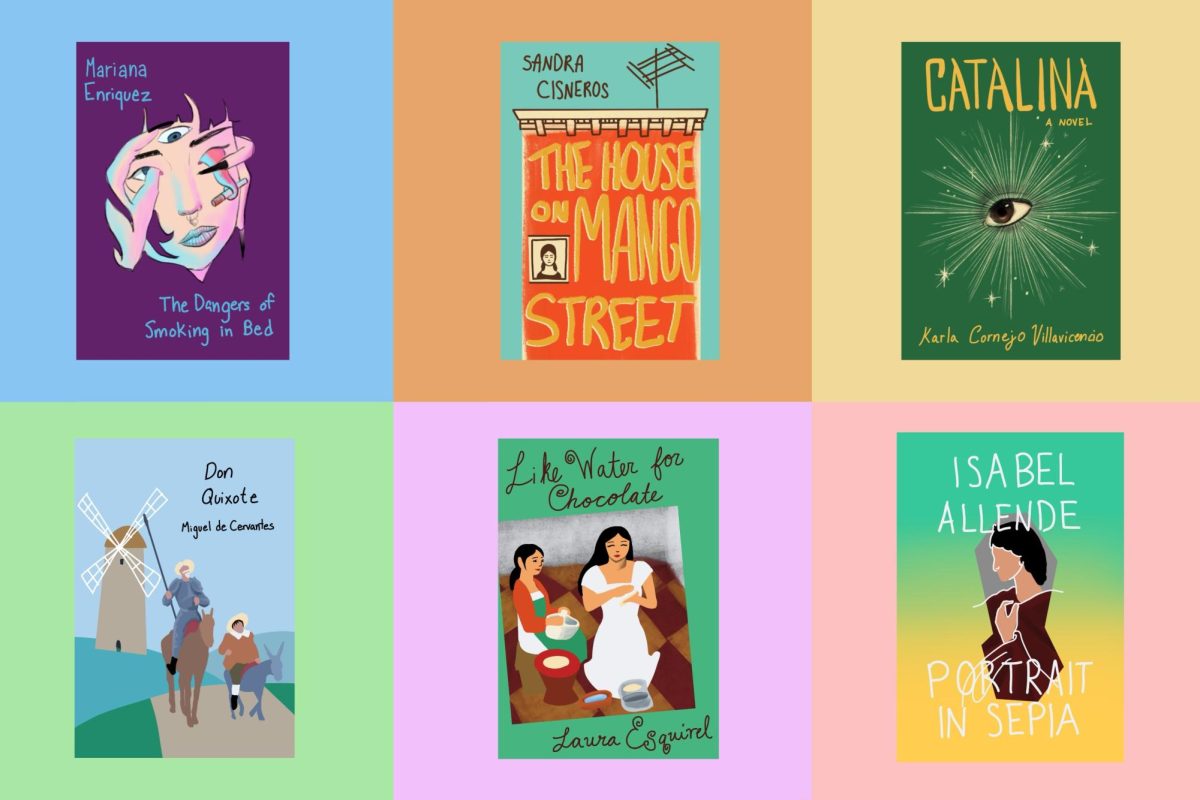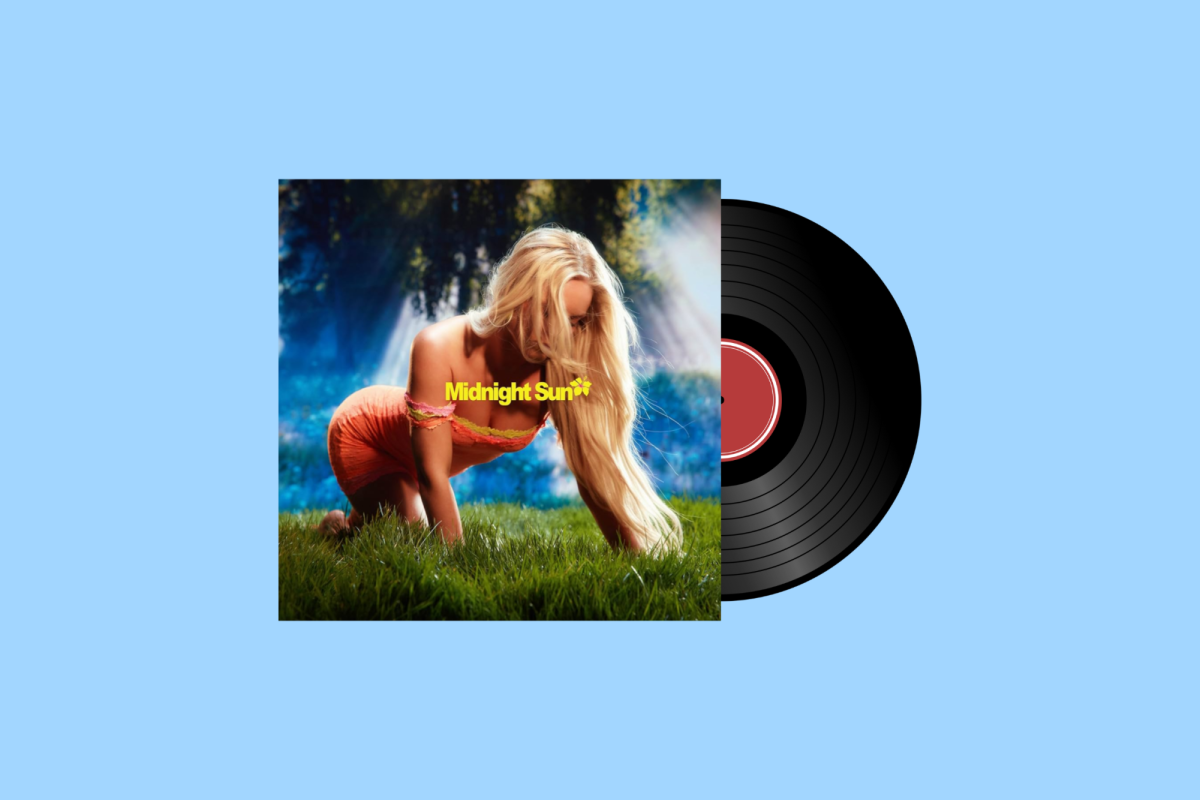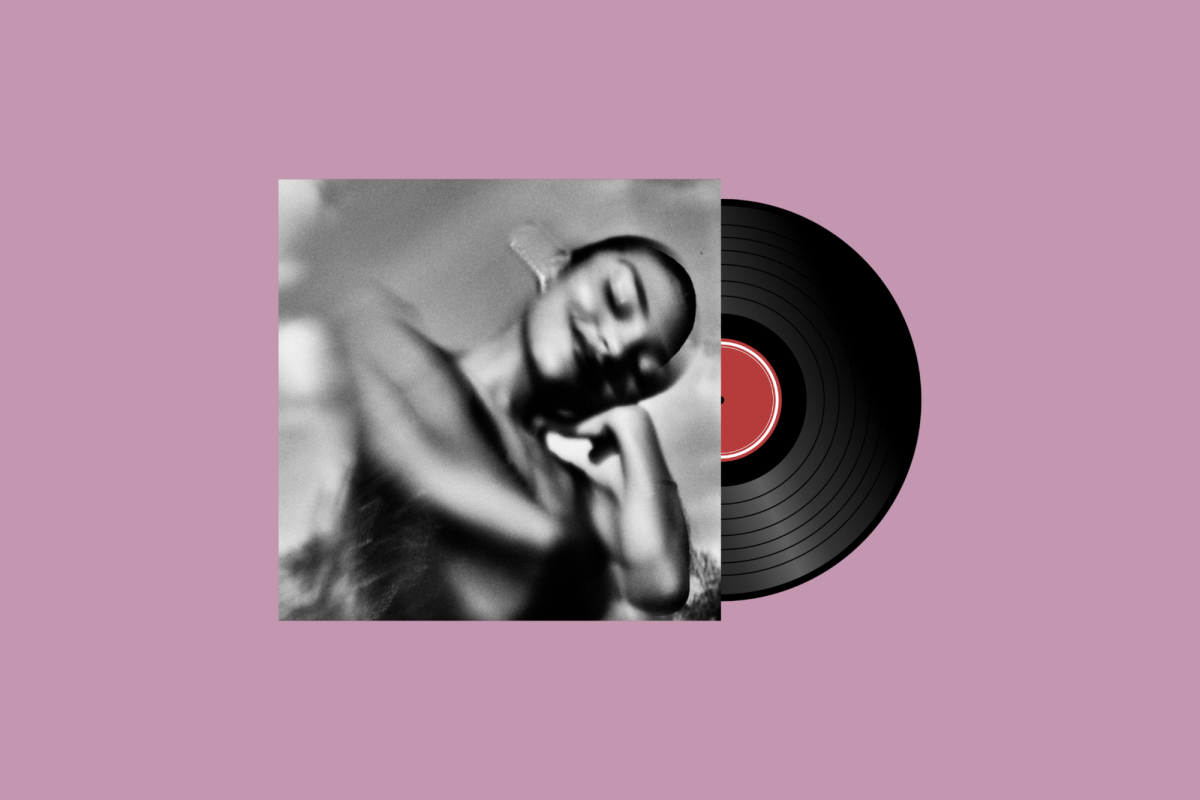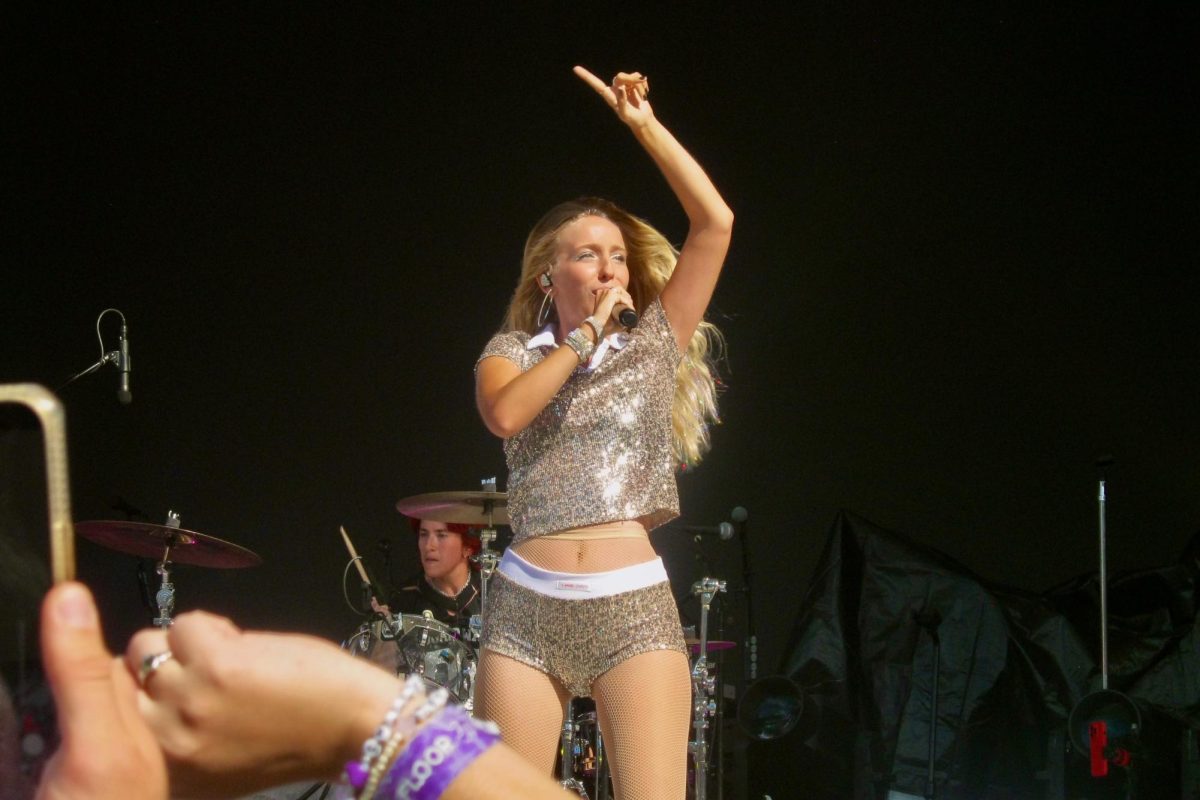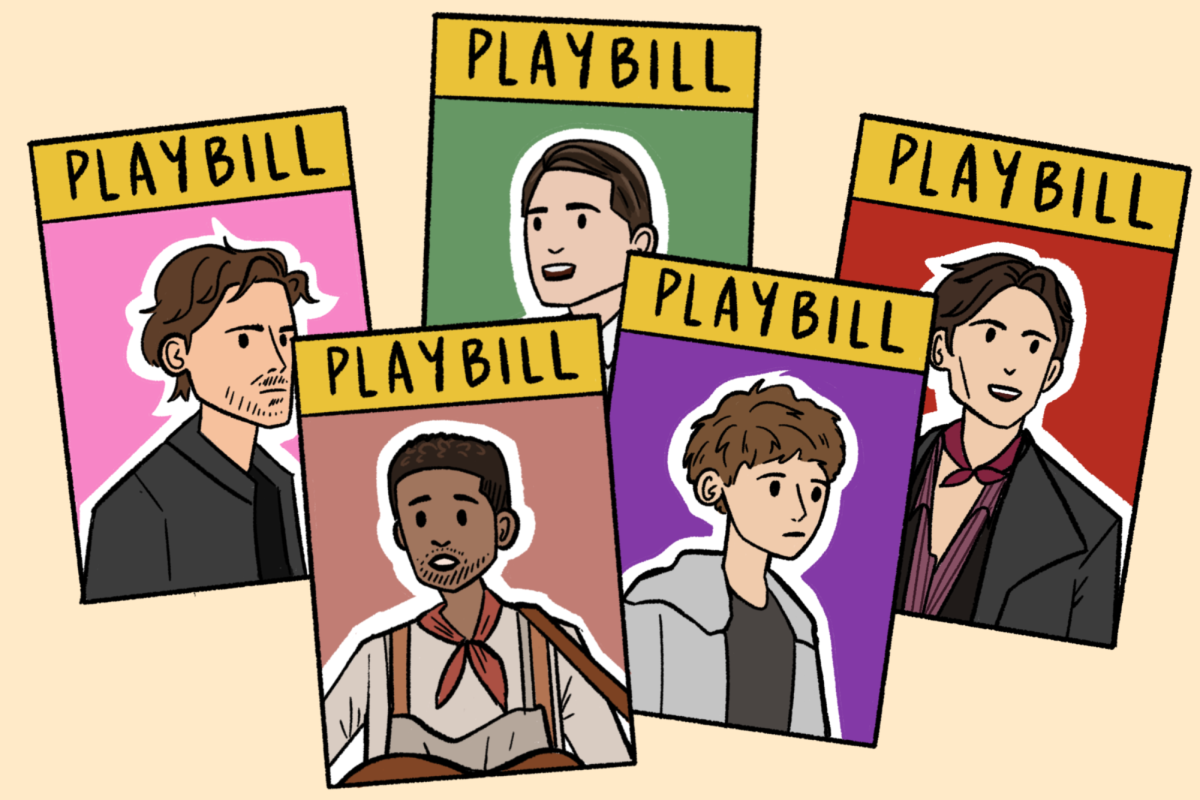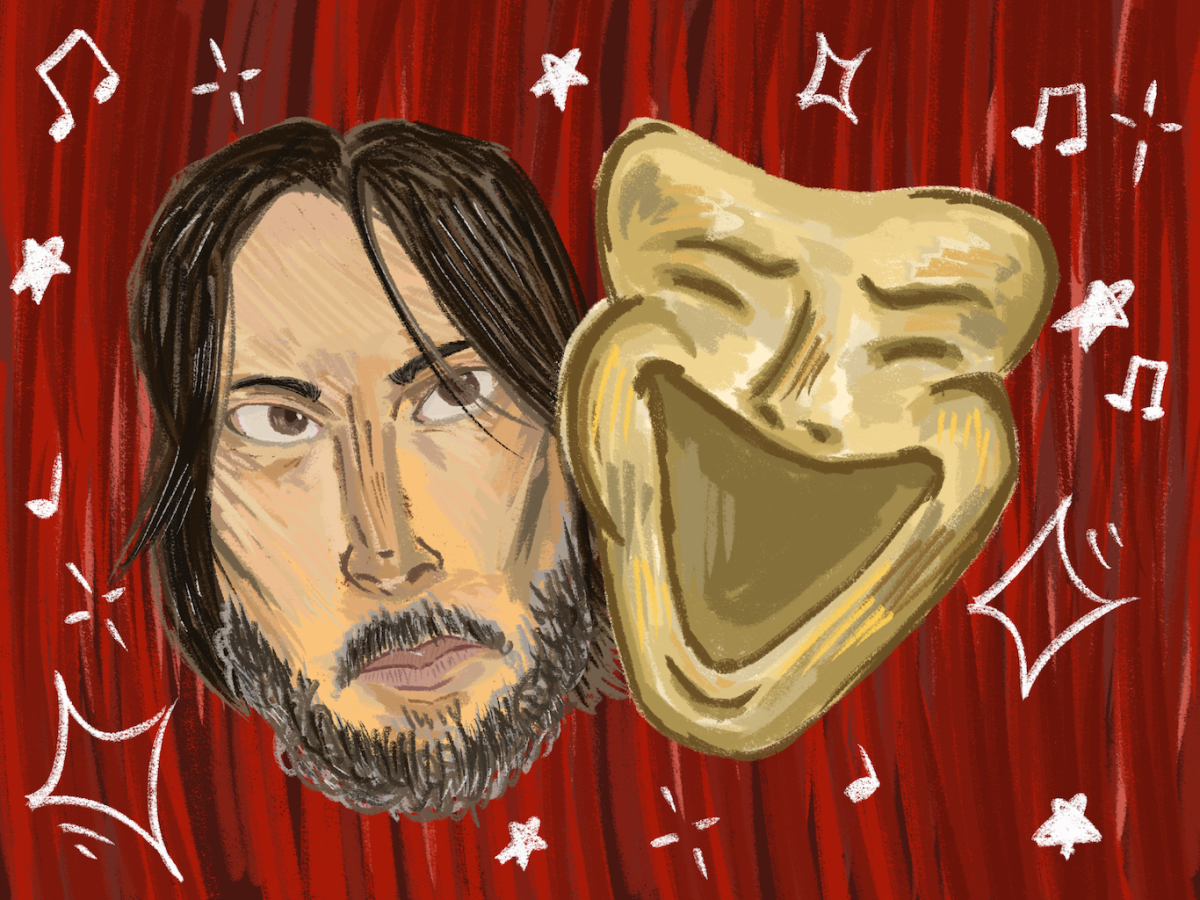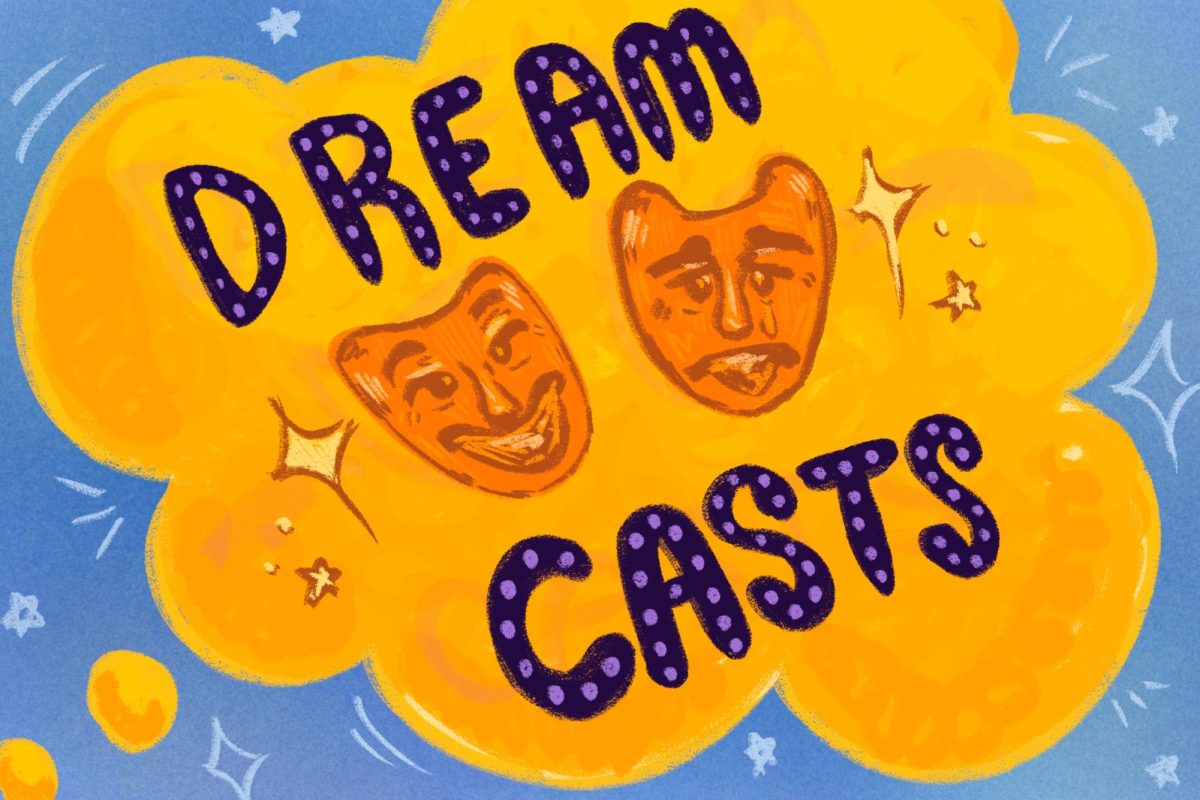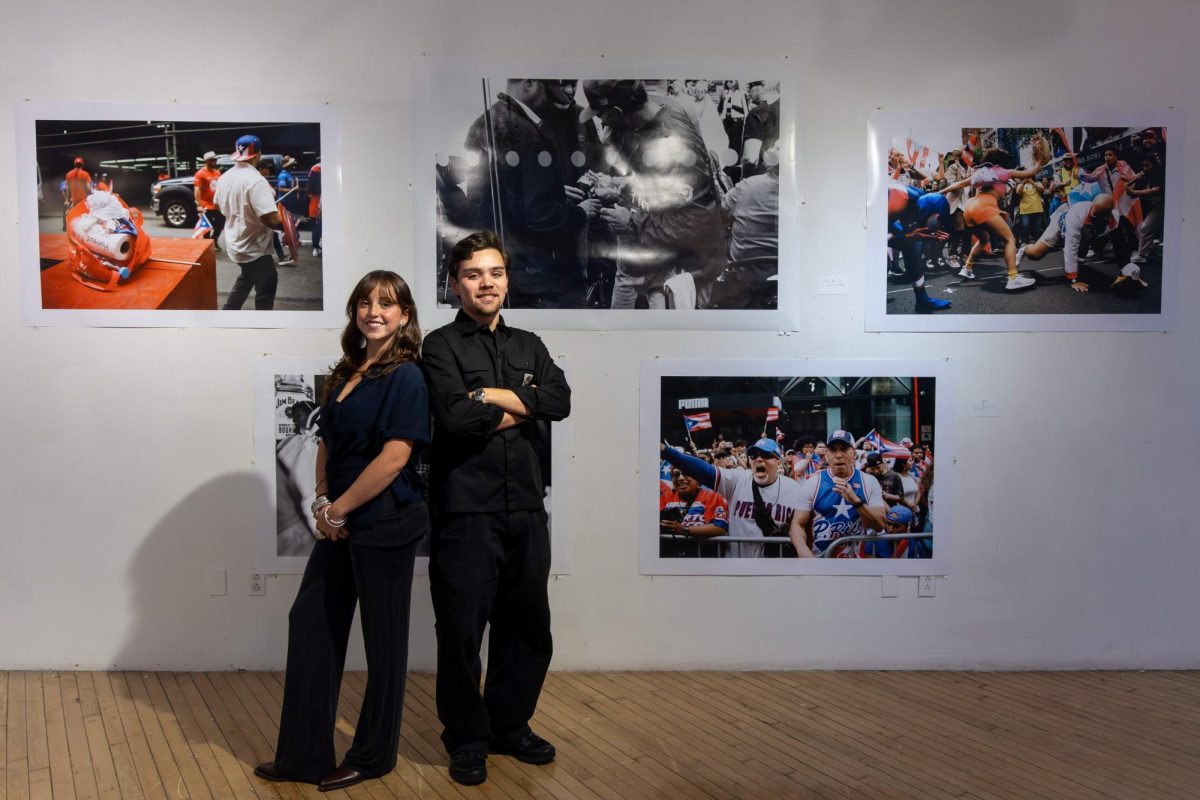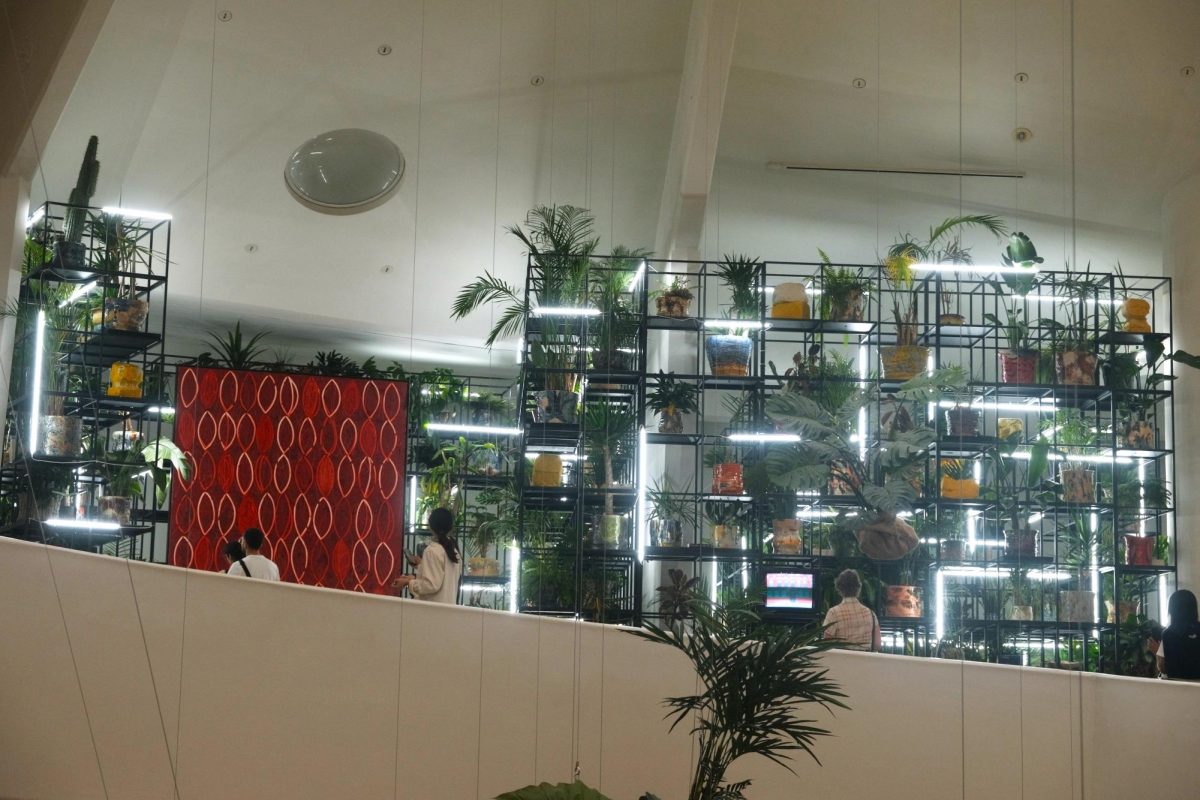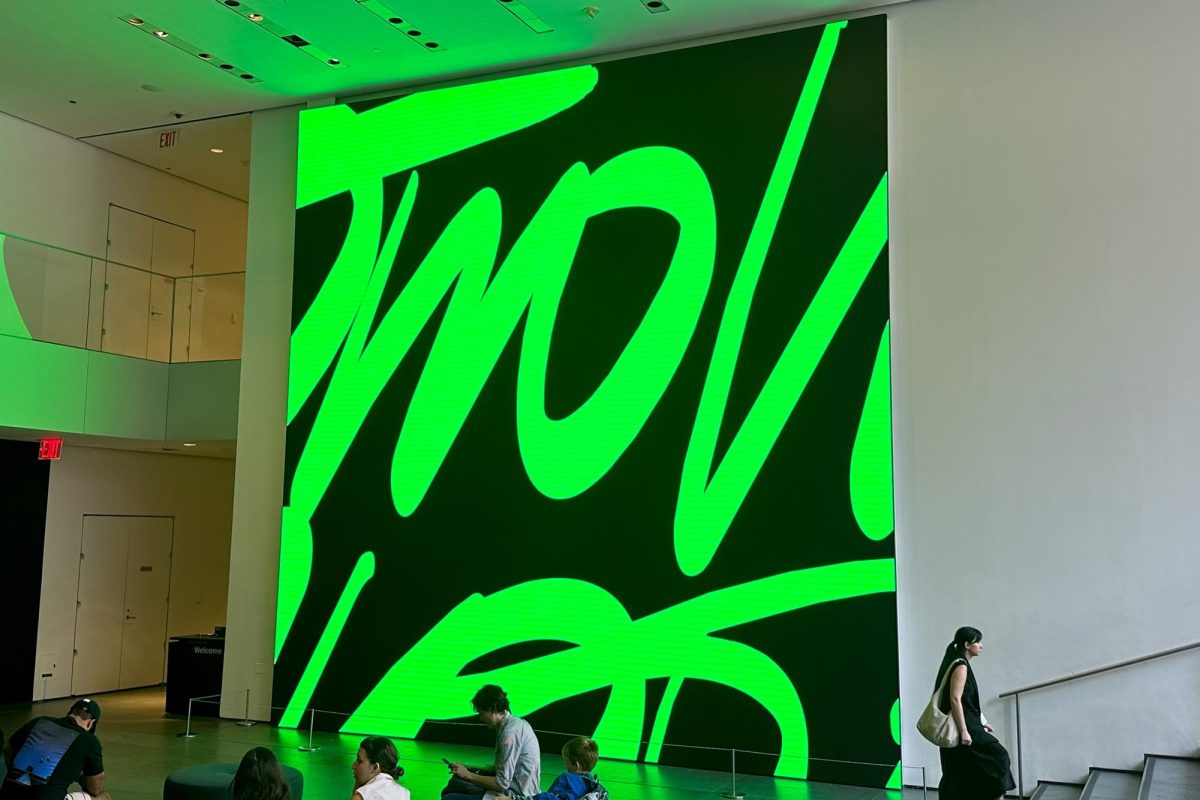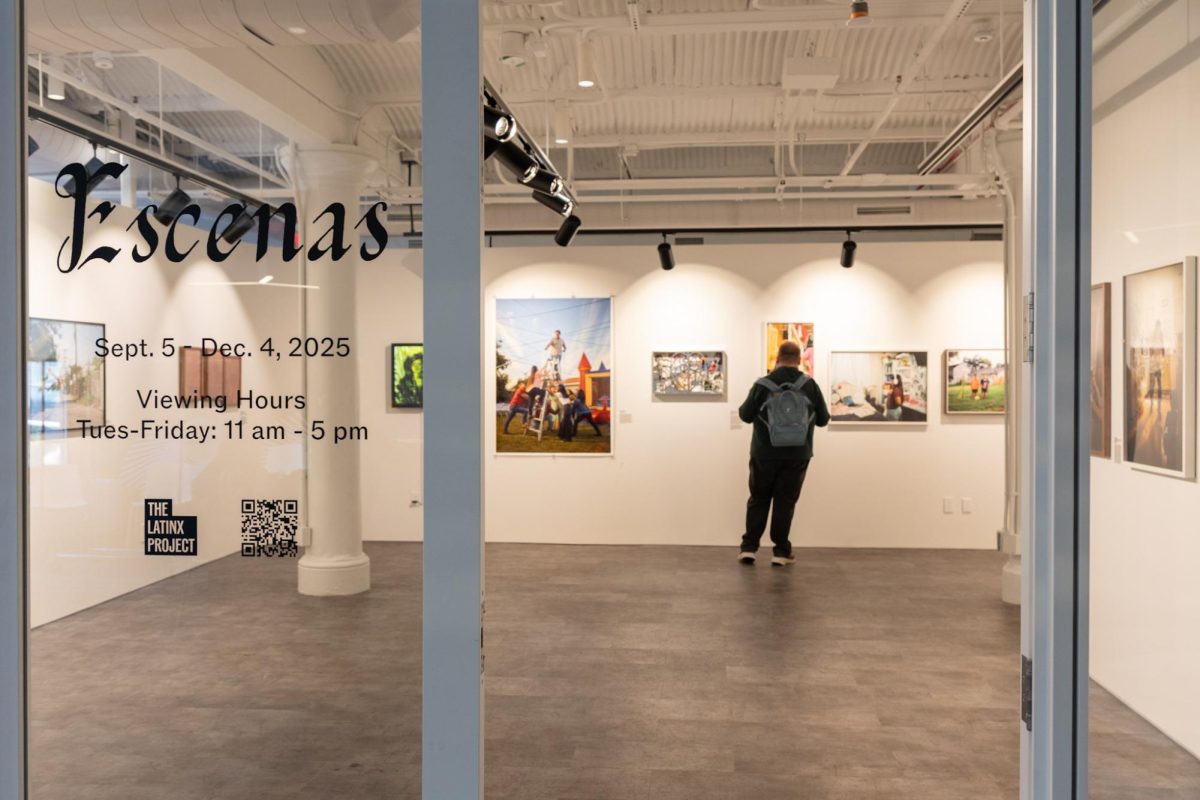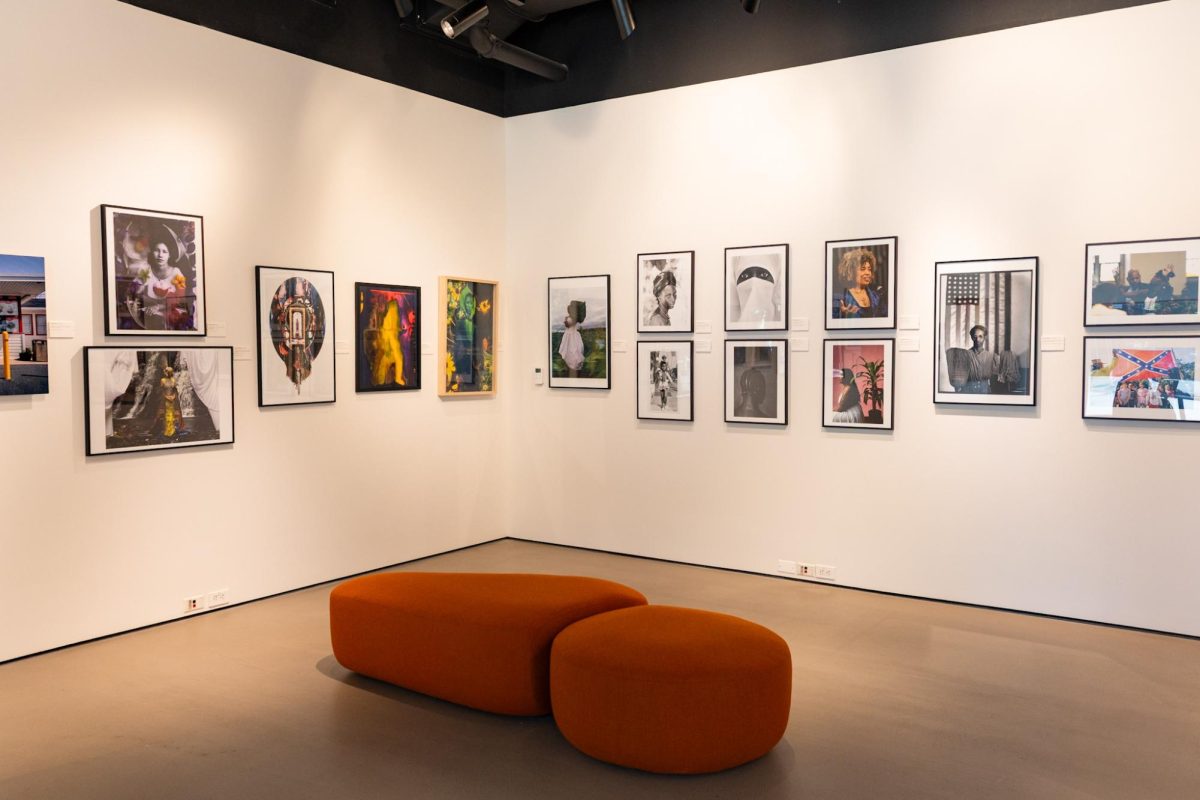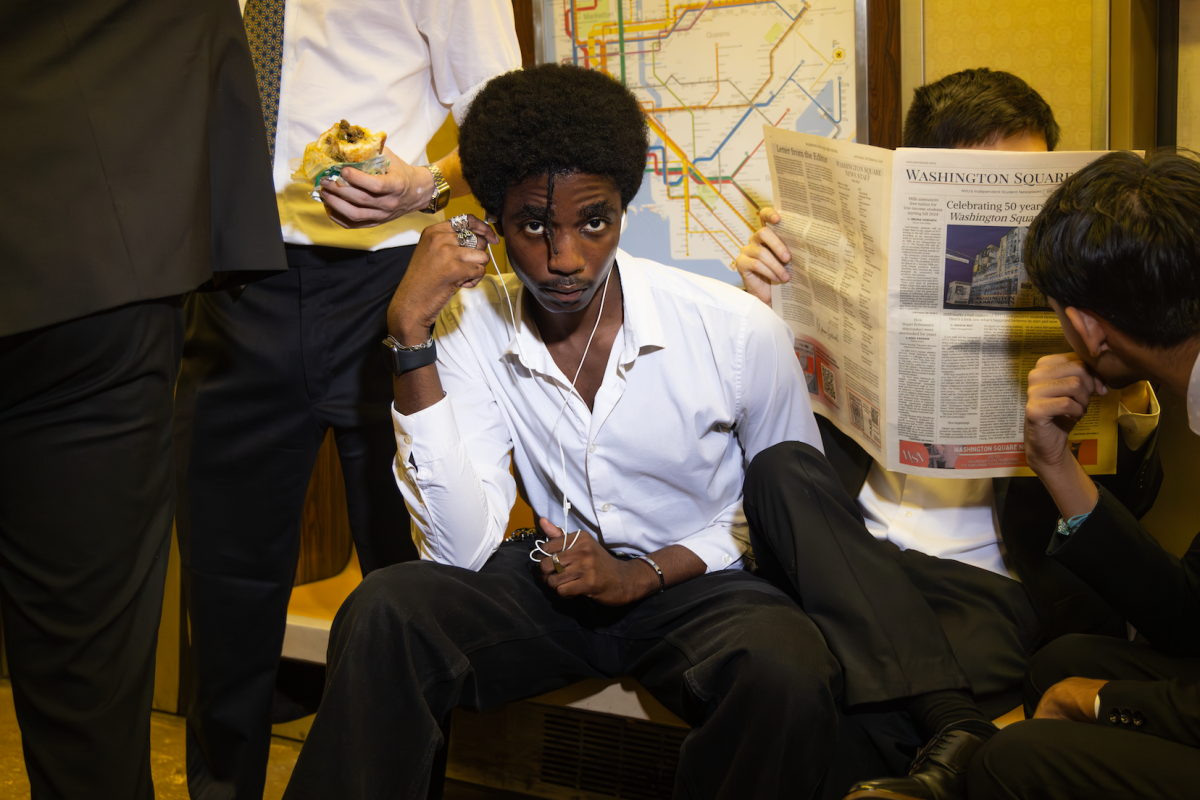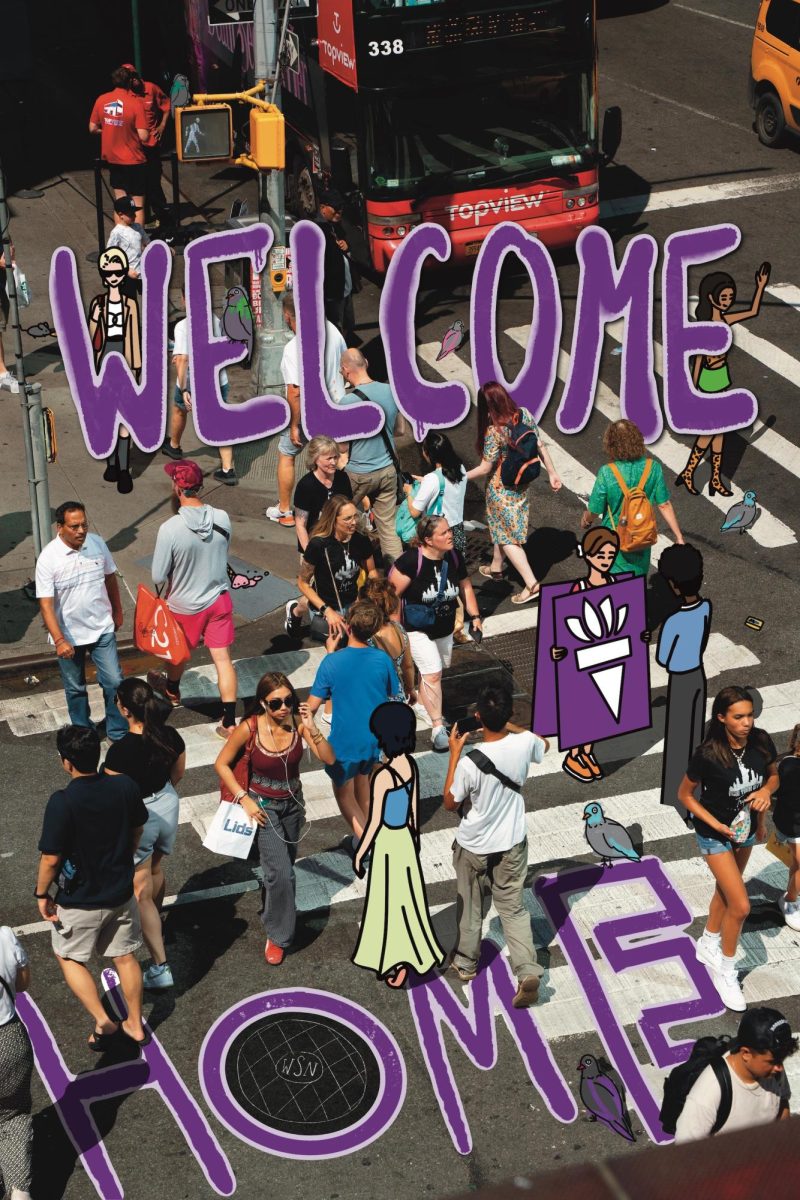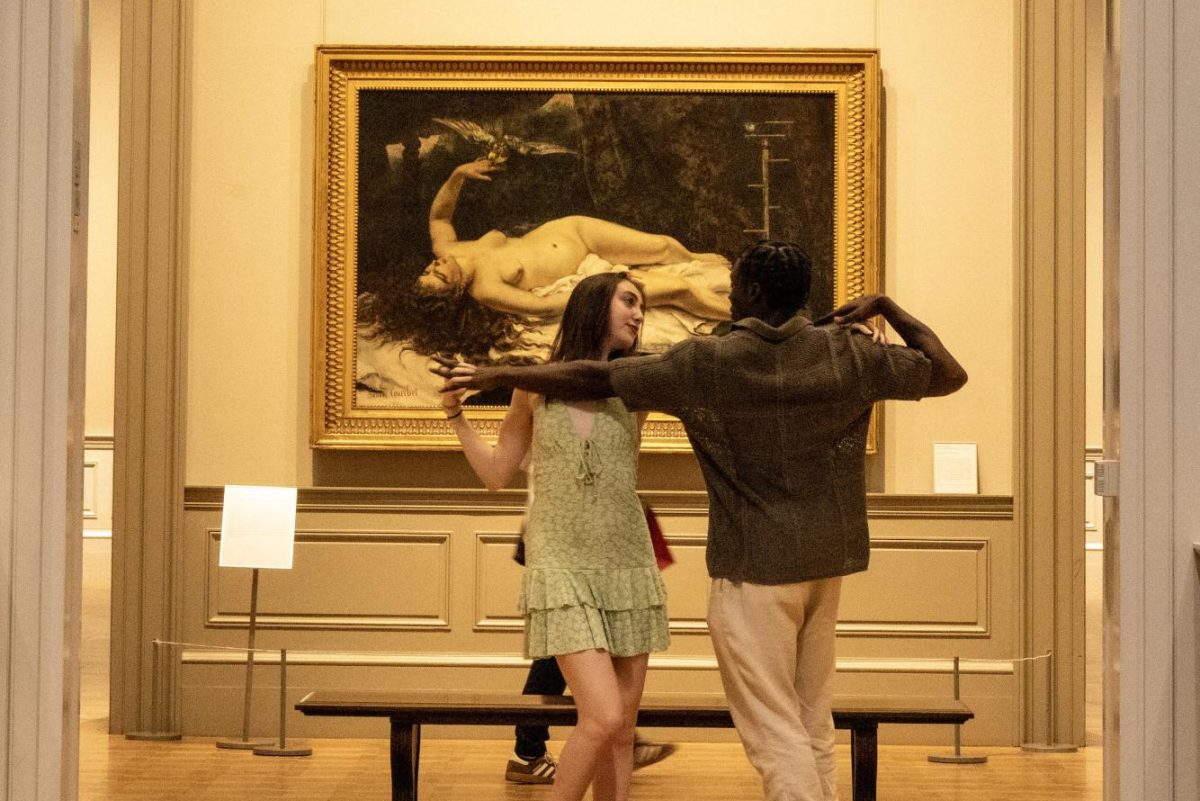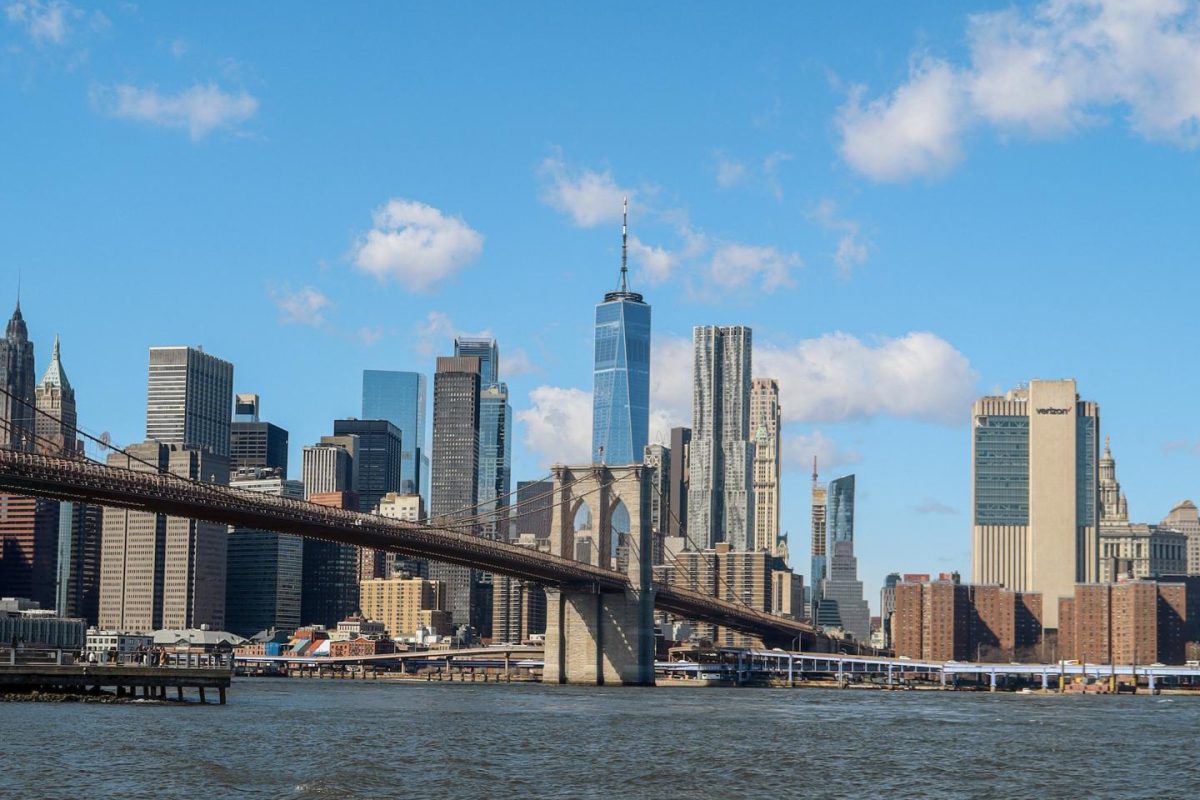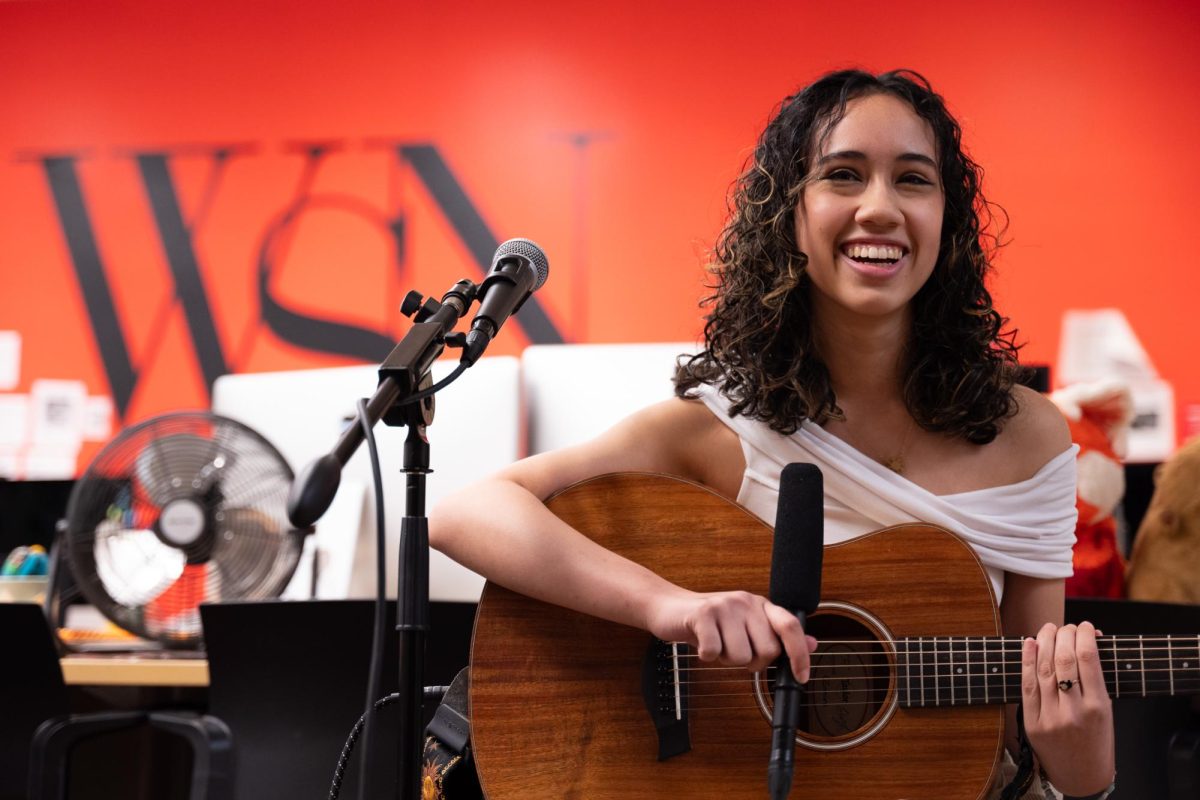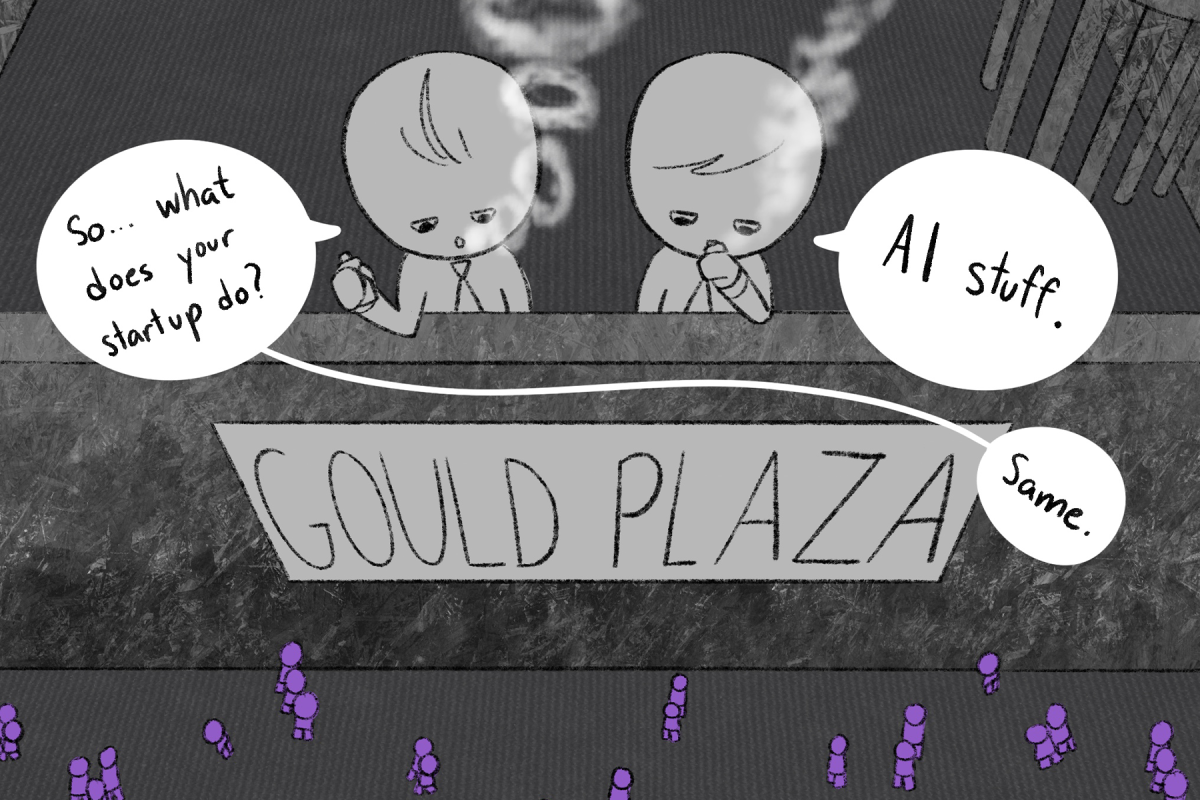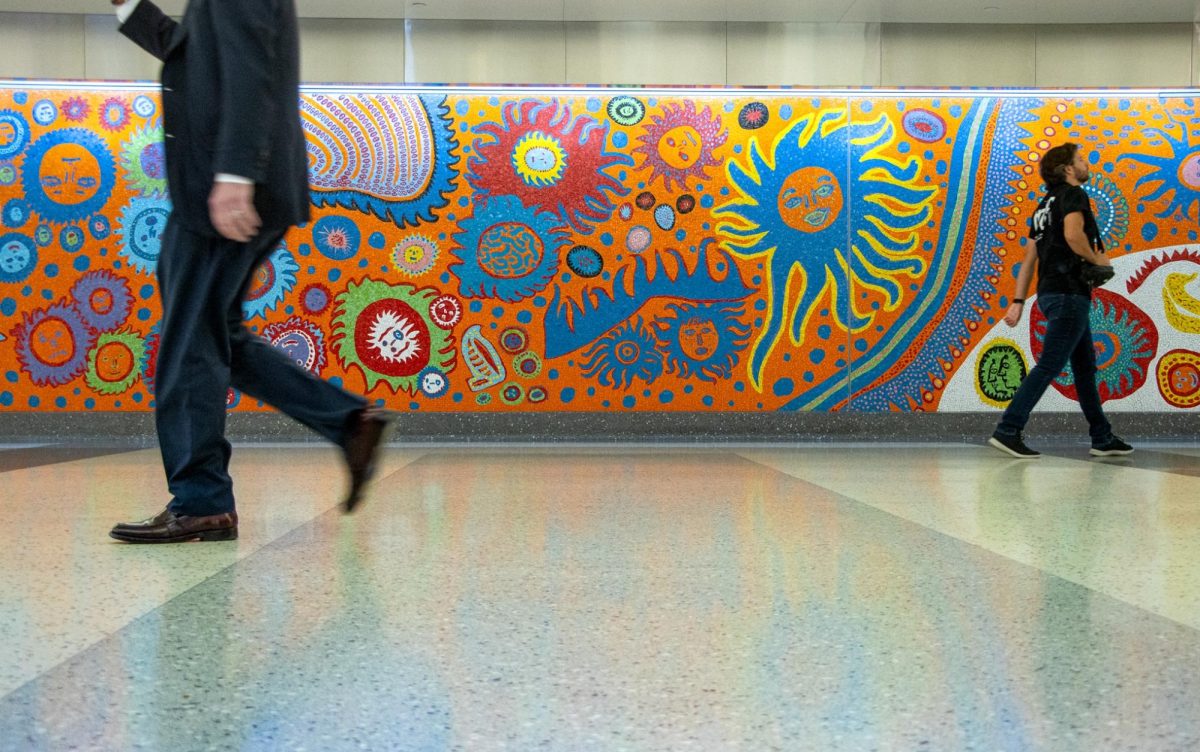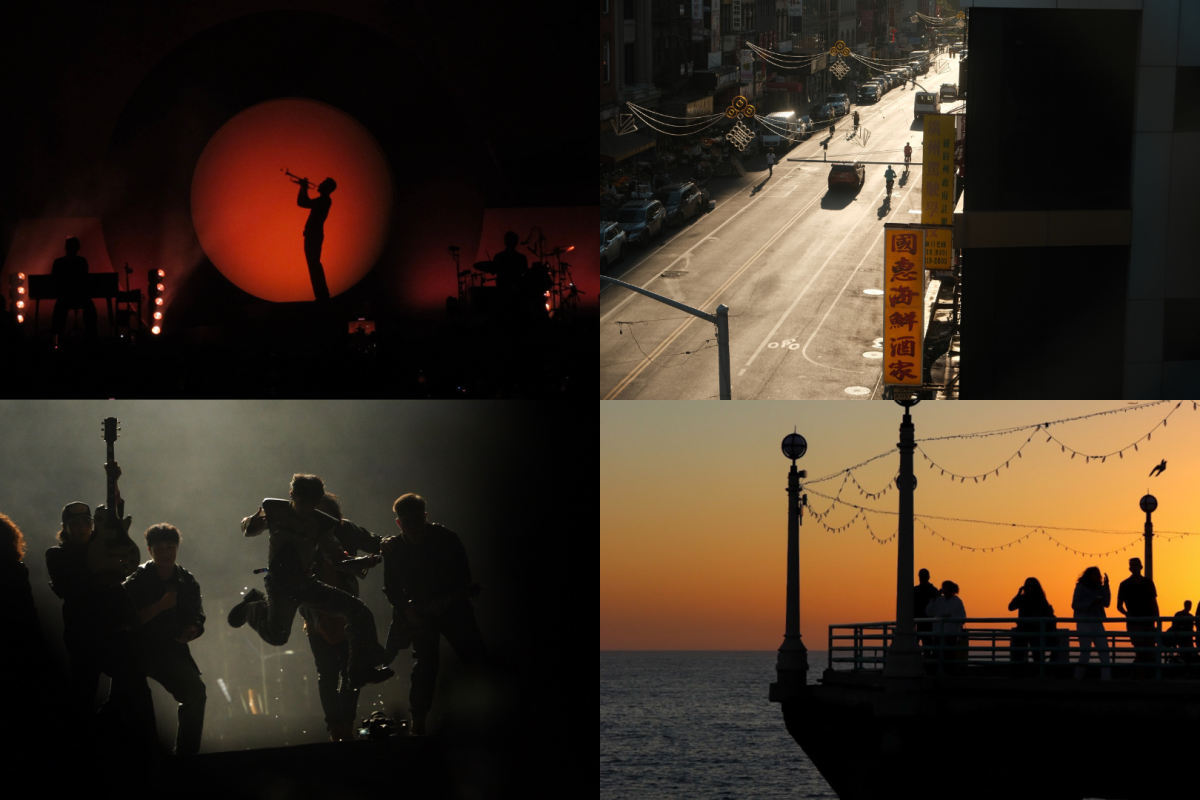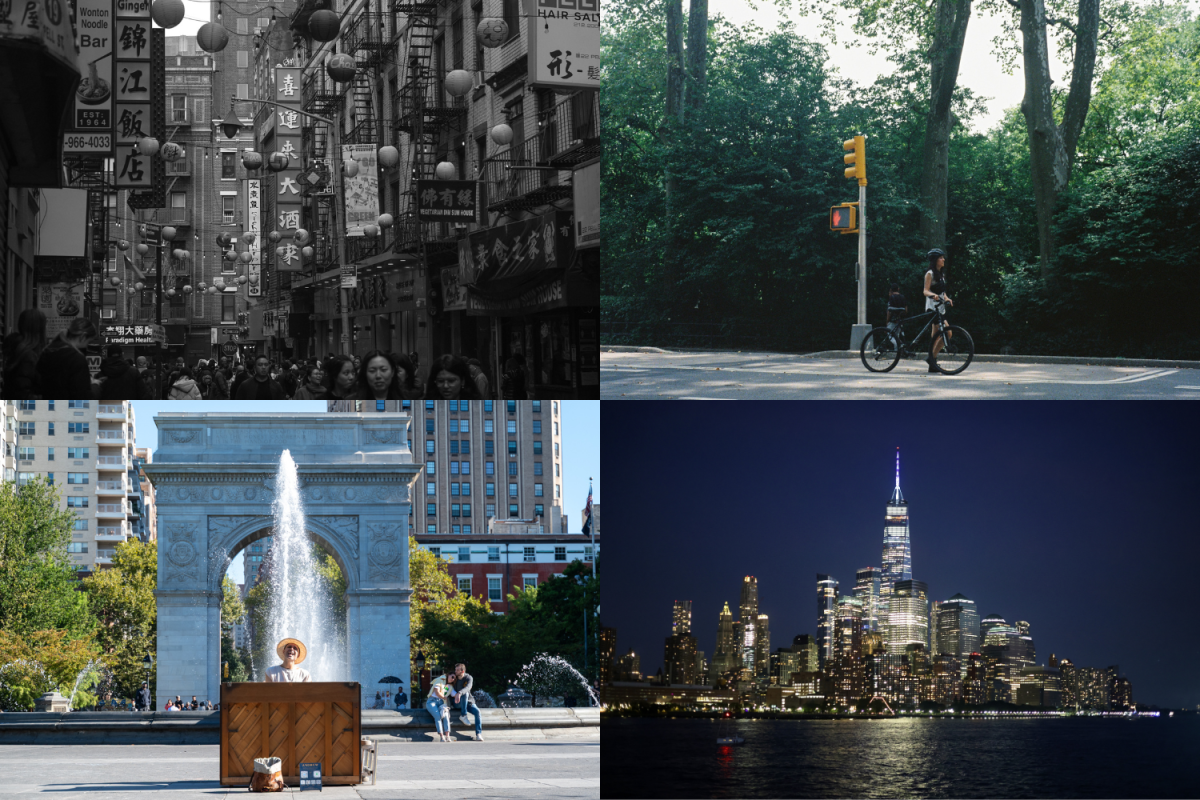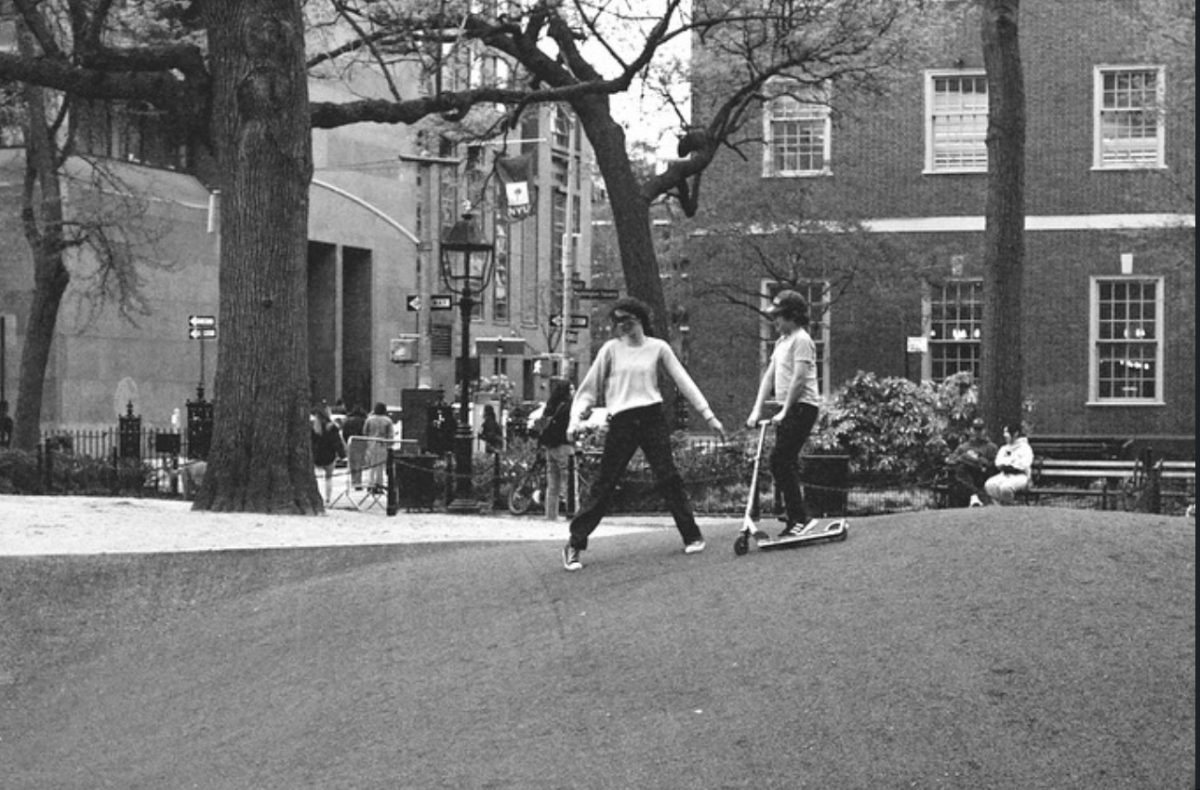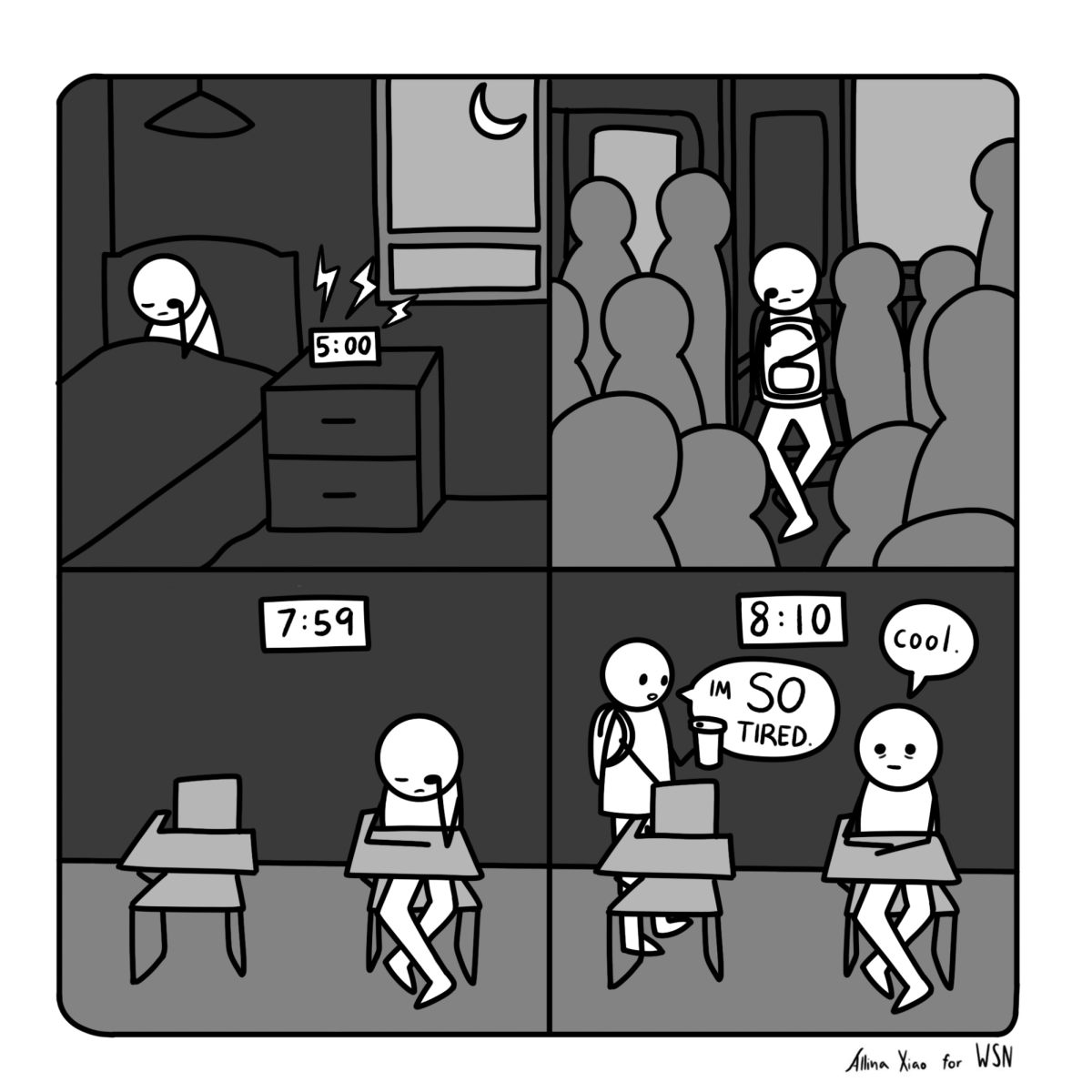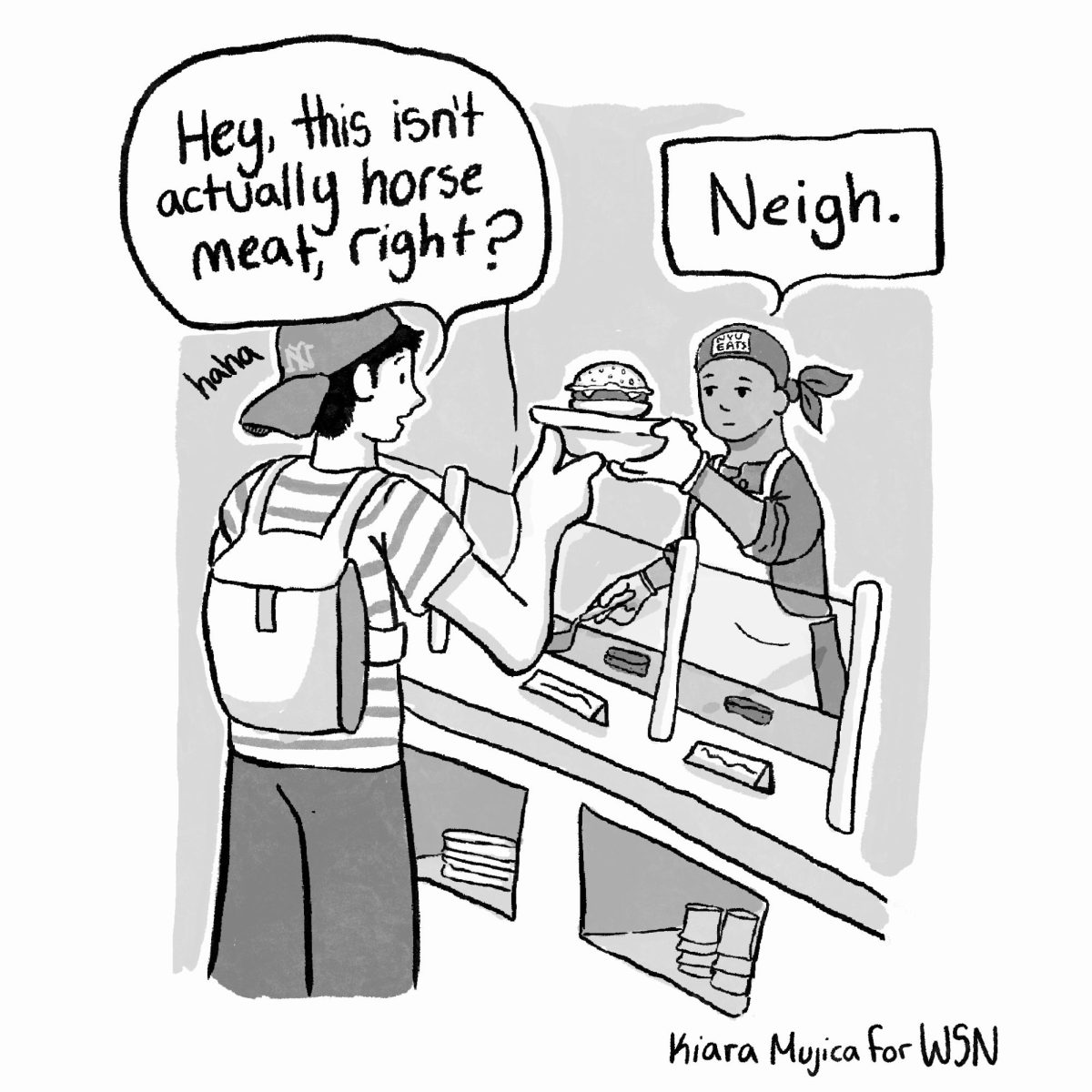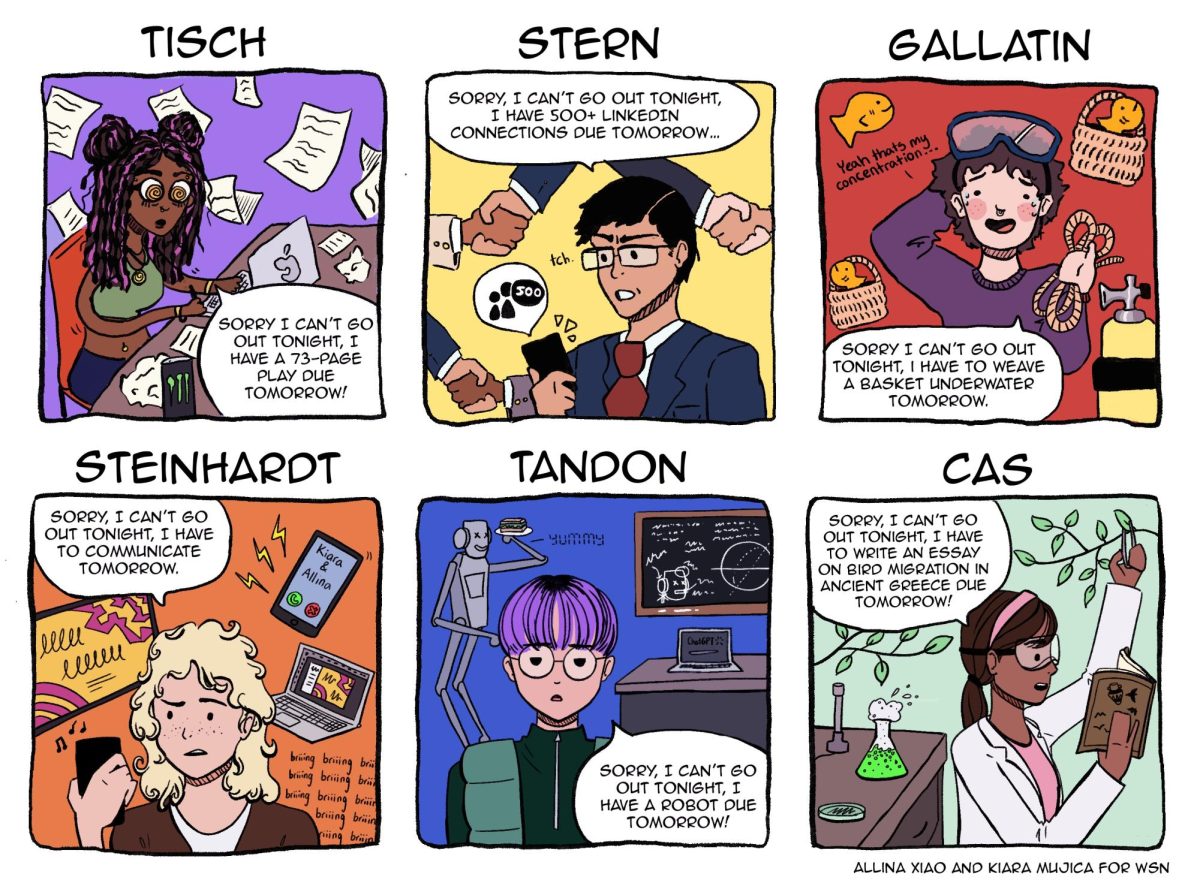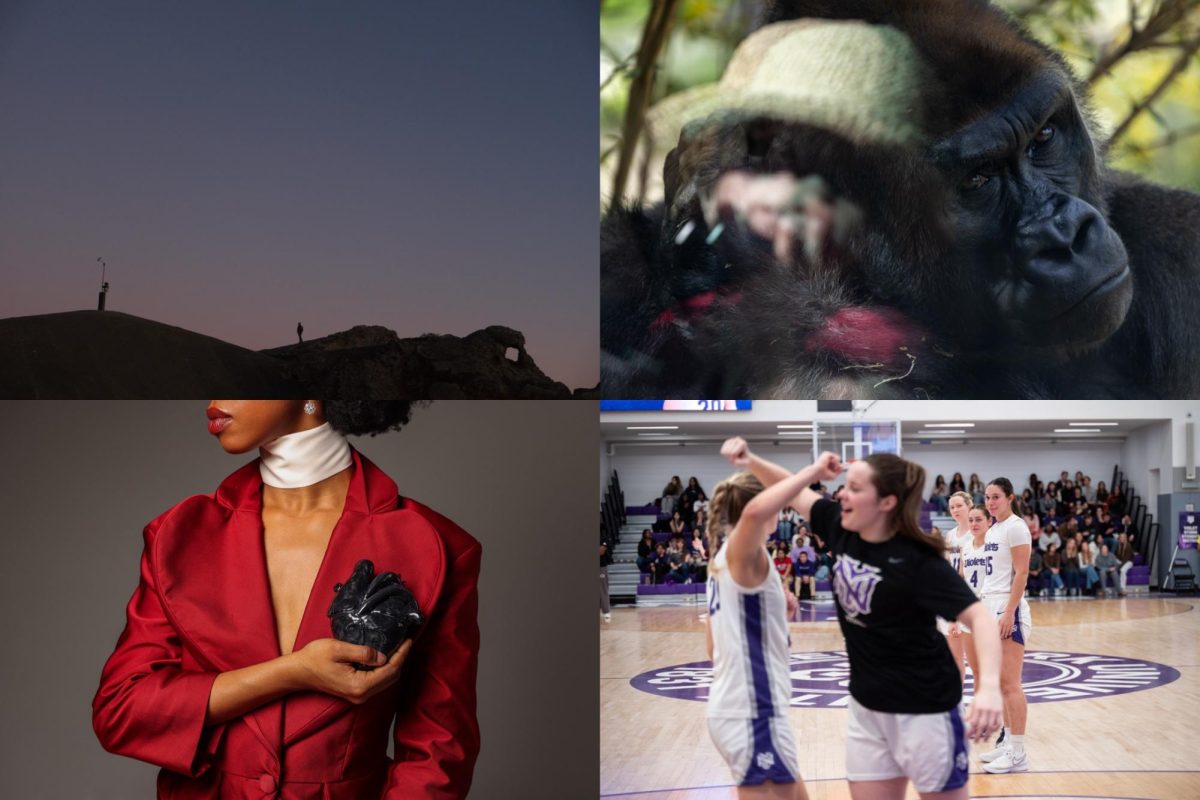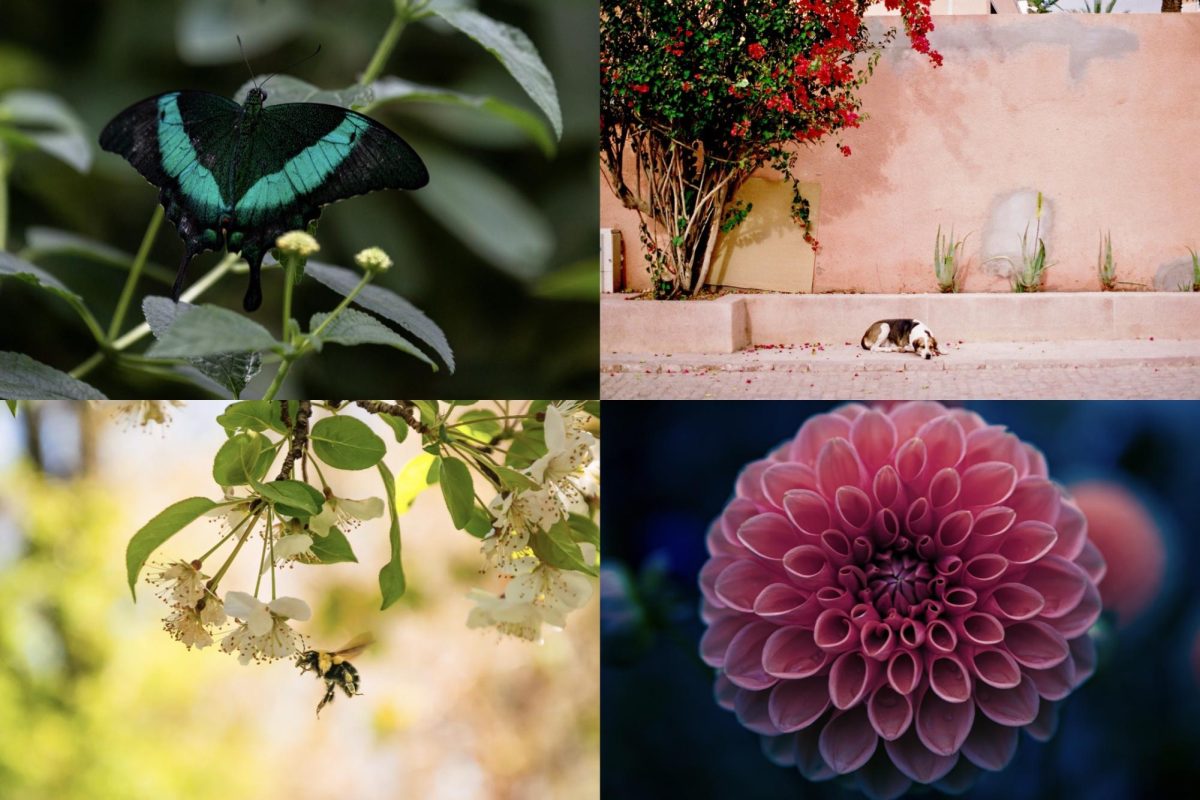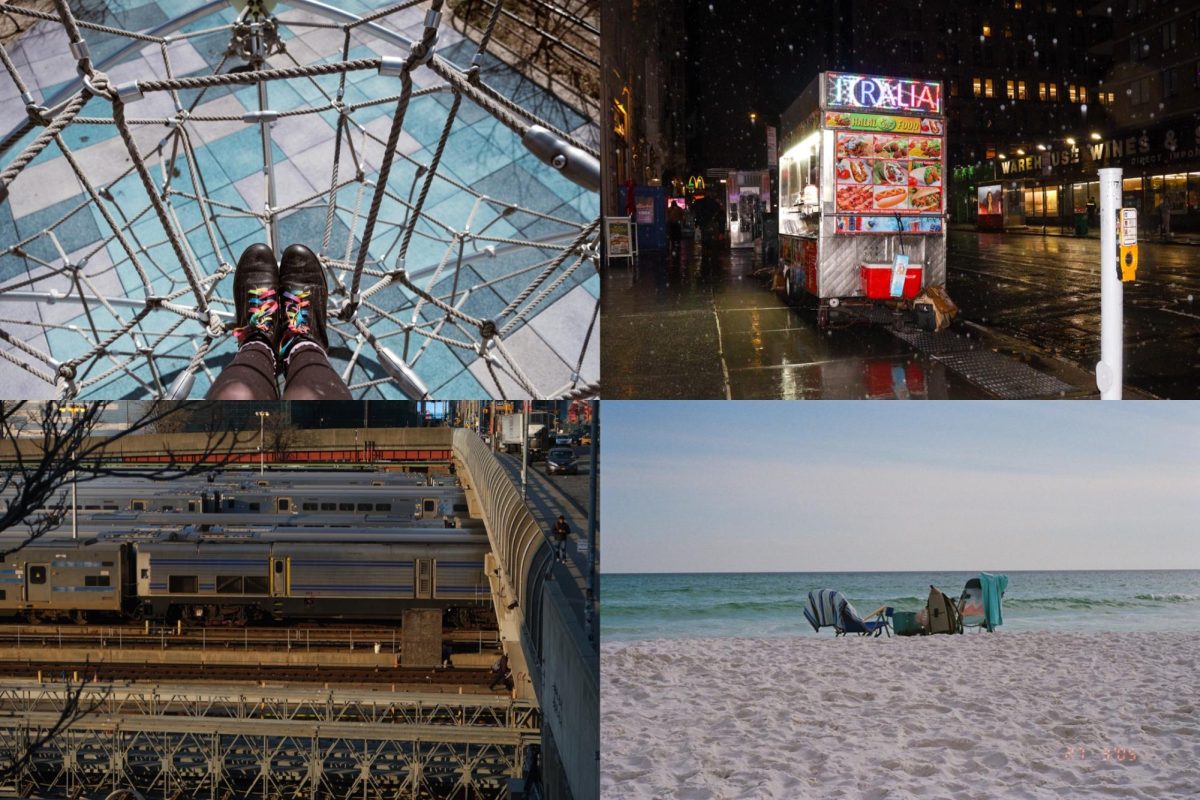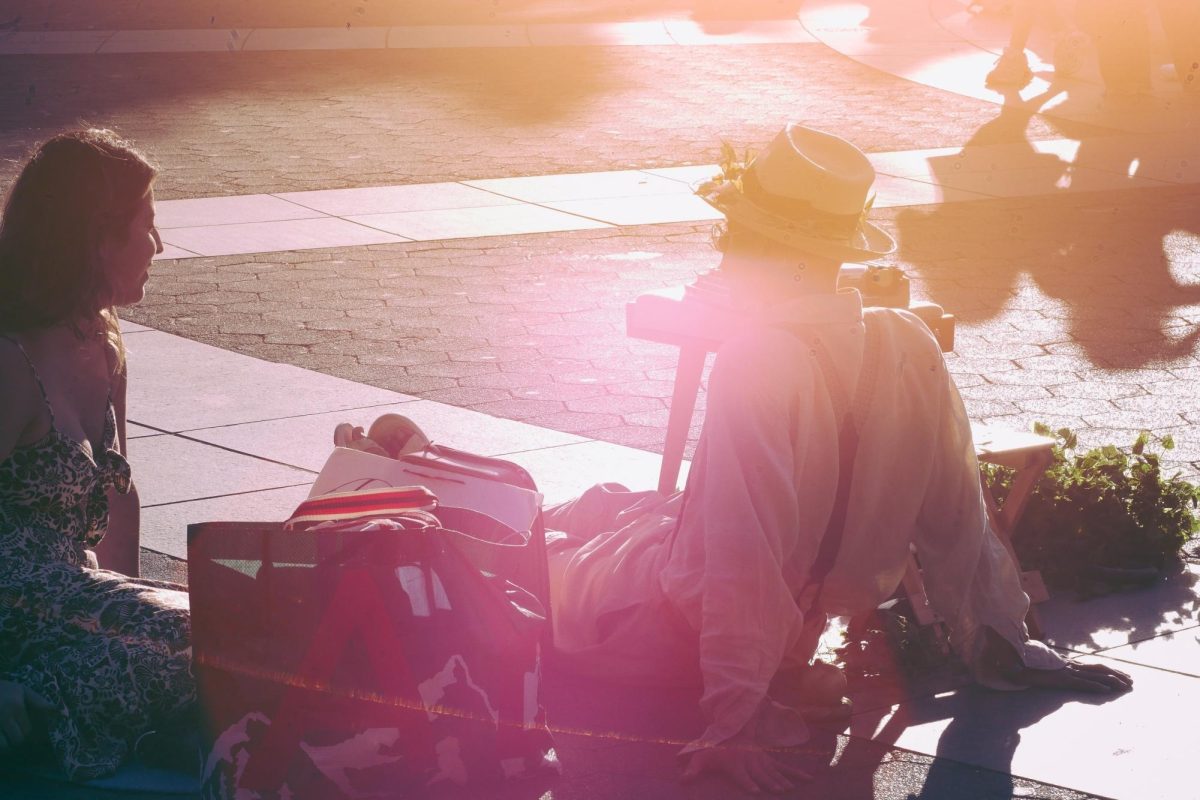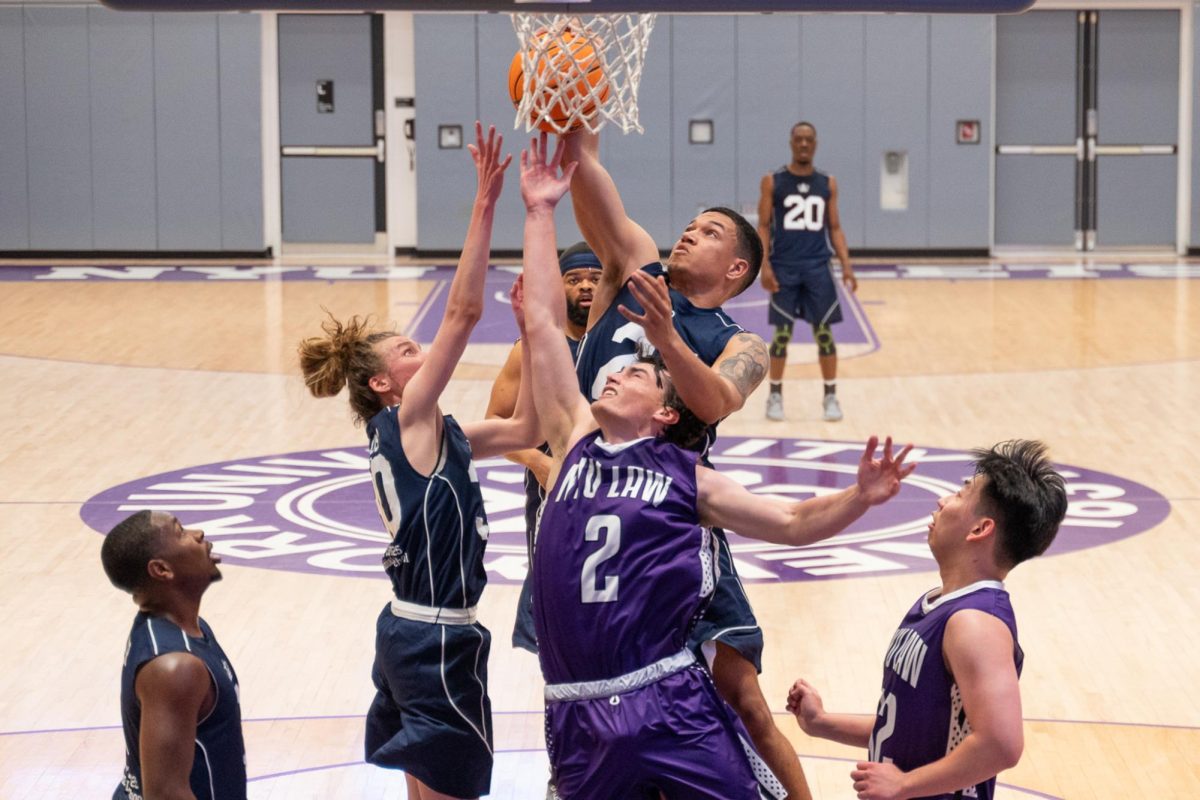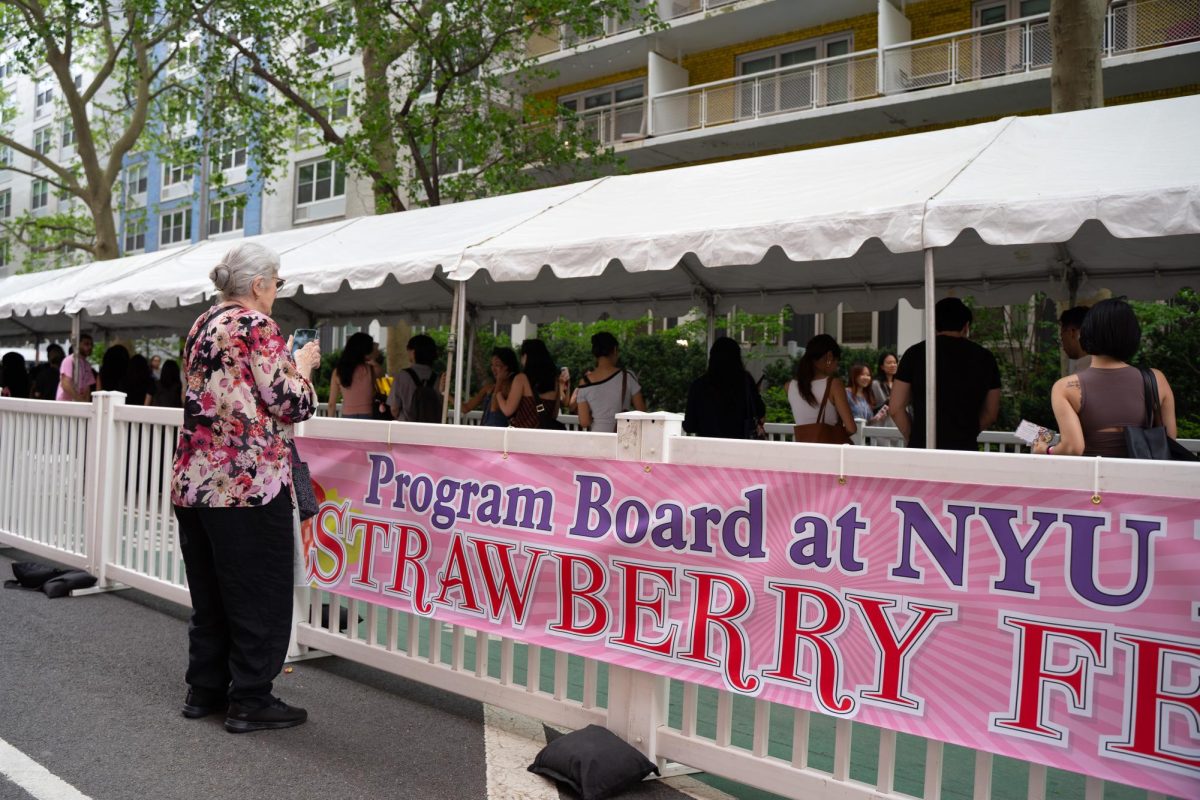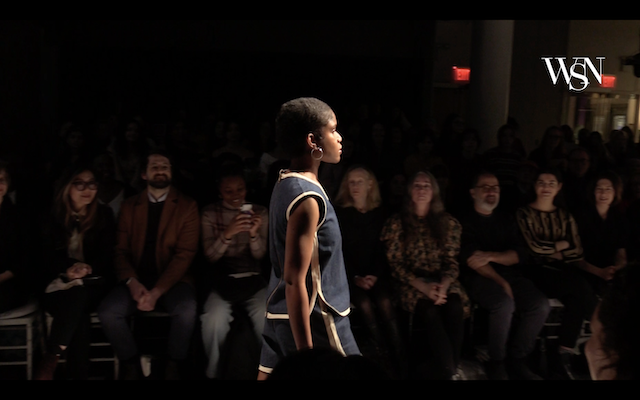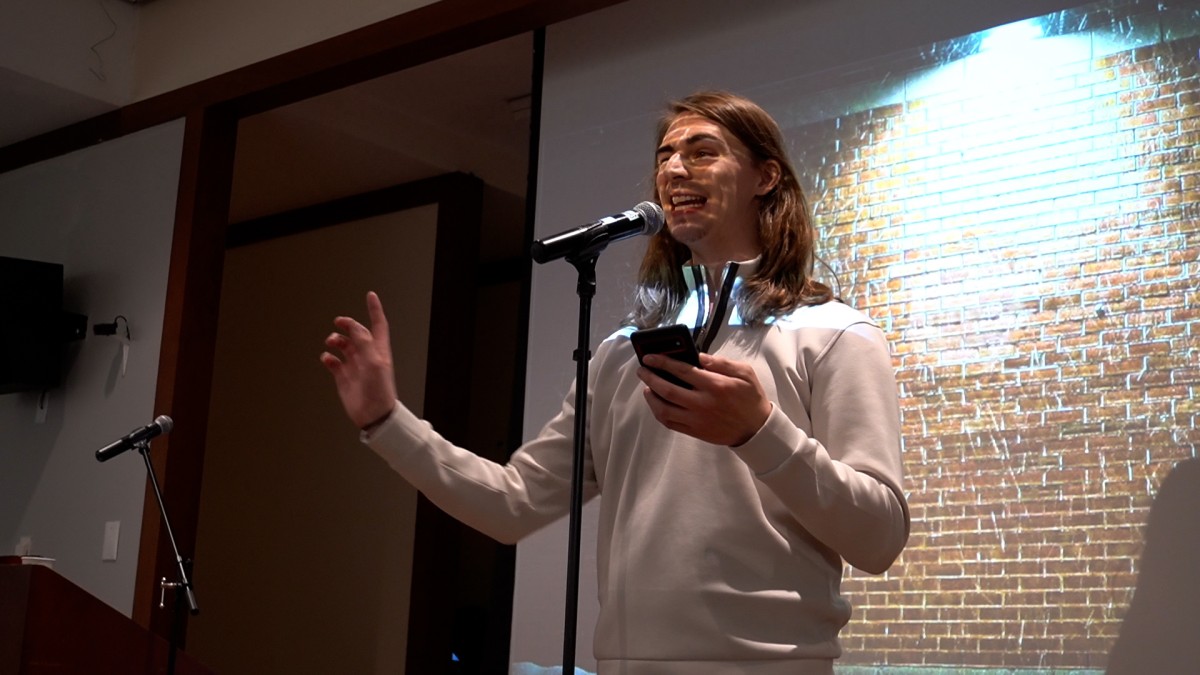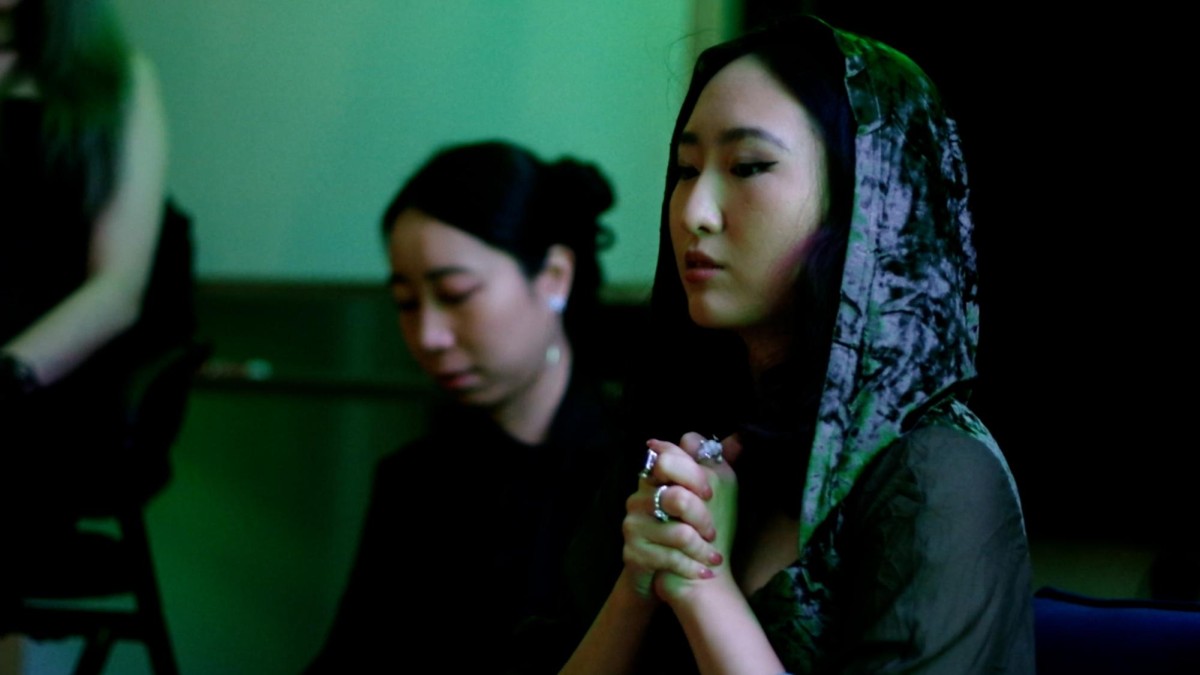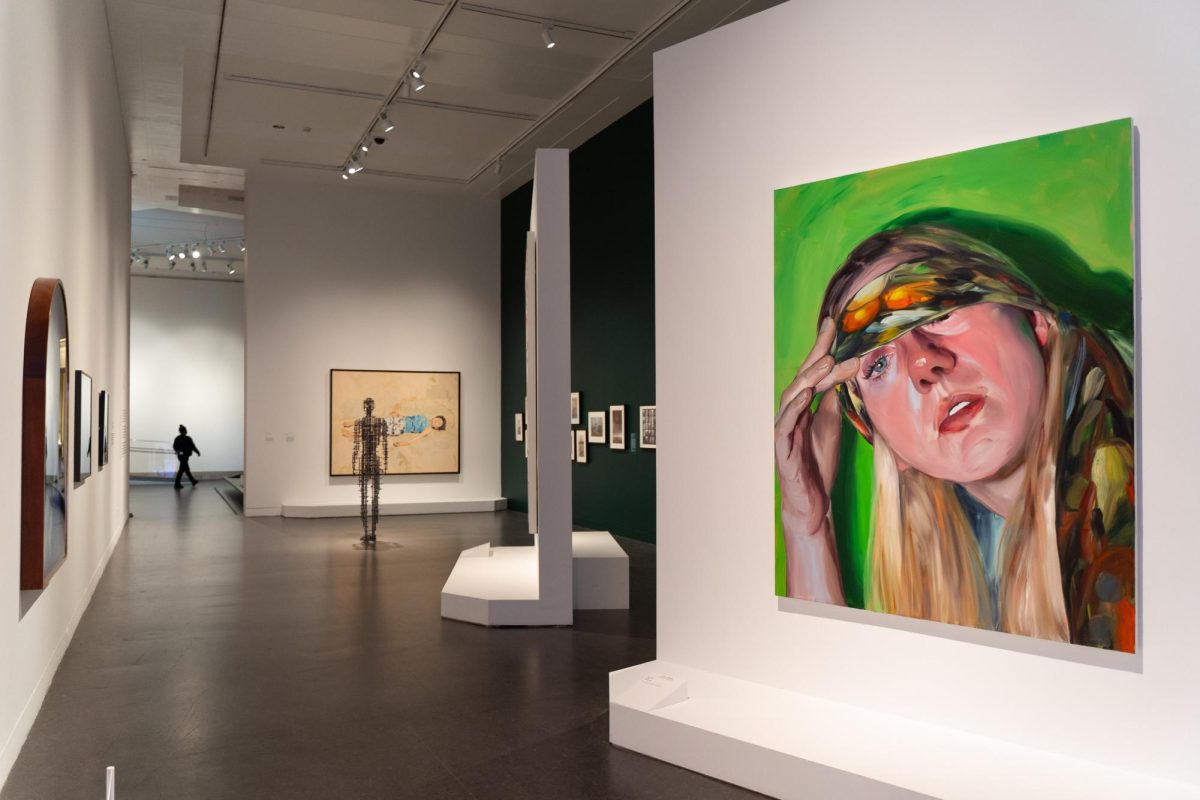In 1819, American painter Francis Guy gazed out the window of his studio on Front Street — now part of Dumbo — and decided to capture the scene before him. The result was his painting, “Winter Scene in Brooklyn.” Snow blankets the ground and rooftops of homes, smoke curls from chimneys and the sky remains open and foggy with grey clouds. The painting was first added to the museum’s collection, then known as the Brooklyn Institute, in 1846 and serves as a key piece of the Brooklyn Museum’s history.
Two centuries later, the museum remains a vibrant hub for creatives and curators, commemorating its rich history with “Breaking the Mold: Brooklyn Museum at 200.” The exhibition celebrates the museum’s journey — from groundbreaking historical additions to revolutionary contemporary creations — with the rich history of the borough itself seamlessly woven in.
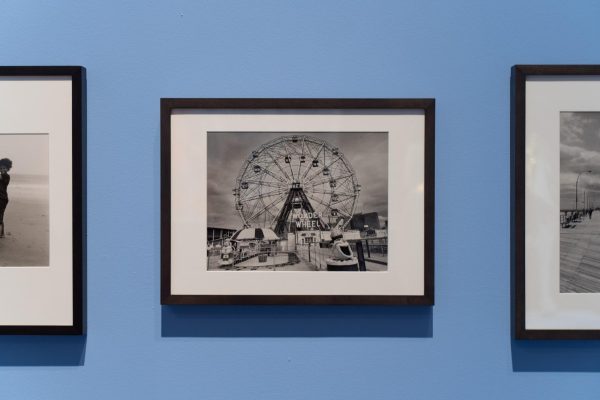
American photographer Tony Velez’s 1990 photograph “Wonder Wheel, Coney Island, Brooklyn, NY” captures the iconic landmark without crowds of tourists. The grey-scale Ferris wheel, which has a closed gate and a miniature train in front of it, feels like a serene monument in the corner of history. Meanwhile, the slightly tilted camera angle gives the photo a more casual tone by suggesting a sense of ease. Velez was born in the Bronx and grew up in Brooklyn, and the artwork not only showcases his understanding of the borough’s rich history but also supports the museum’s overall curation journey to highlight artworks made there.
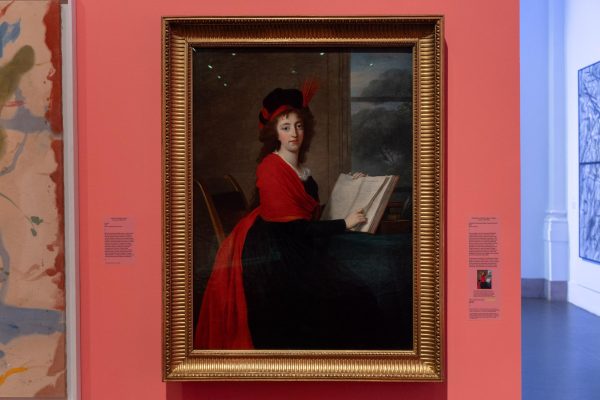
The museum also strives to broaden its collection beyond Brooklyn. Its initiative to incorporate historical works by women artists is evident in the 1793 “Portrait of Countess Maria Theresia Czernin.” In the painting, the countess sits in front of a desk with a bright red scarf wrapped around her shoulders — a pop of color that firmly grabs the viewer’s attention. The painter, Élisabeth Vigée Le Brun, one of the most celebrated female European artists of the late 18th and early 19th centuries, was largely self-taught after the French Academy initially barred her from attending.
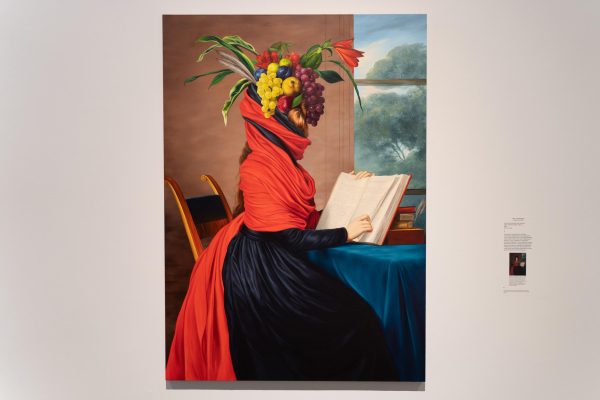
Adding to the diversity of perspectives, the Brooklyn Museum carefully included contemporary reinterpretations of older paintings. Ewa Juszkiewicz, a Polish surrealist painter, reinterprets Le Brun’s work in her 2024 piece, “Portrait with Grapes and Feathers.” She redefines the relationship between the female subject and the viewer. In Juszkiewicz’s work, the woman remains seated at a desk, but her red scarf no longer drapes over her shoulders but envelops her head. Grapes, apples, lemons and plums intertwine with greenery and feathers, adorning the countess’s hair. This ambiguous transformation renders her both human and an extension of nature.
“Breaking the Mold: Brooklyn Museum at 200” begins with “Winter Scene in Brooklyn,” a quiet, snow-covered reflection of the past, and it closes with a bright vision of the present, one that feels starkly different yet equally revealing: Peter Halley’s 2019 work, “Plus One.”
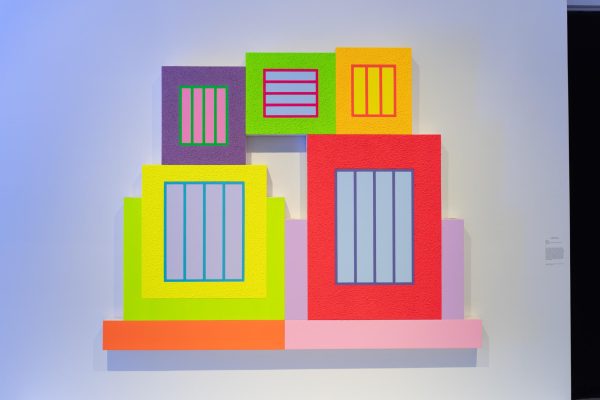
Two centuries after Guy’s depiction of a serene Brooklyn morning, Halley — American neo-conceptualist artist and former director of graduate studies in painting and printmaking at the Yale University School of Art — looks out his window and sees something more abstract. “Plus One” positions a series of square and rectangular canvases painted with fluorescent acrylic on top of each other, evoking the towering structures of urban spaces. While these geometric shapes glow with vibrant color, the windows painted within each colorful square resemble prison bars. This reflects the paradoxical nature of the bustling energy and confining isolation of modern city life.
The exhibition’s journey from Guy to Halley — between a realistic depiction of unspoiled nature and urban constraint to contemporary abstractions of colors — mirrors the museum’s own transformation. “Breaking the Mold: Brooklyn Museum at 200” is more than a celebration of the Brooklyn Museum’s 200-year history; it is a meditation on the way art, and the city it reflects, continues to evolve.
Visit before February 22, 2026 to witness this conversation between past and present, history and revolution — a testament to the museum’s enduring role in shaping the way we see the world.
Contact Petunia Hu at [email protected].

